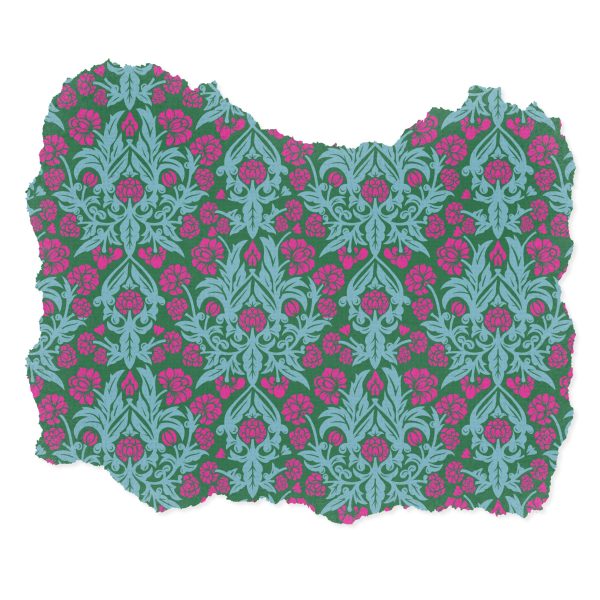
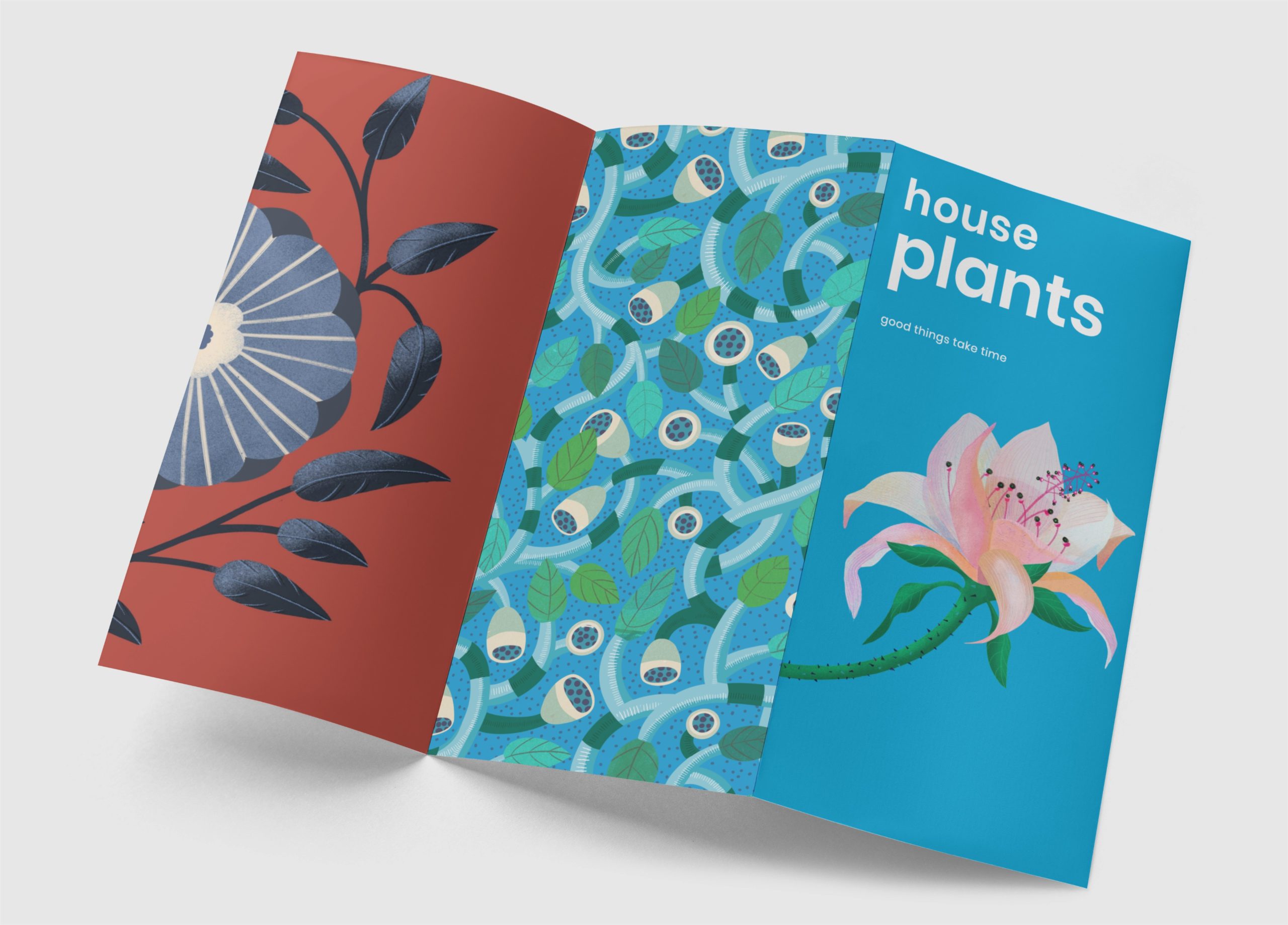
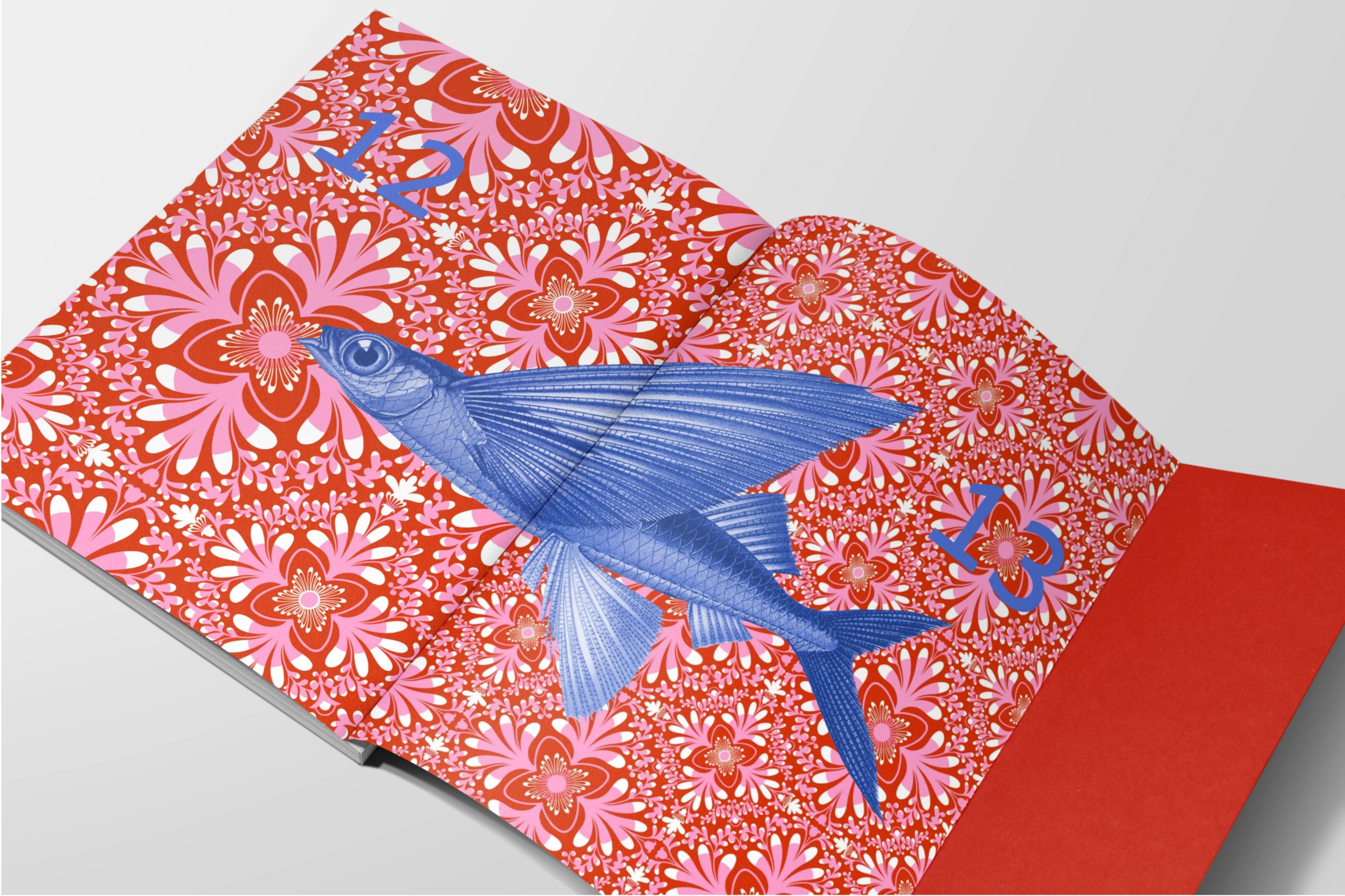





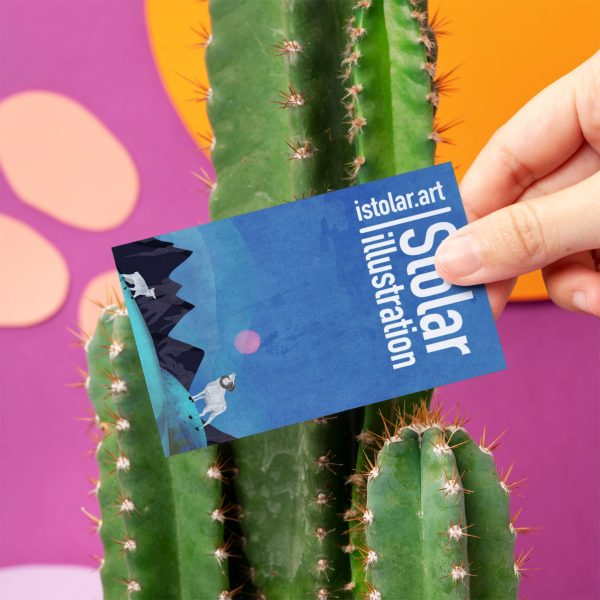
Sorry for the quality of the video I will show you the Luno 30-40 cm mini posters in a more optimized way later on. in real life, the paper is just perfectly textured, catching the light just as it should … not that obvious on this video 🙁 i made it very quicly with an old phone when we presented Luno to a book publisher abroad, a while ago.
I always thought that Luno has something i associate with a Japanese style: not in term of his direct characters but more in terme of atmosphere smooth textures and some kind of poetic landscape…
Please, have a look in the library here , and here, or there
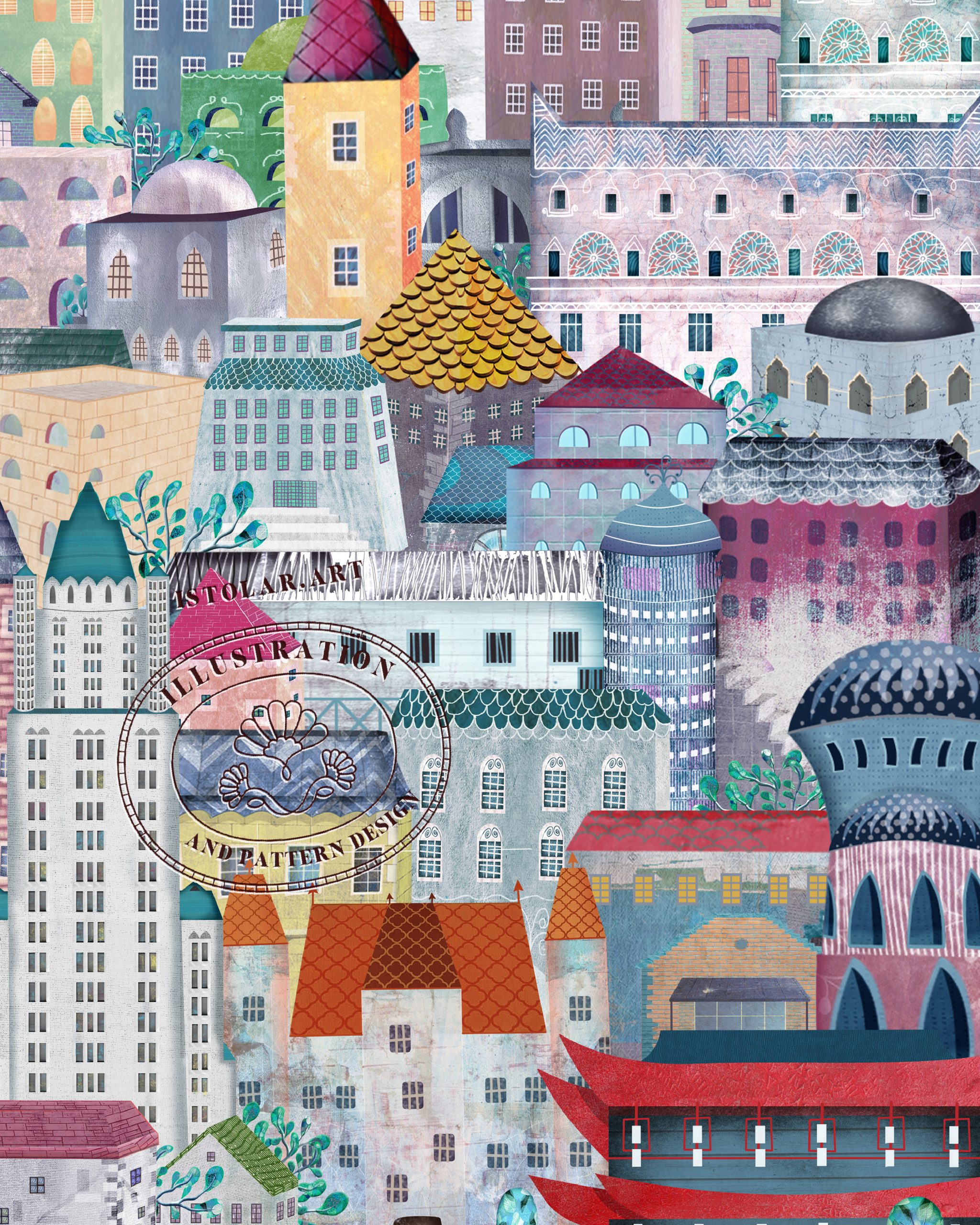
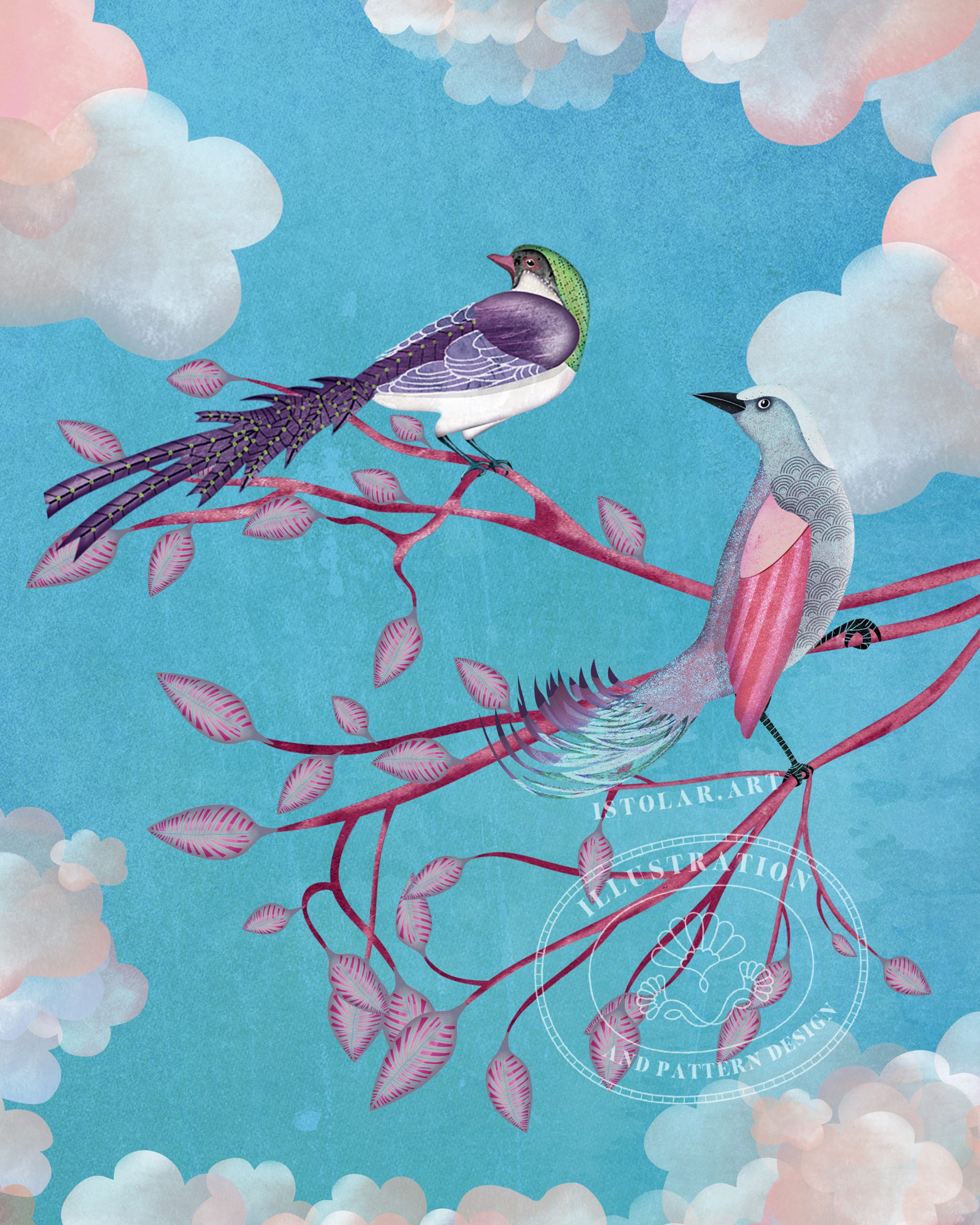
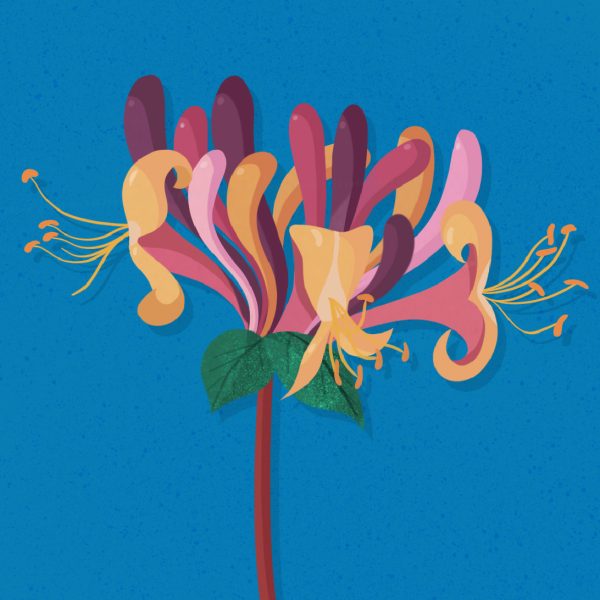
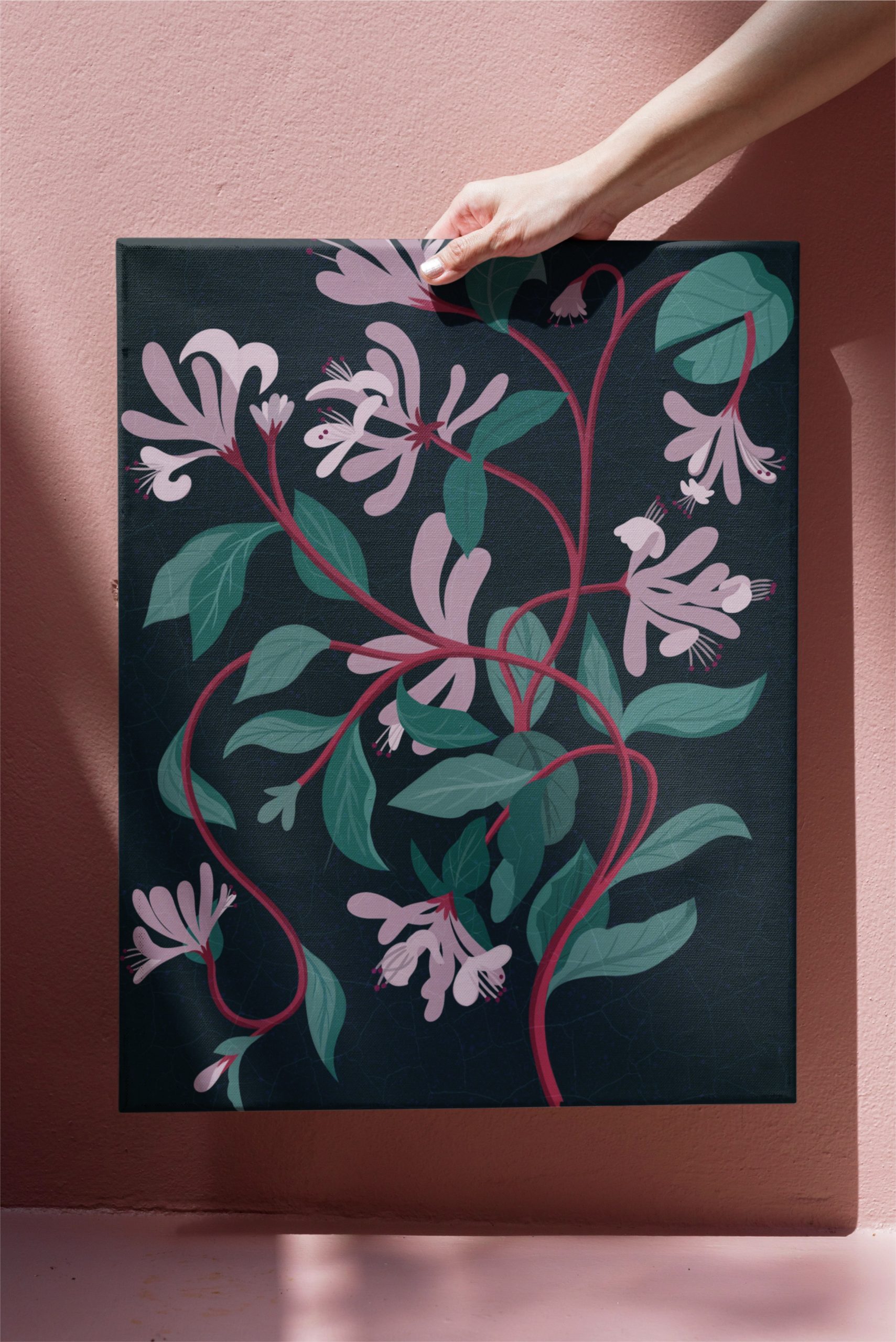
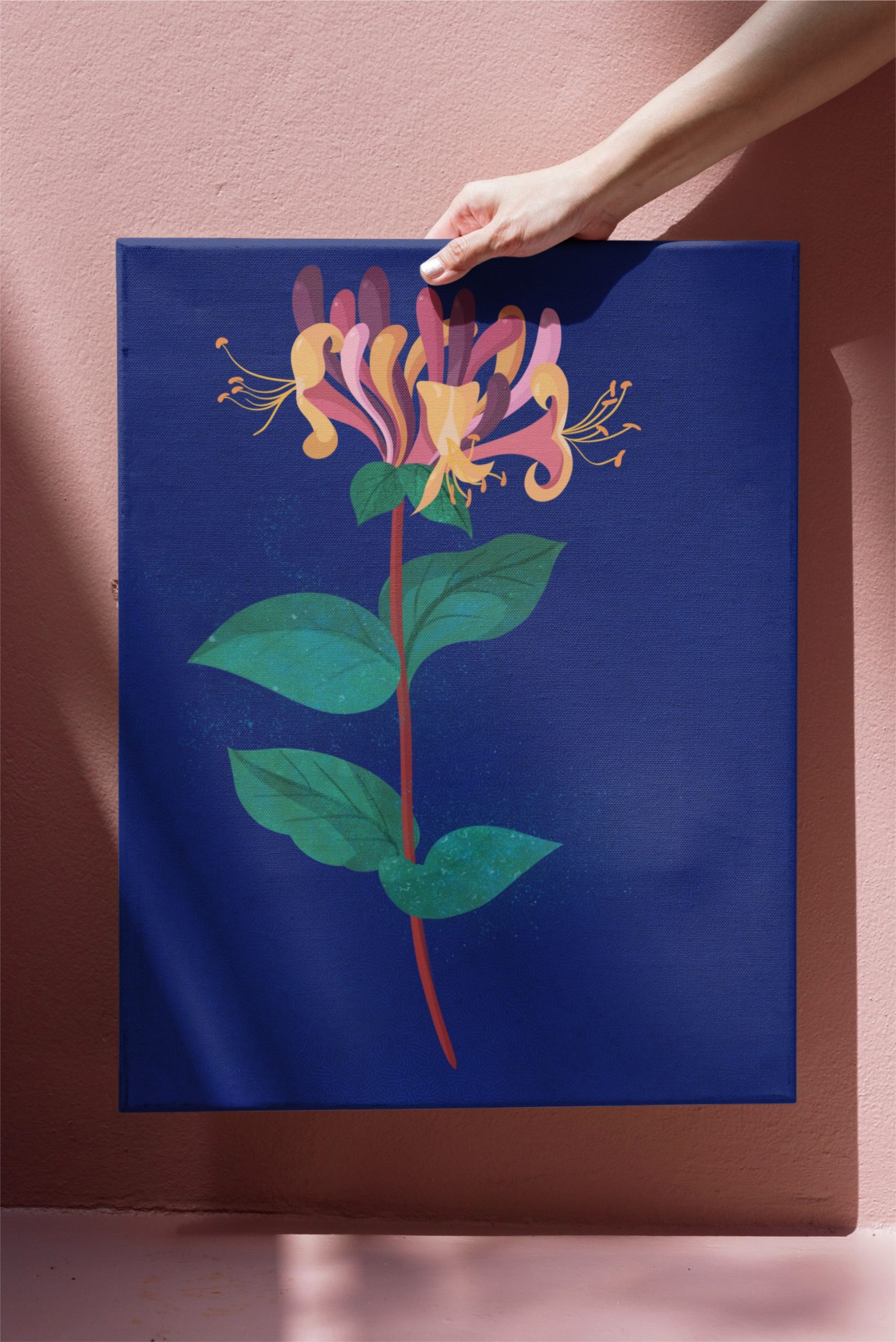
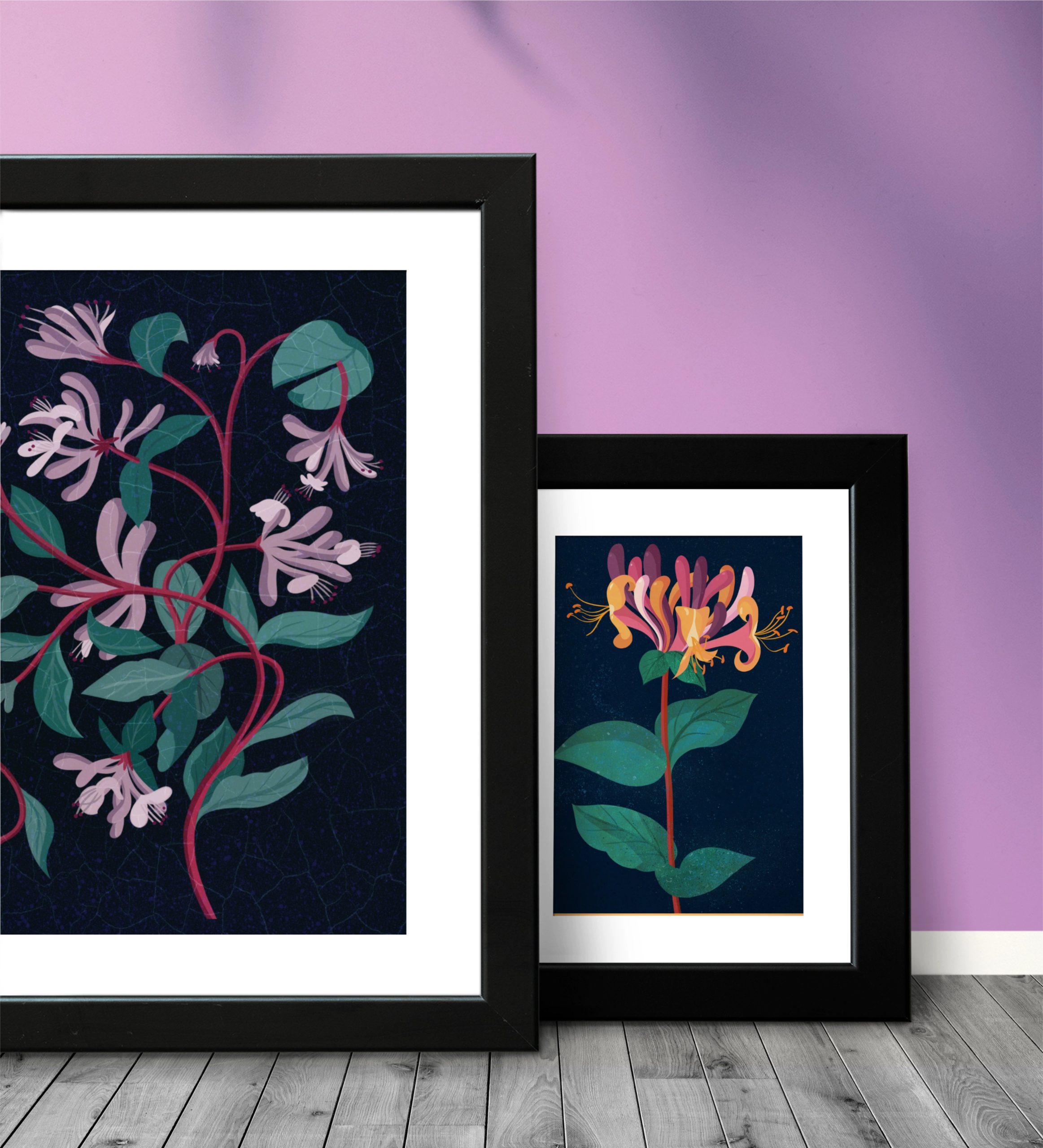
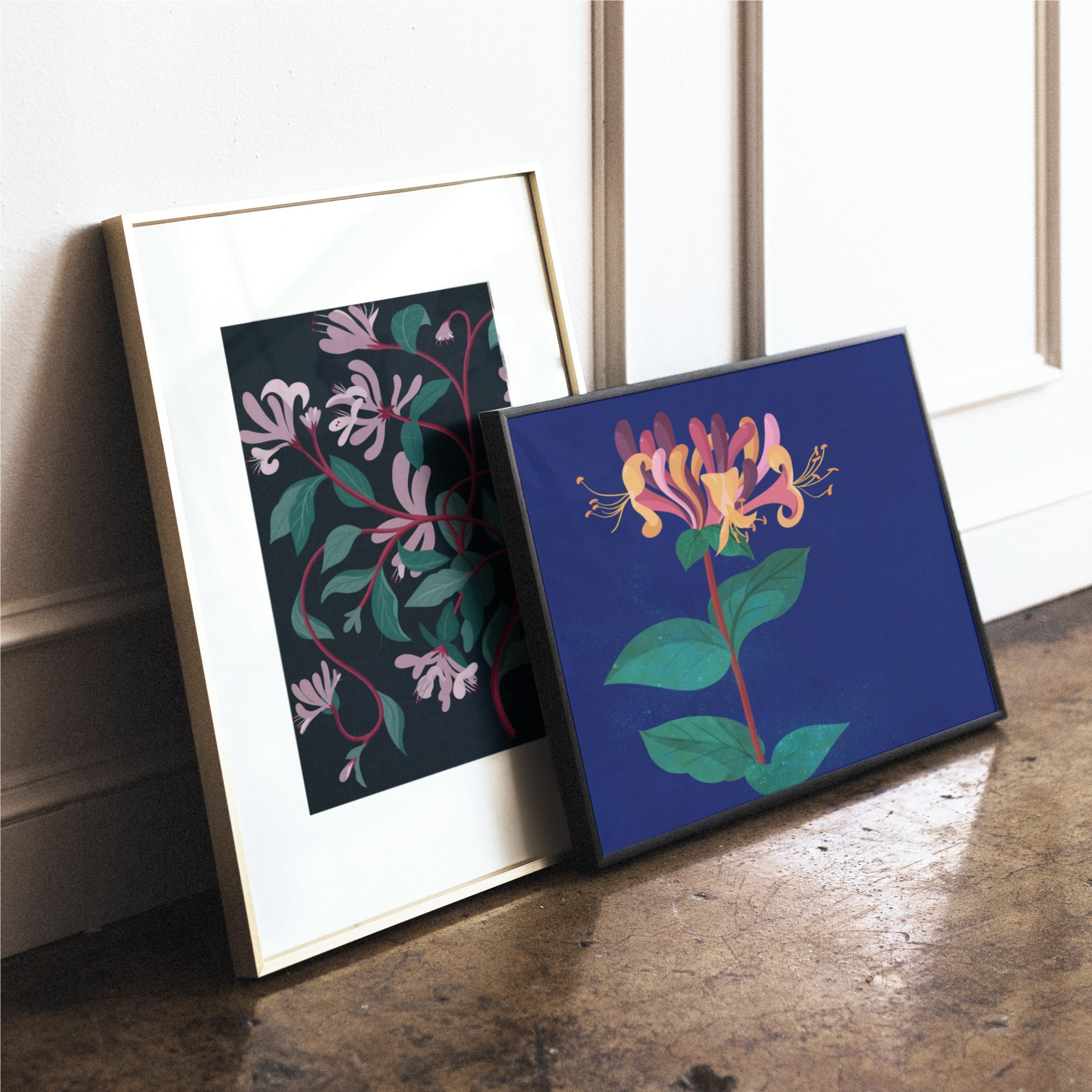
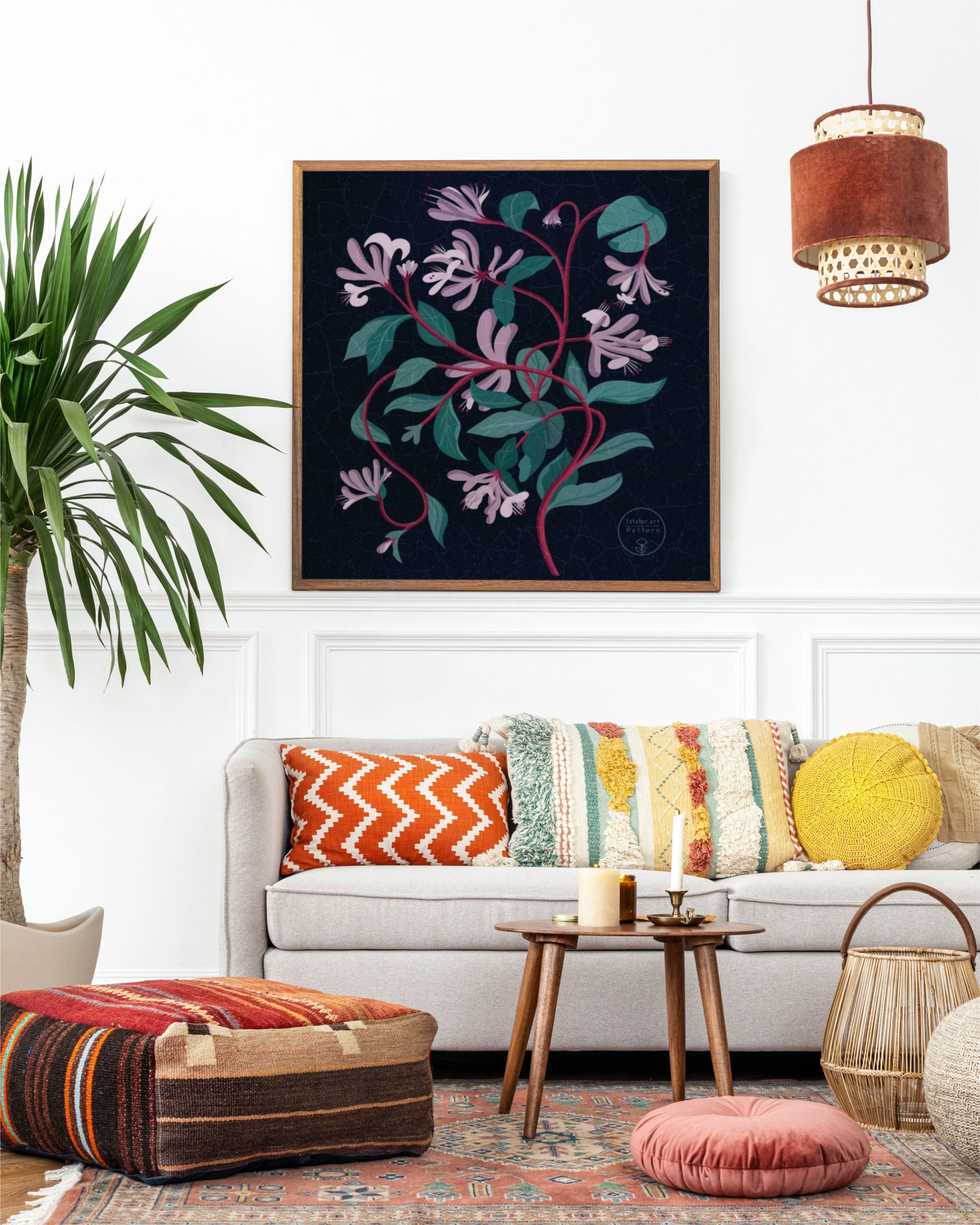
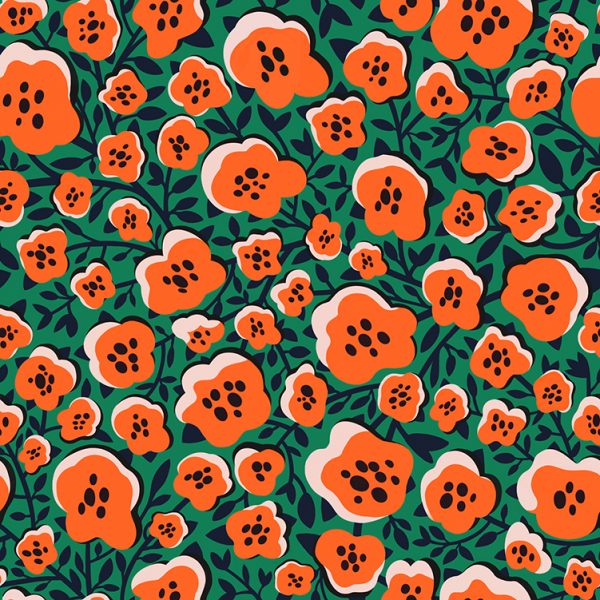
or what I imagine being a Japanese inspired flowery pattern 🙂
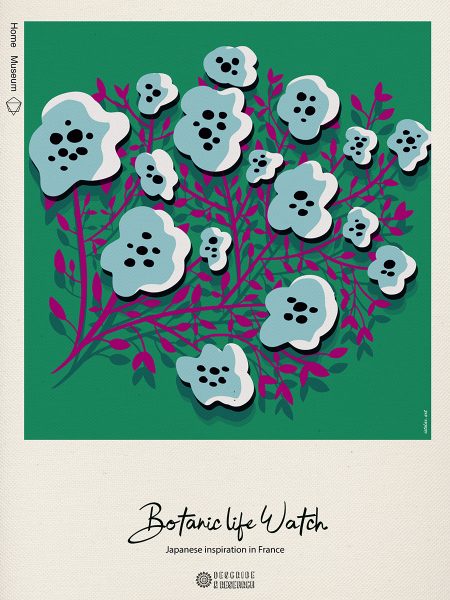
30/40 cm
Seamless pattern flowery medium print
I call them Japanese flowers…in my french mind 🙂
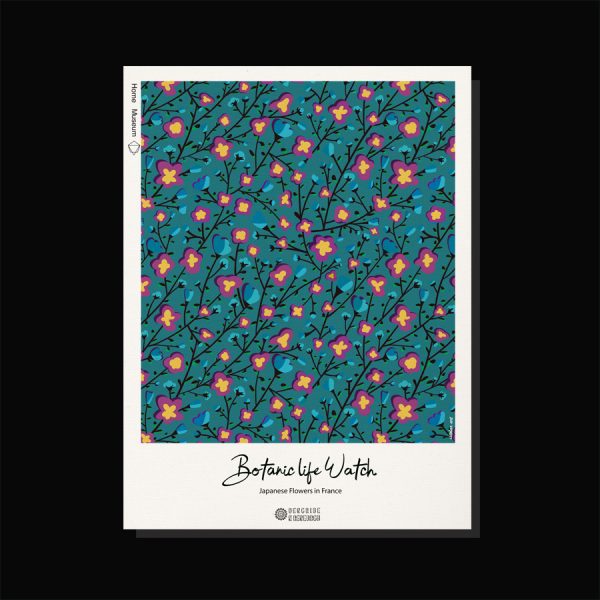
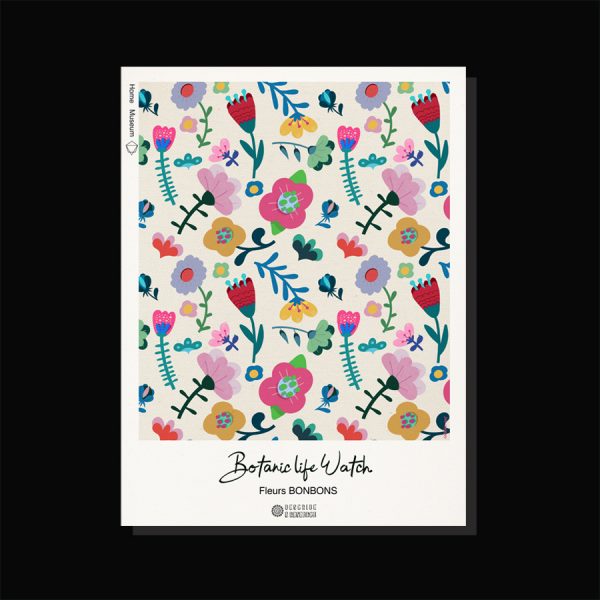
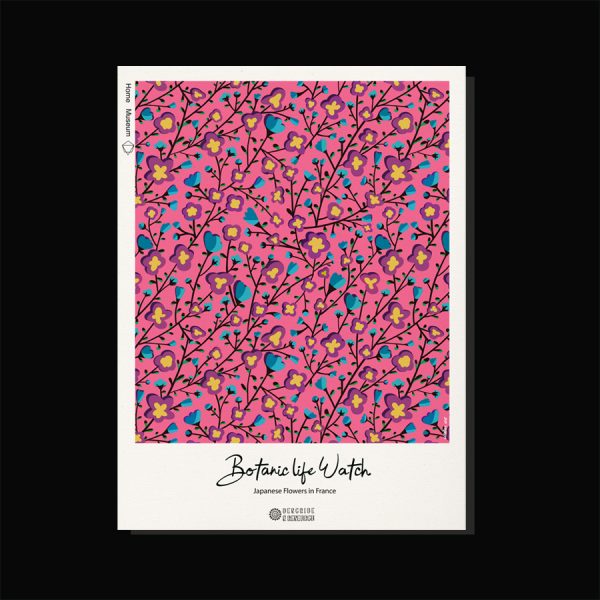
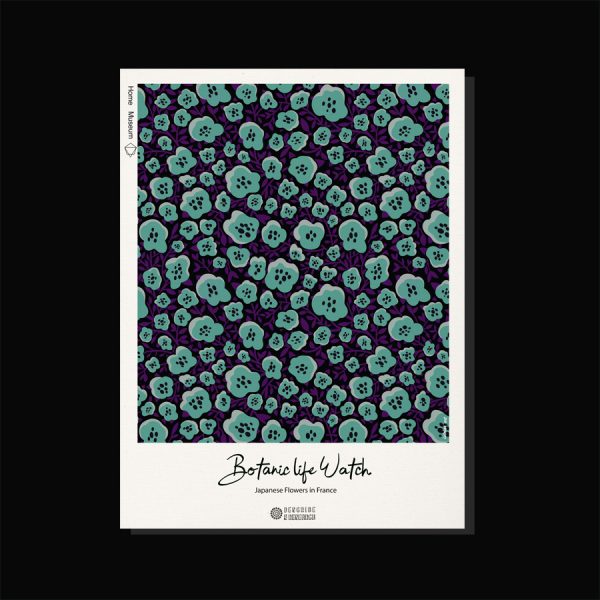
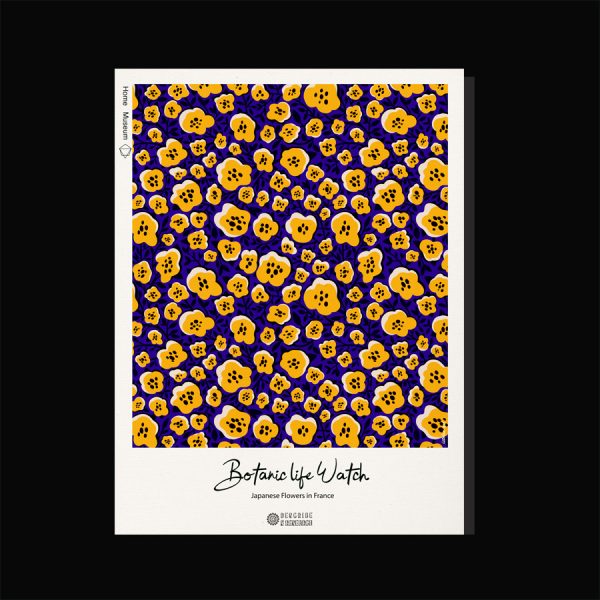
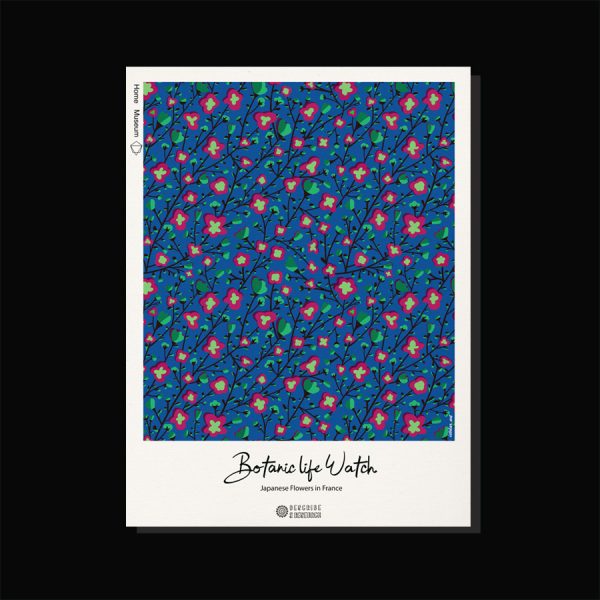
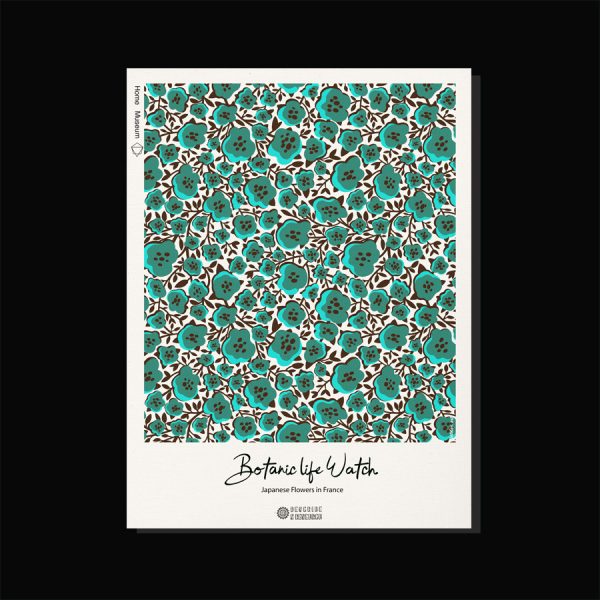
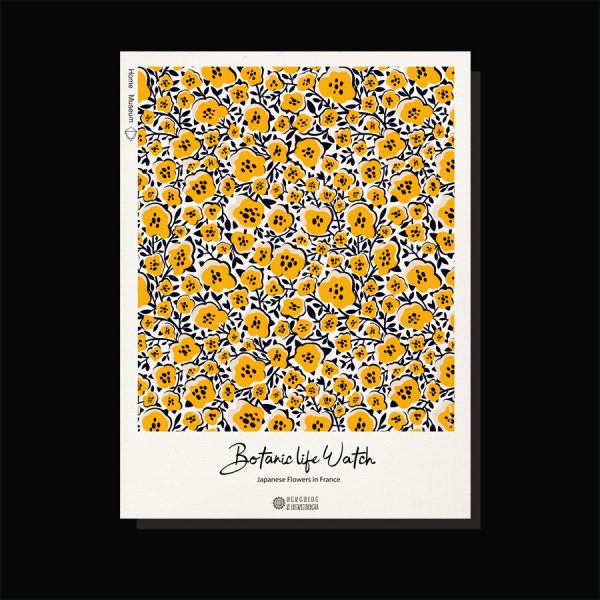
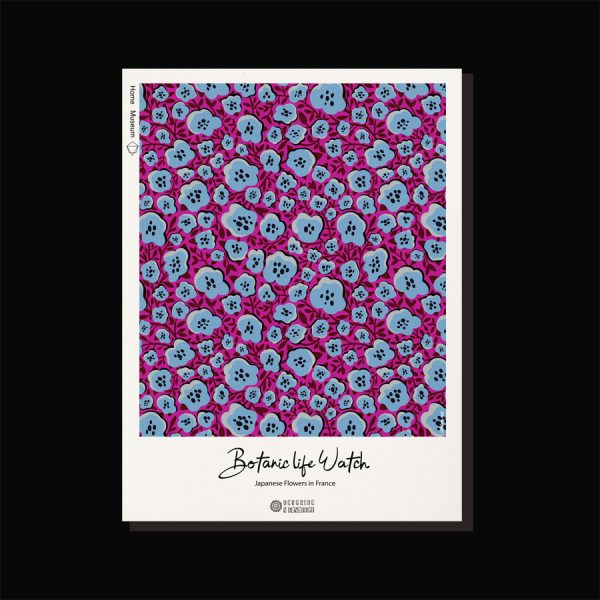
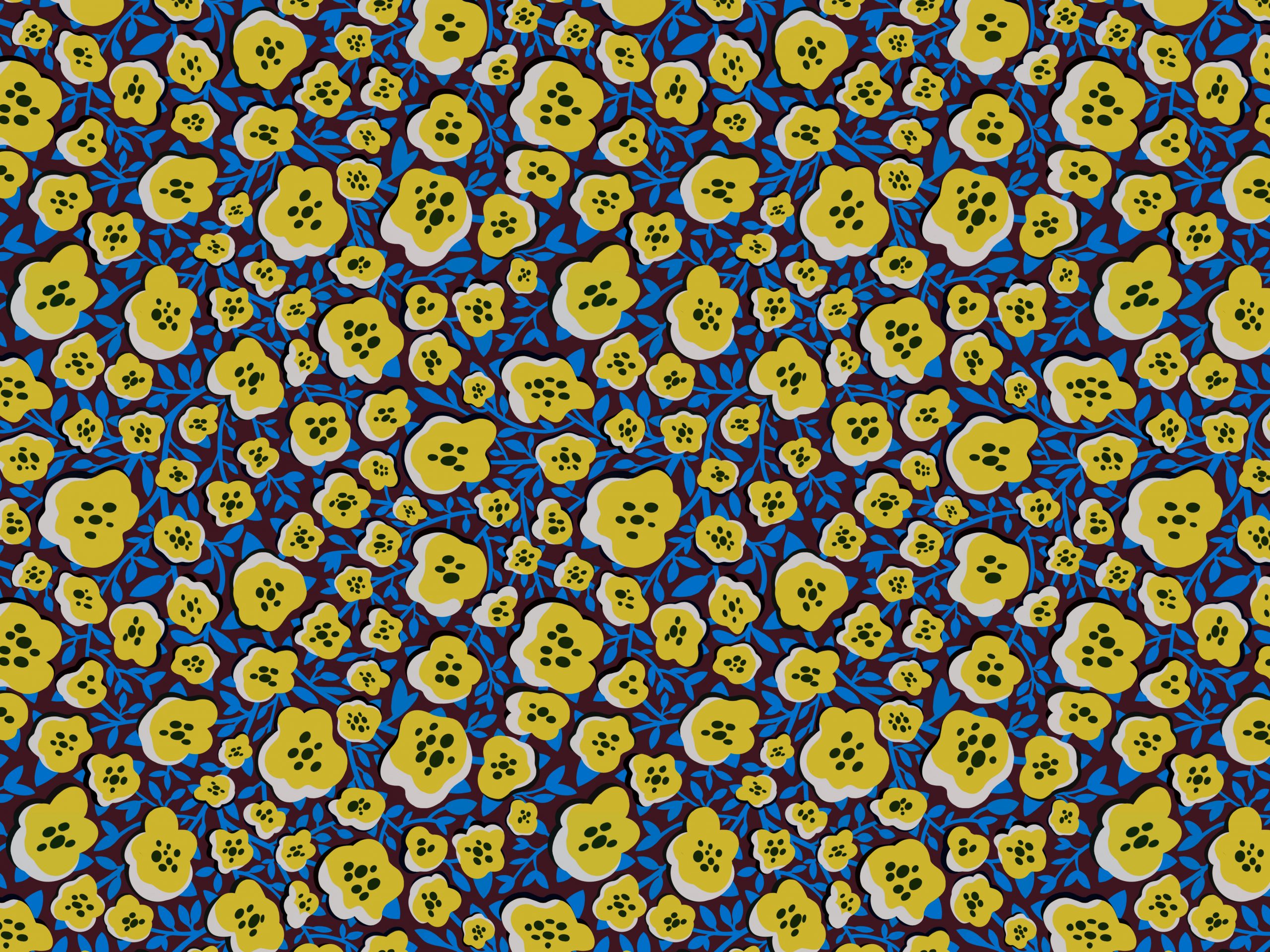
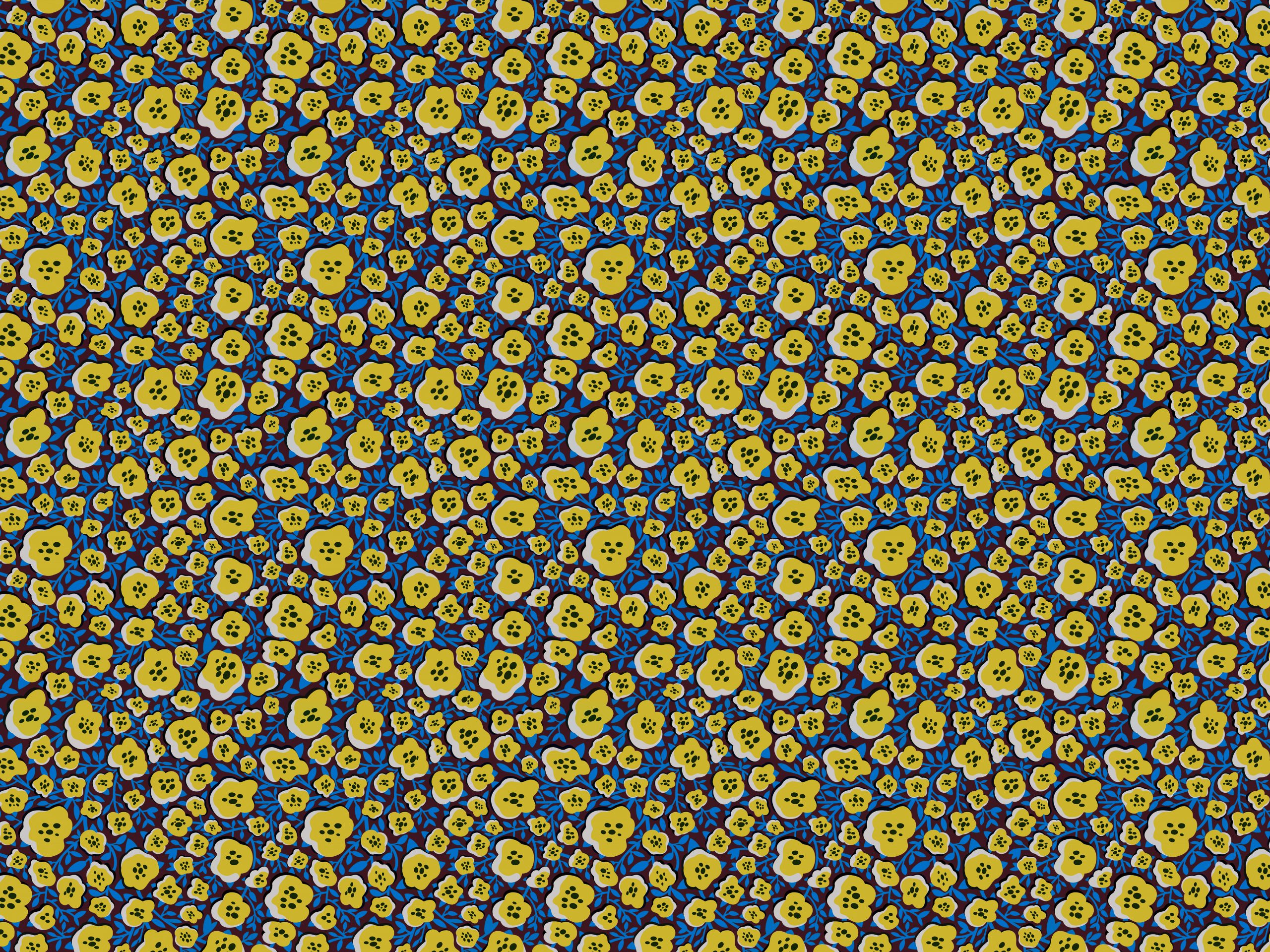
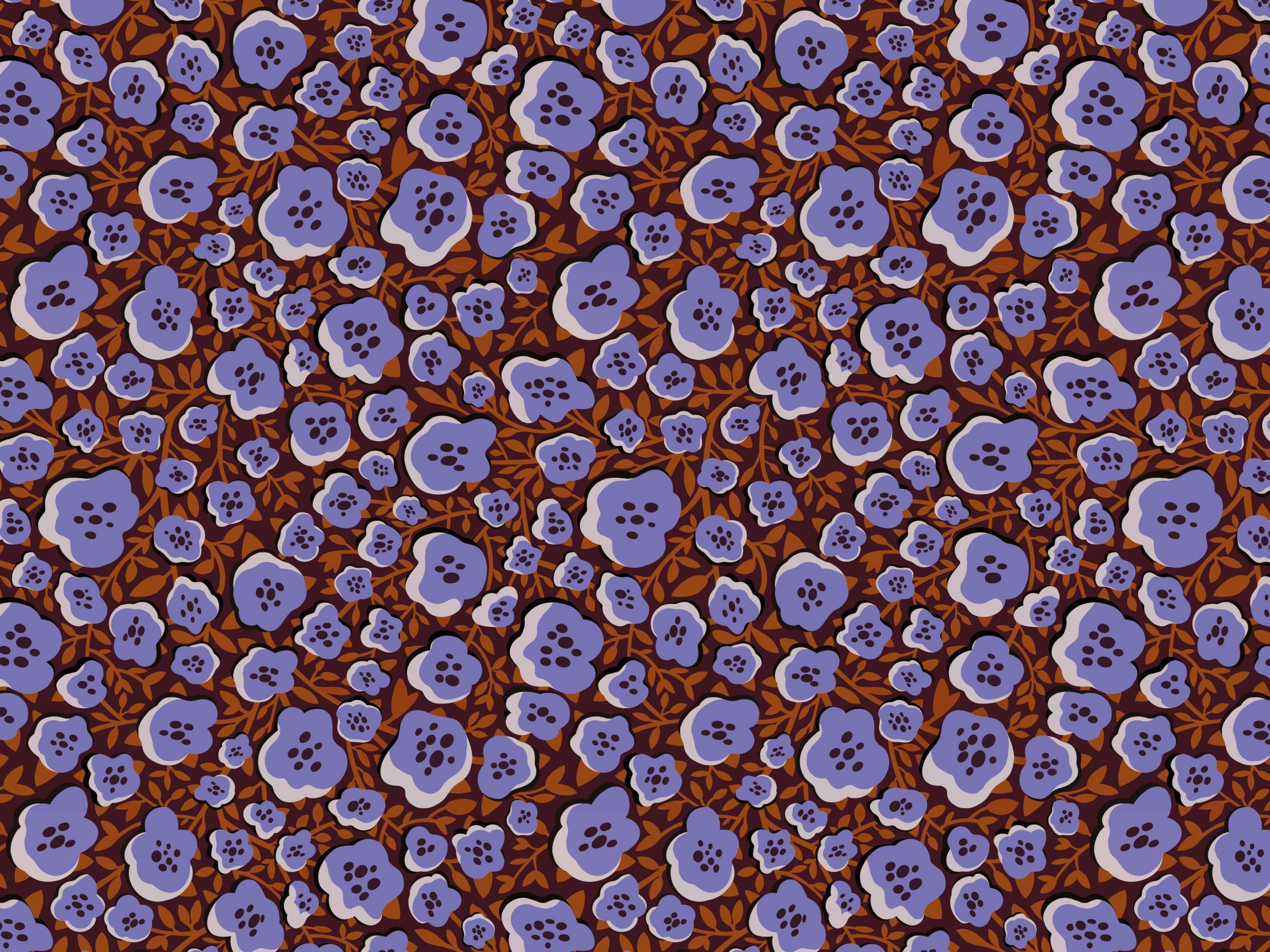
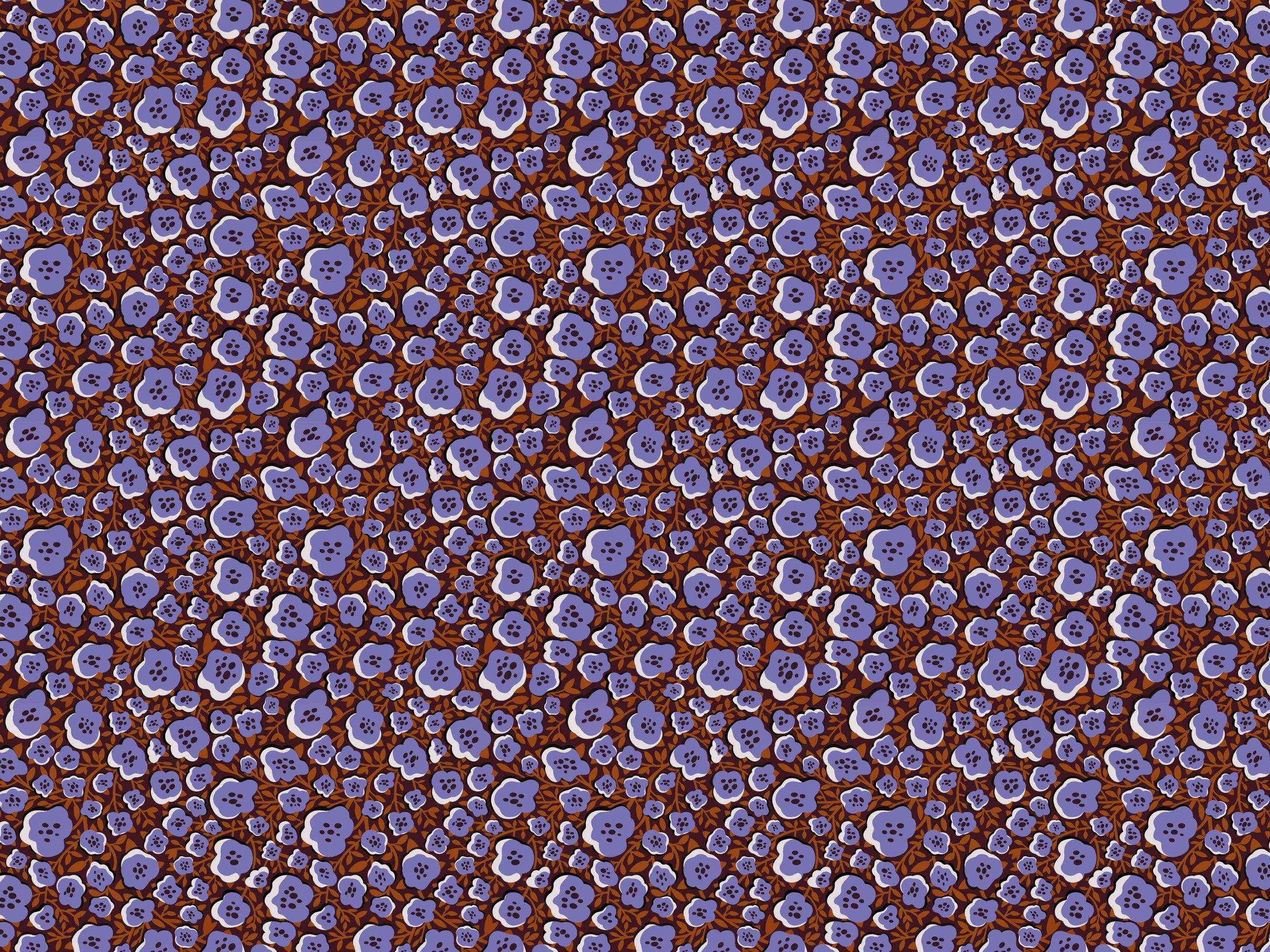
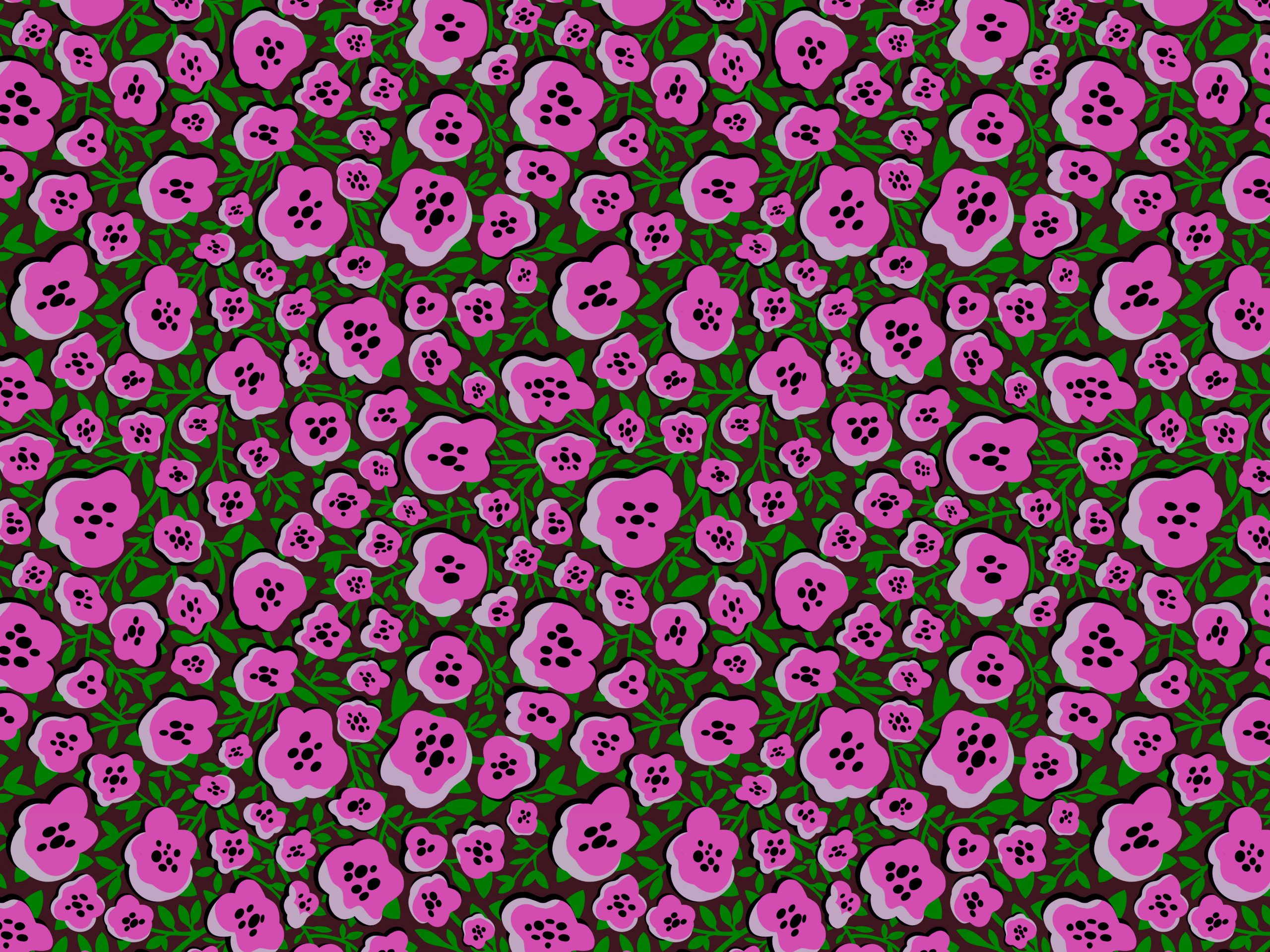
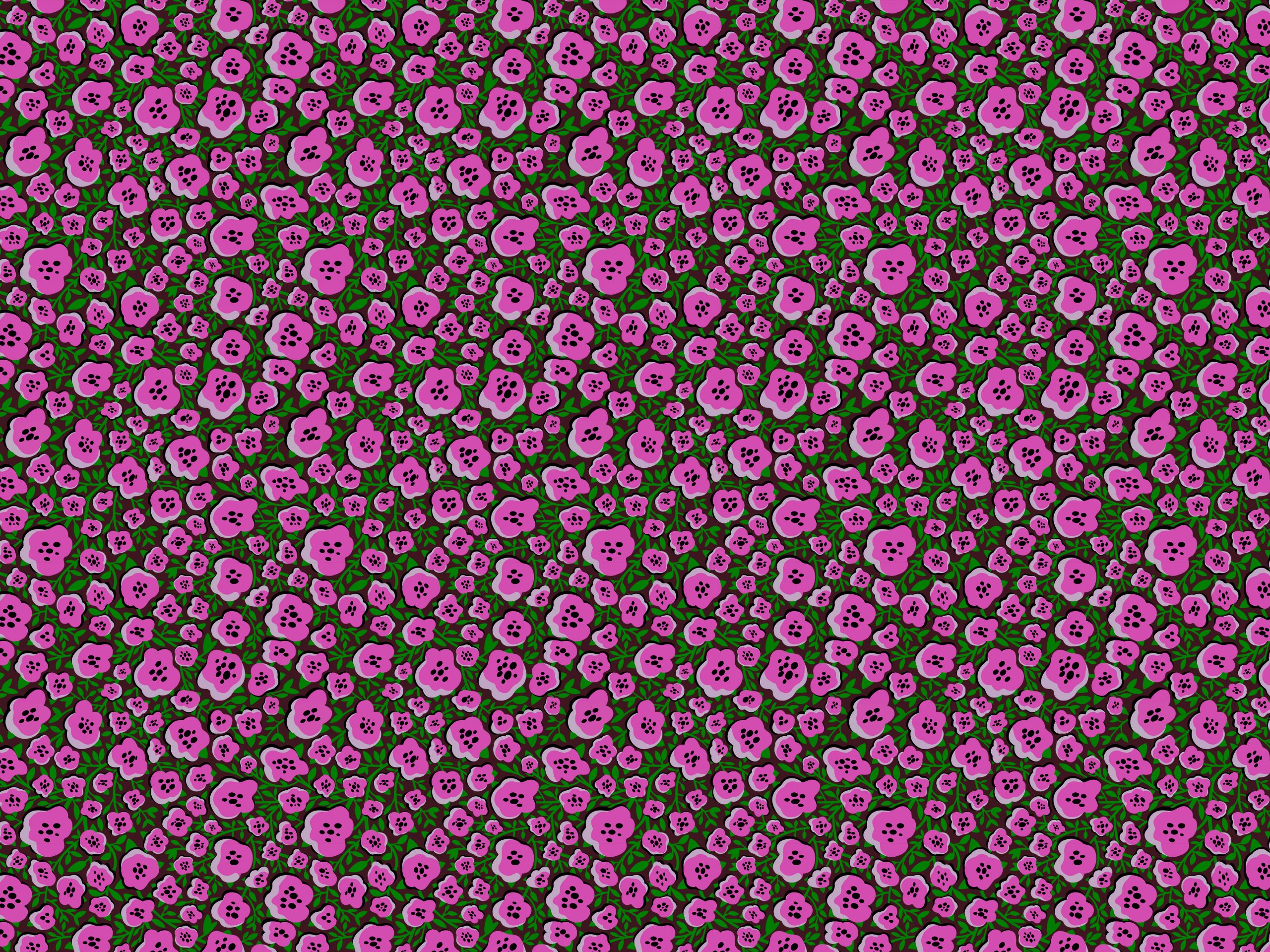
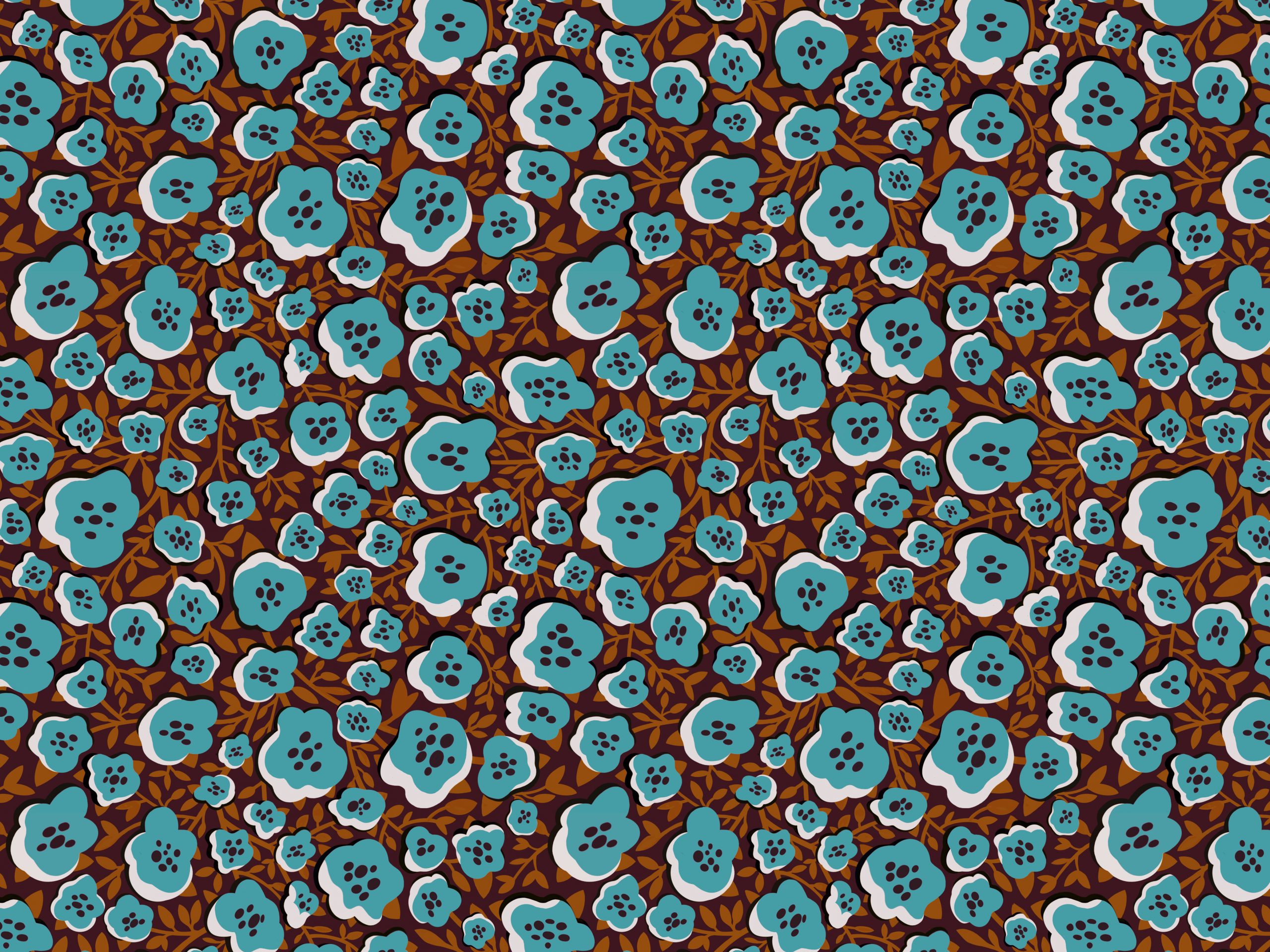
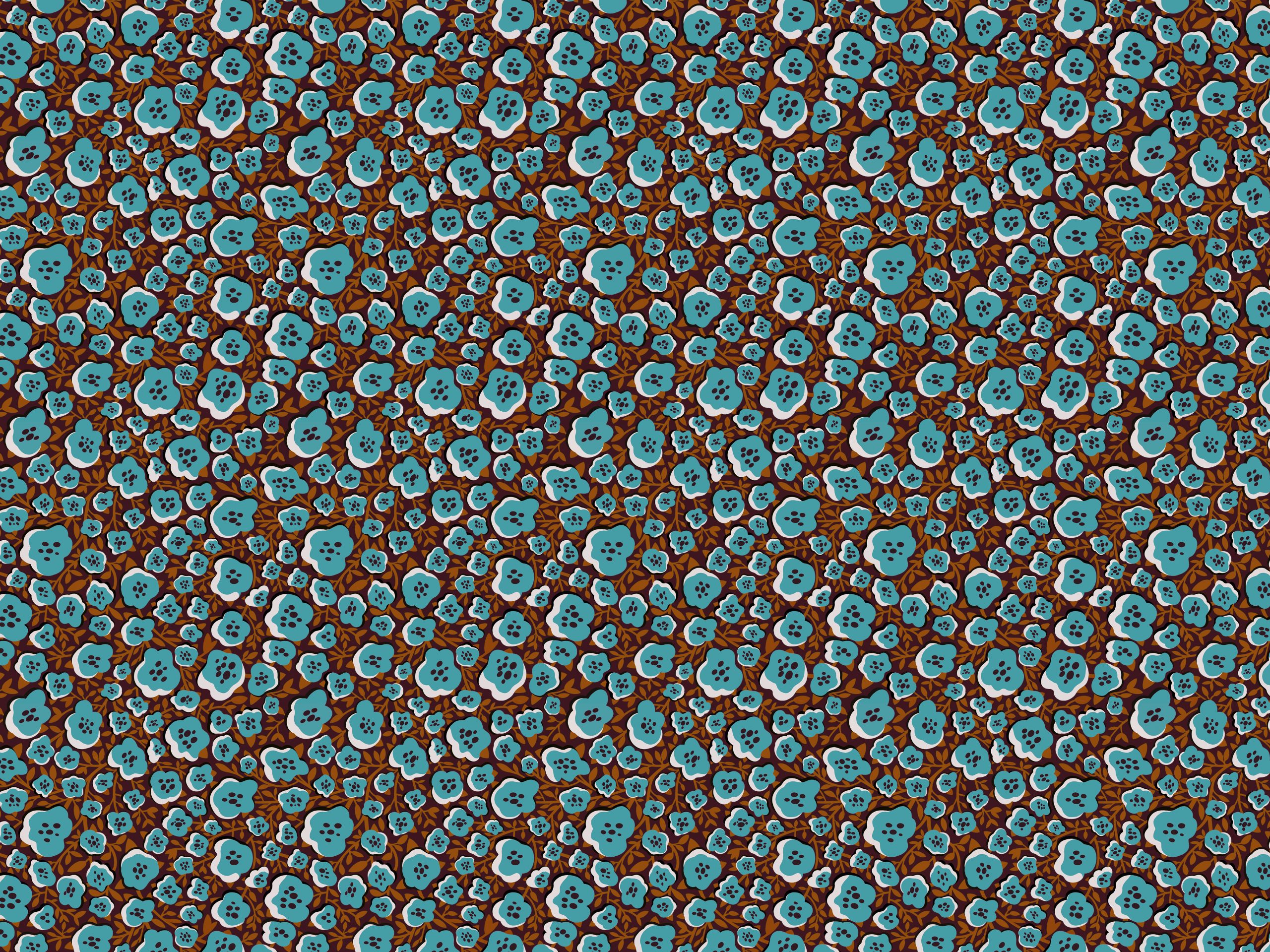
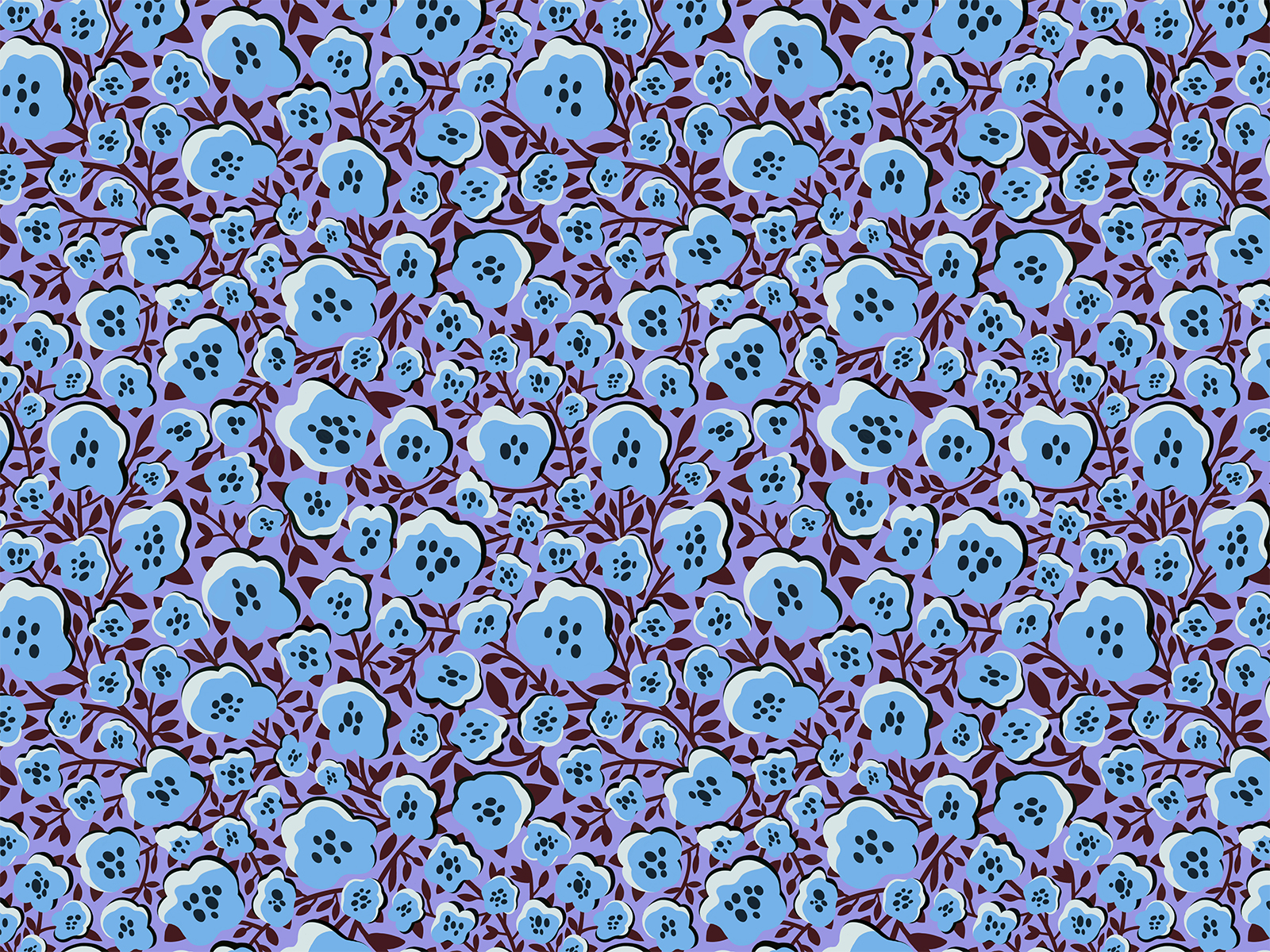
See pattern presentation sheet in Blog
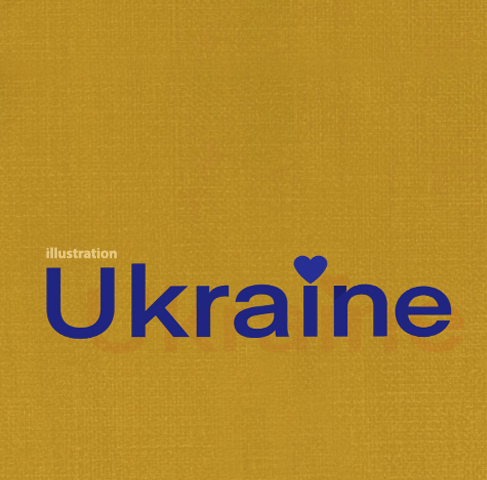
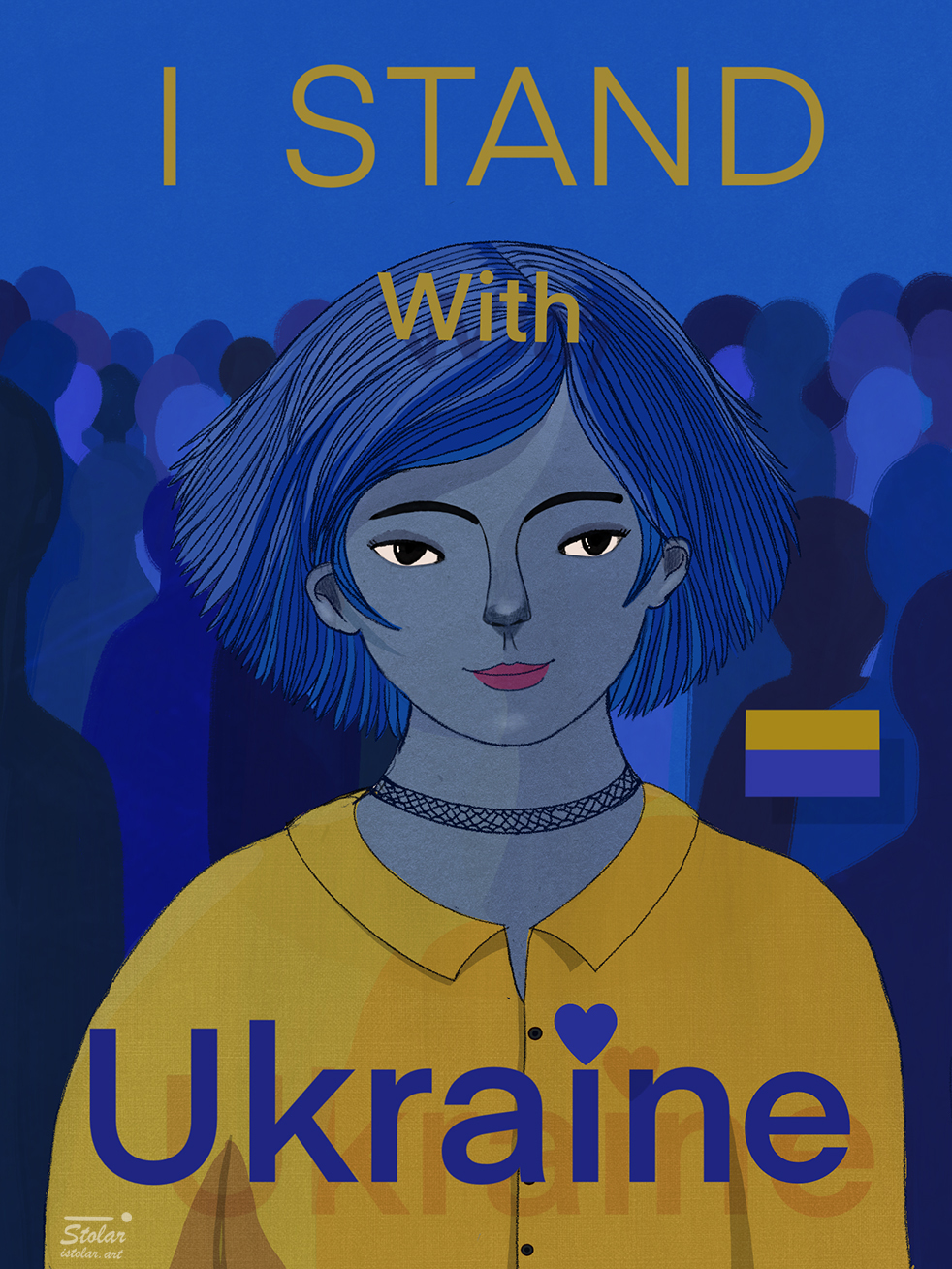
Prints available 10/15 cm ( postcard) 24/30 cm 30/40 cm print– 200 gram Nautilus recycled paper – professional digital print

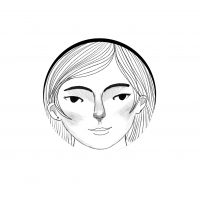
© all images are copyright of Isabelle Stolar
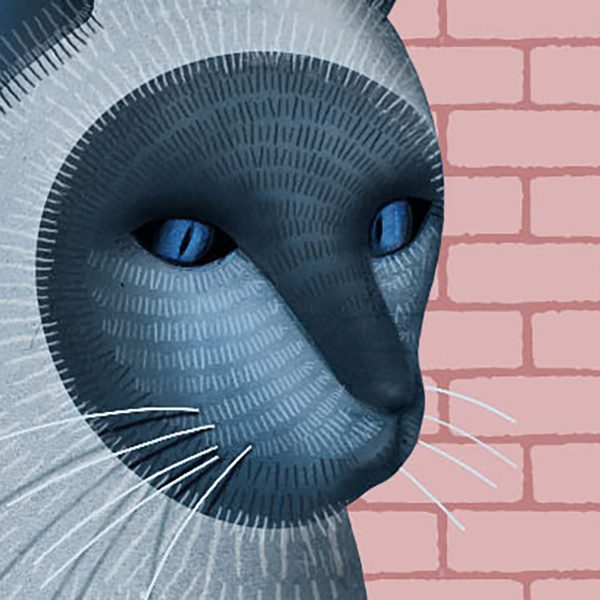
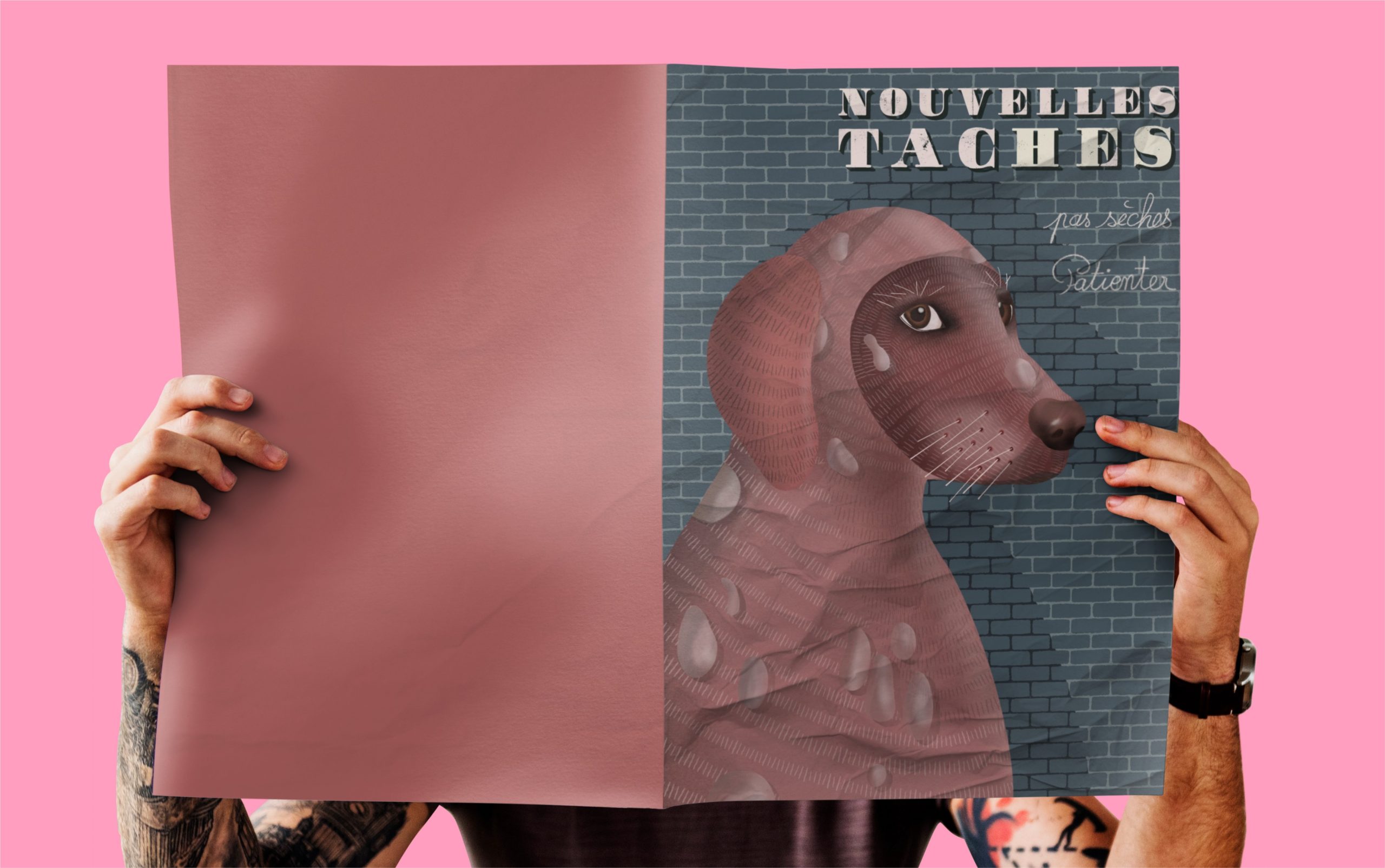

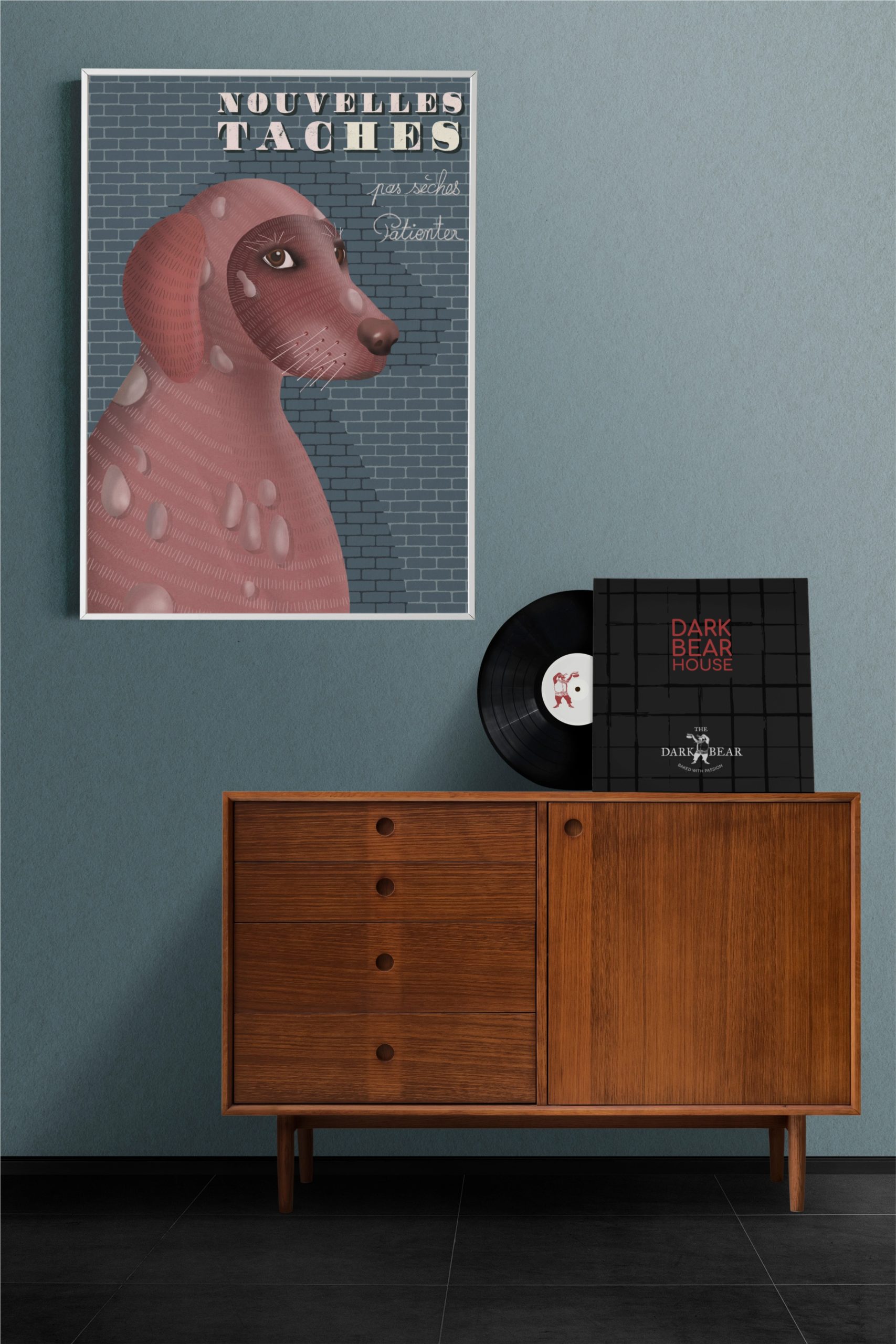
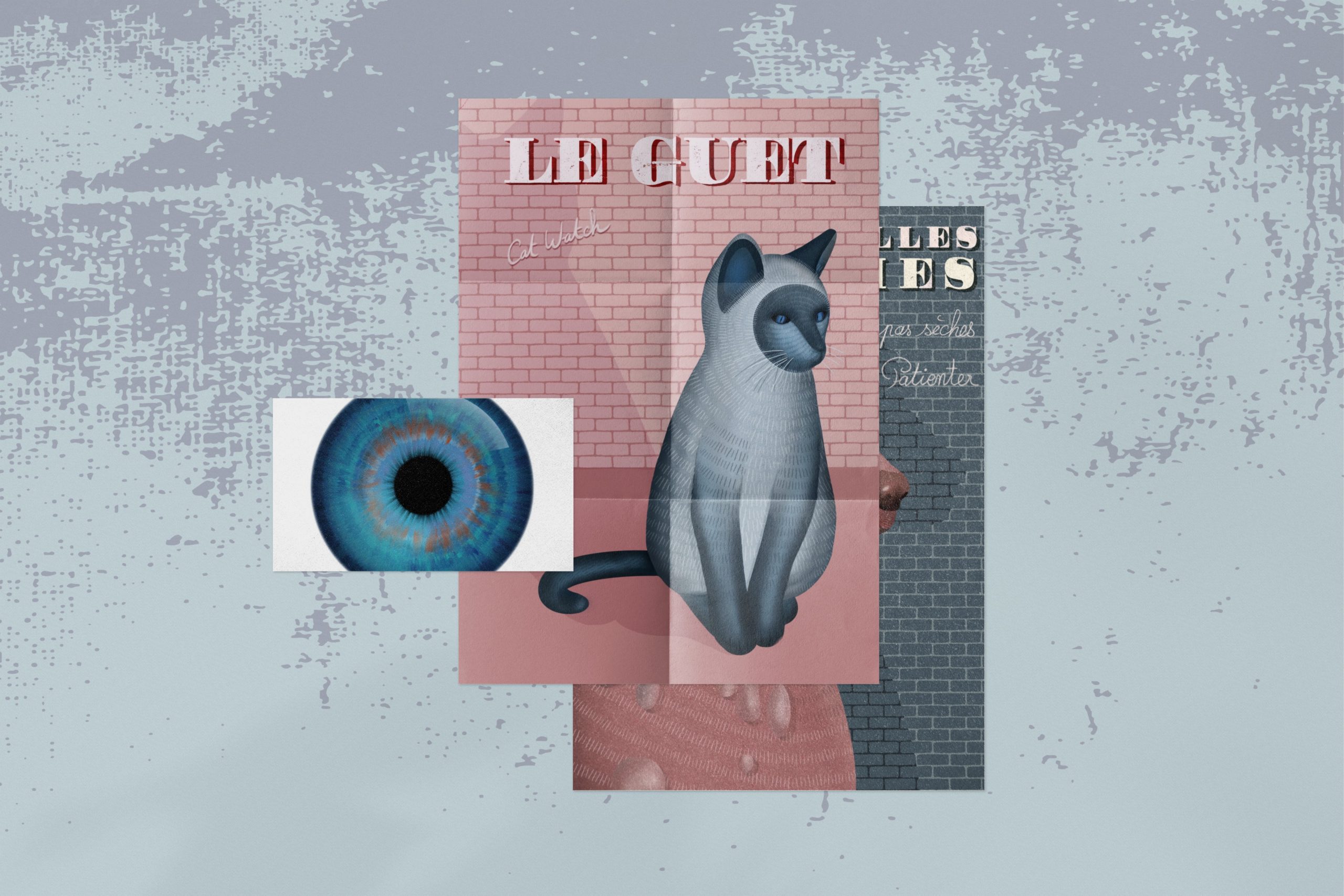
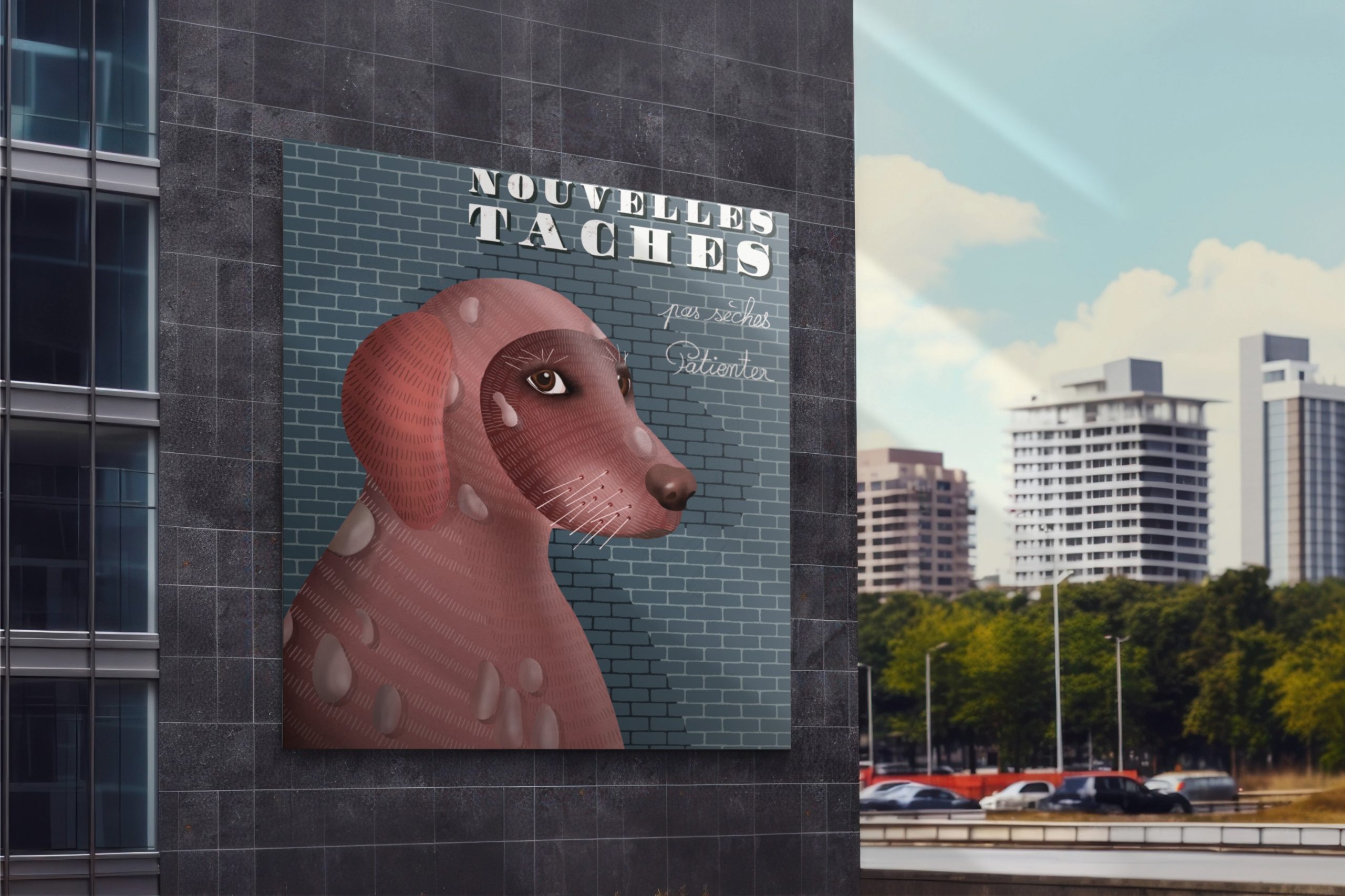
La duchesse Zinaida Yusupova était une noble russe née le 23 septembre 1861 et décédée le 24 novembre 1939. Elle était membre de la famille aristocratique Yusupov, l’une des familles les plus riches et influentes de la Russie impériale. Zinaida était la fille du prince Boris Yusupov et de la princesse Tatiana Alexandrovna.
La famille Yusupov était connue pour ses vastes richesses et sa participation à la vie sociale et culturelle de la Russie. Zinaida Yusupova s’est mariée avec le prince Felix Yusupov en 1889. Felix Yusupov est devenu célèbre pour sa participation à l’assassinat de Raspoutine, conseiller mystique de la famille impériale russe, en 1916.
La vie de Zinaida Yusupova a été marquée par la Révolution russe de 1917, qui a entraîné la chute de la monarchie et la disparition de la noblesse russe. Après la révolution, elle a vécu en exil en France avec son mari. La duchesse Zinaida Yusupova a survécu à de nombreux changements politiques en Russie et a vécu une vie tumultueuse jusqu’à sa mort en 1939.
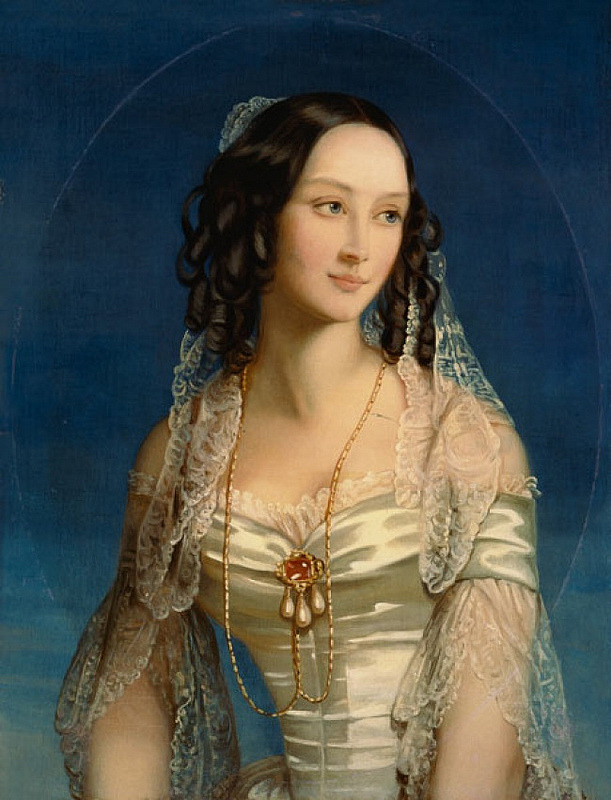
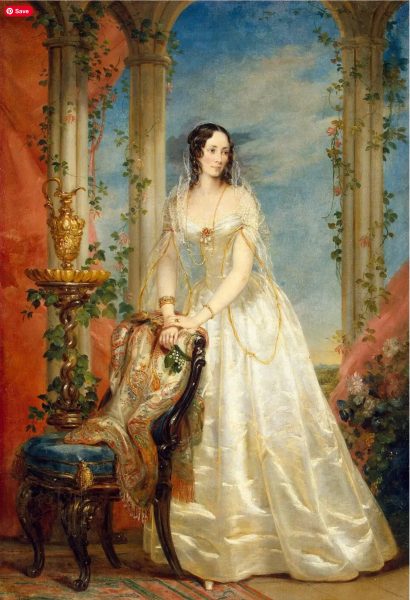
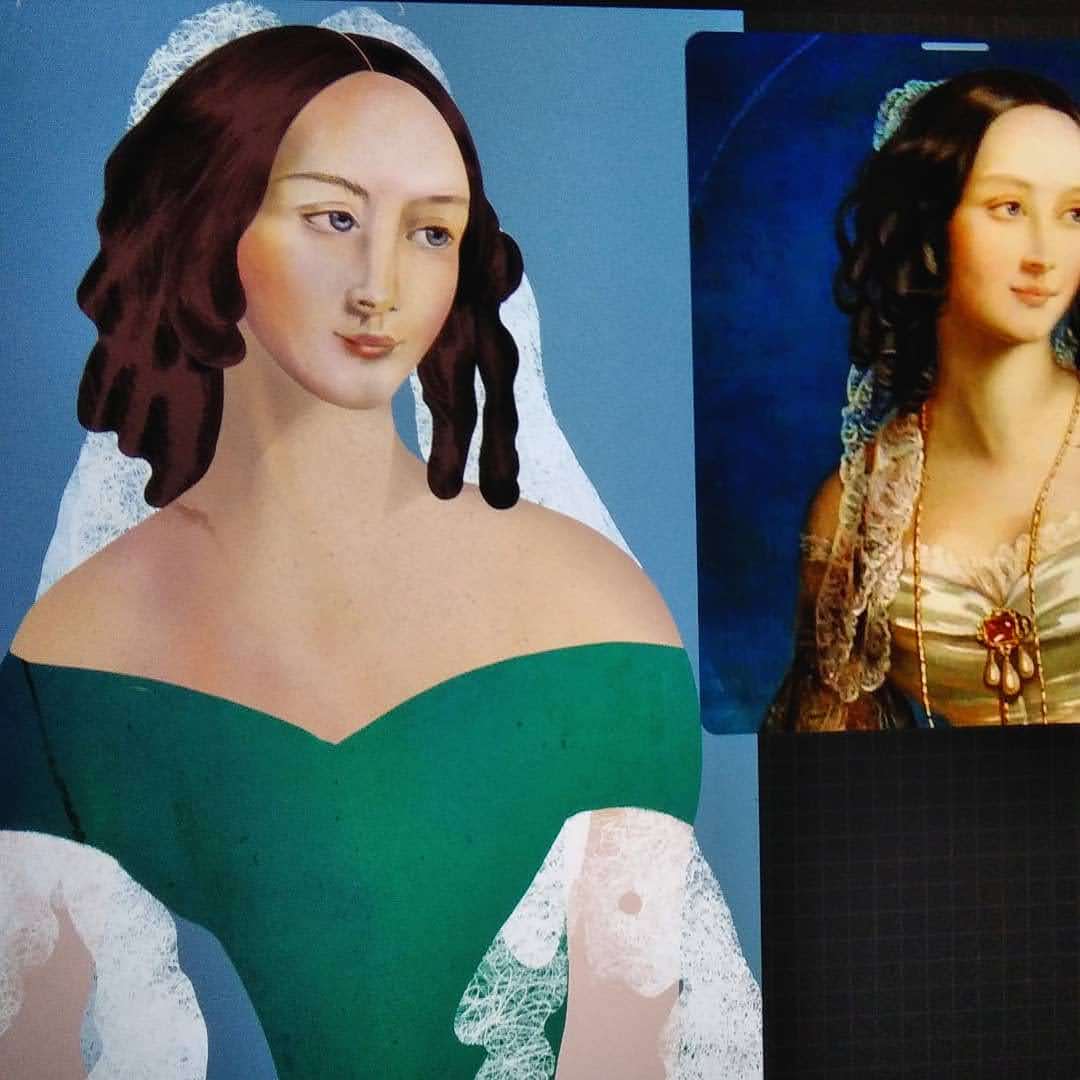
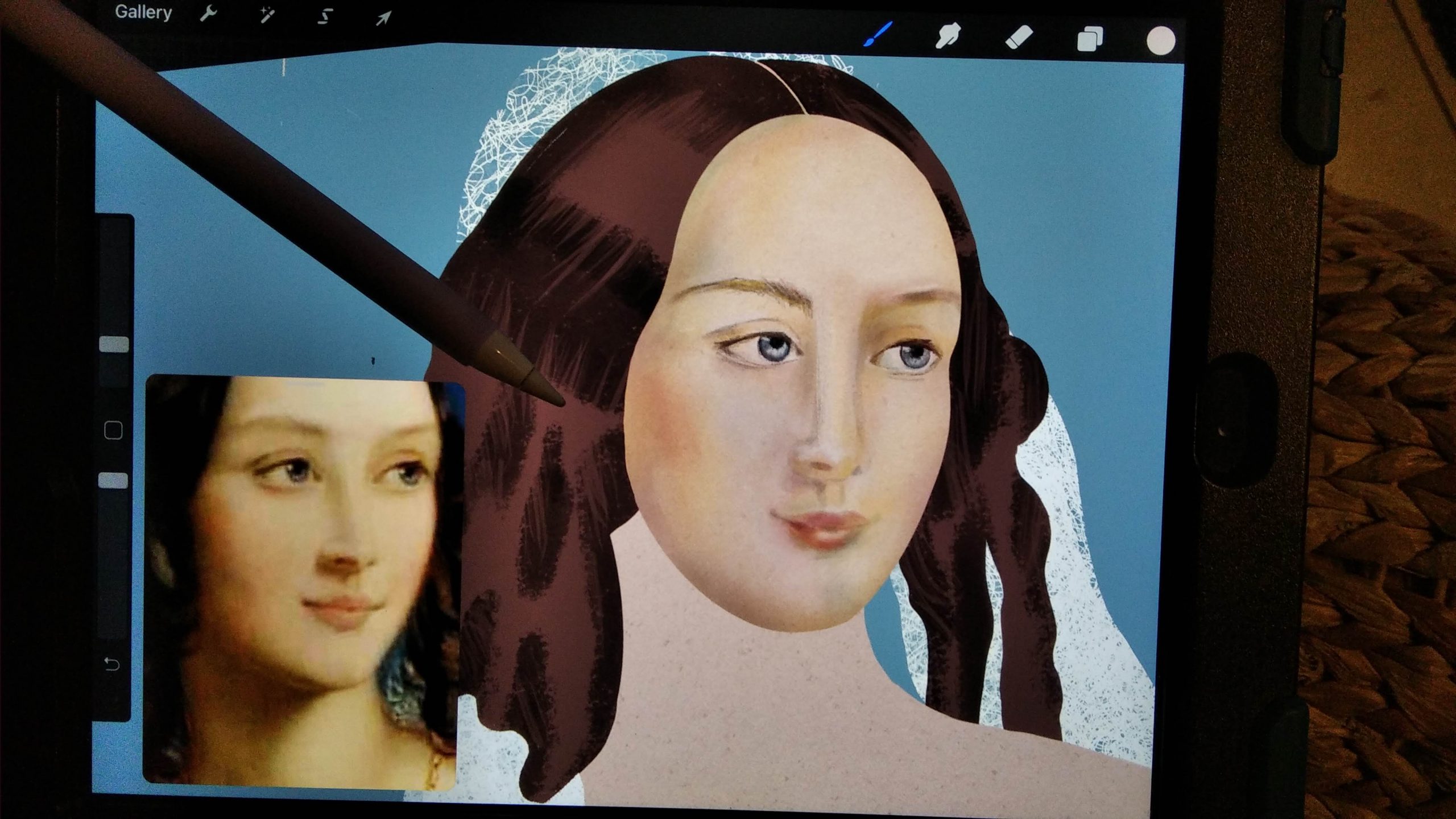
1840 s Duchess Zinaida Yussupova by Christina Robertson
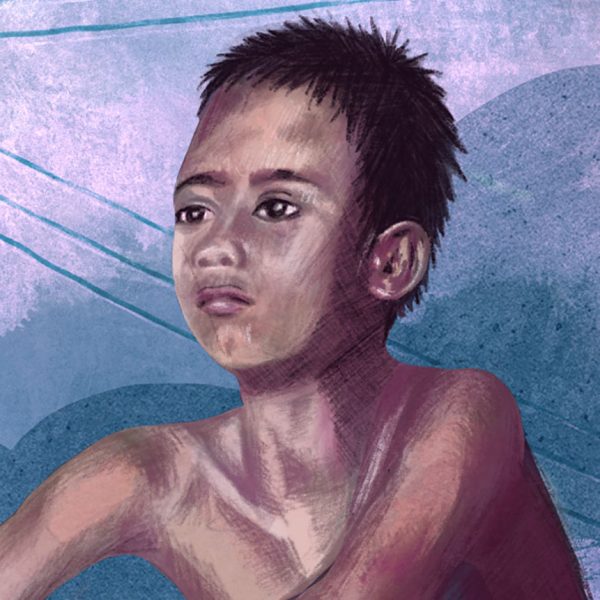
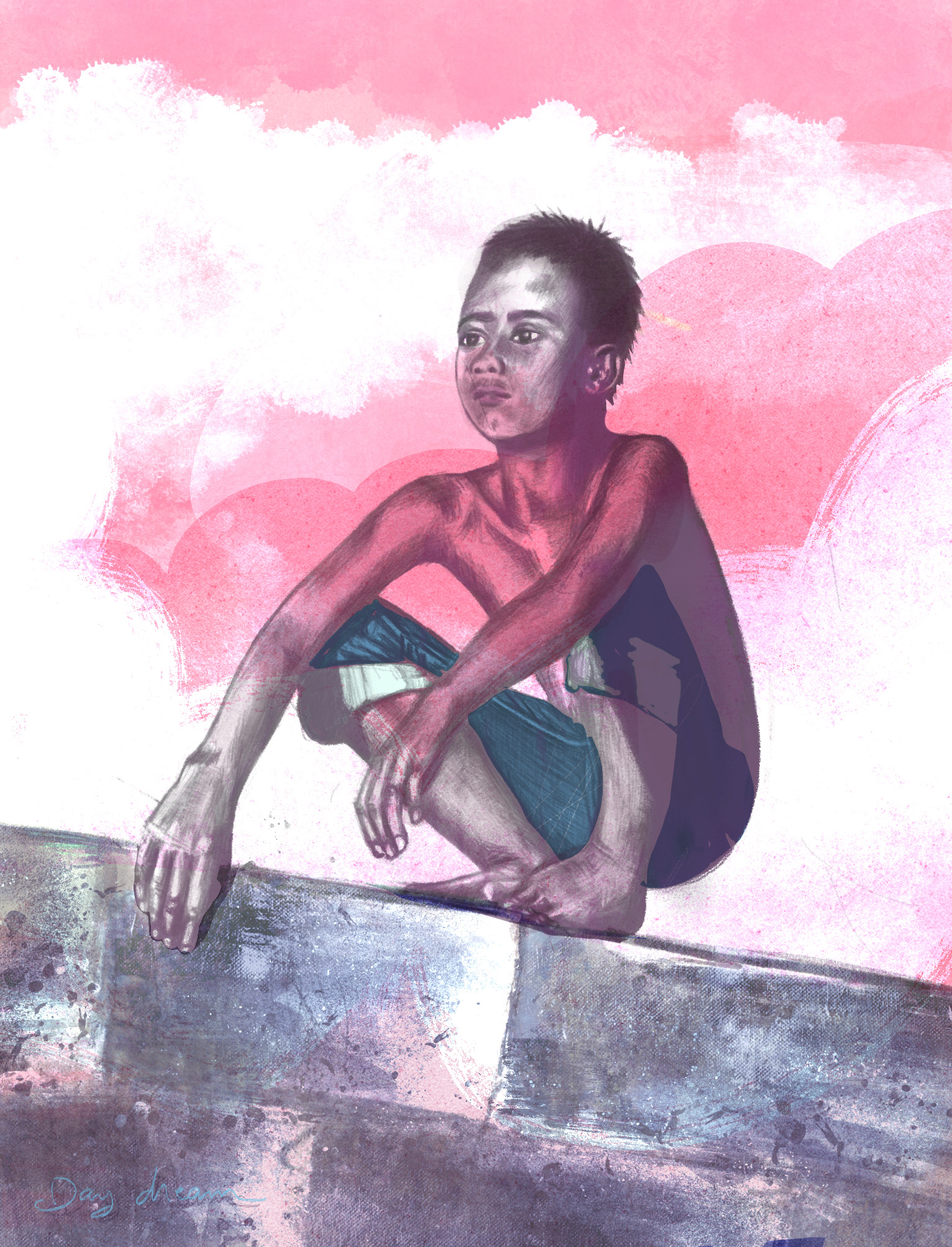
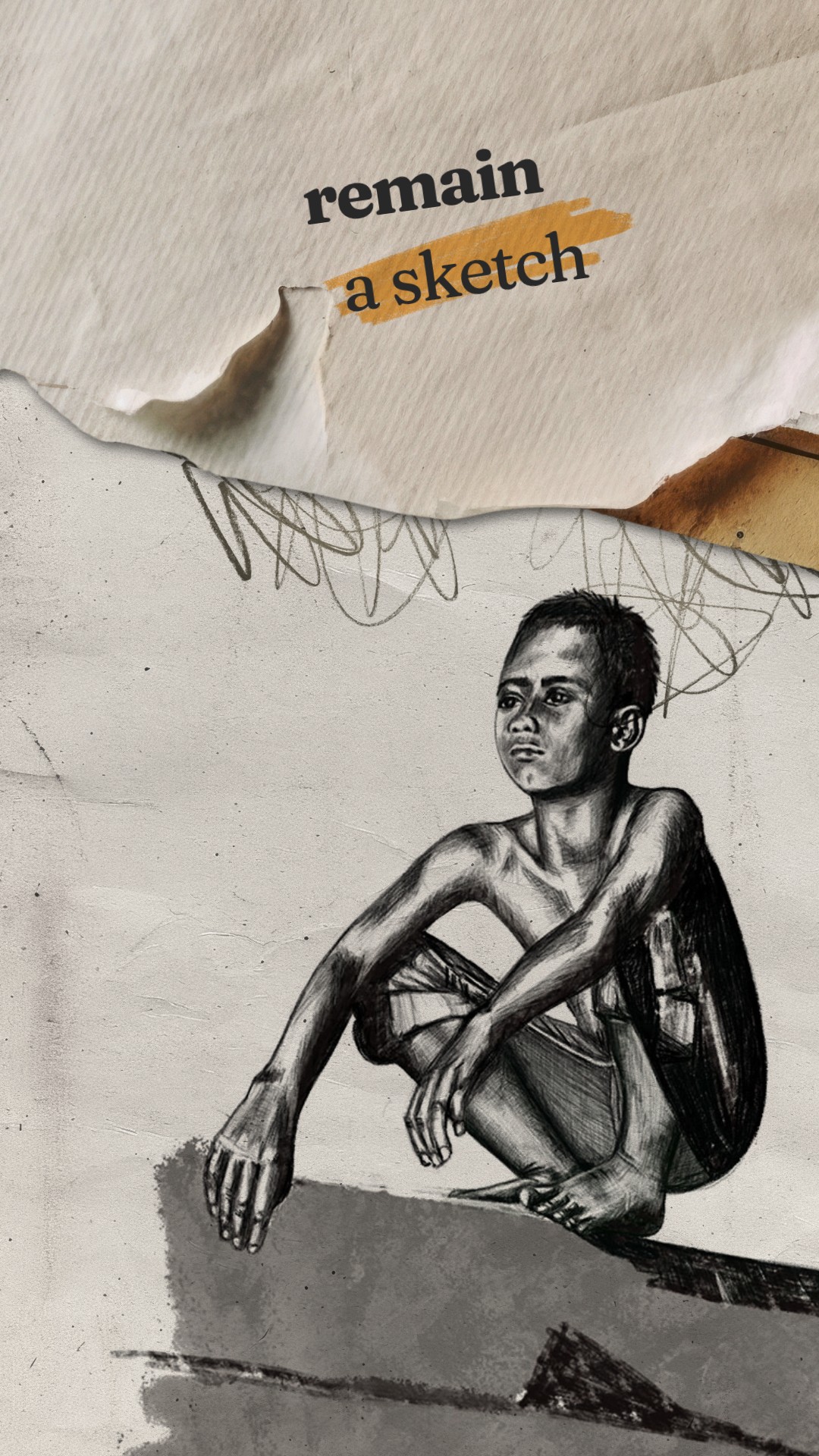
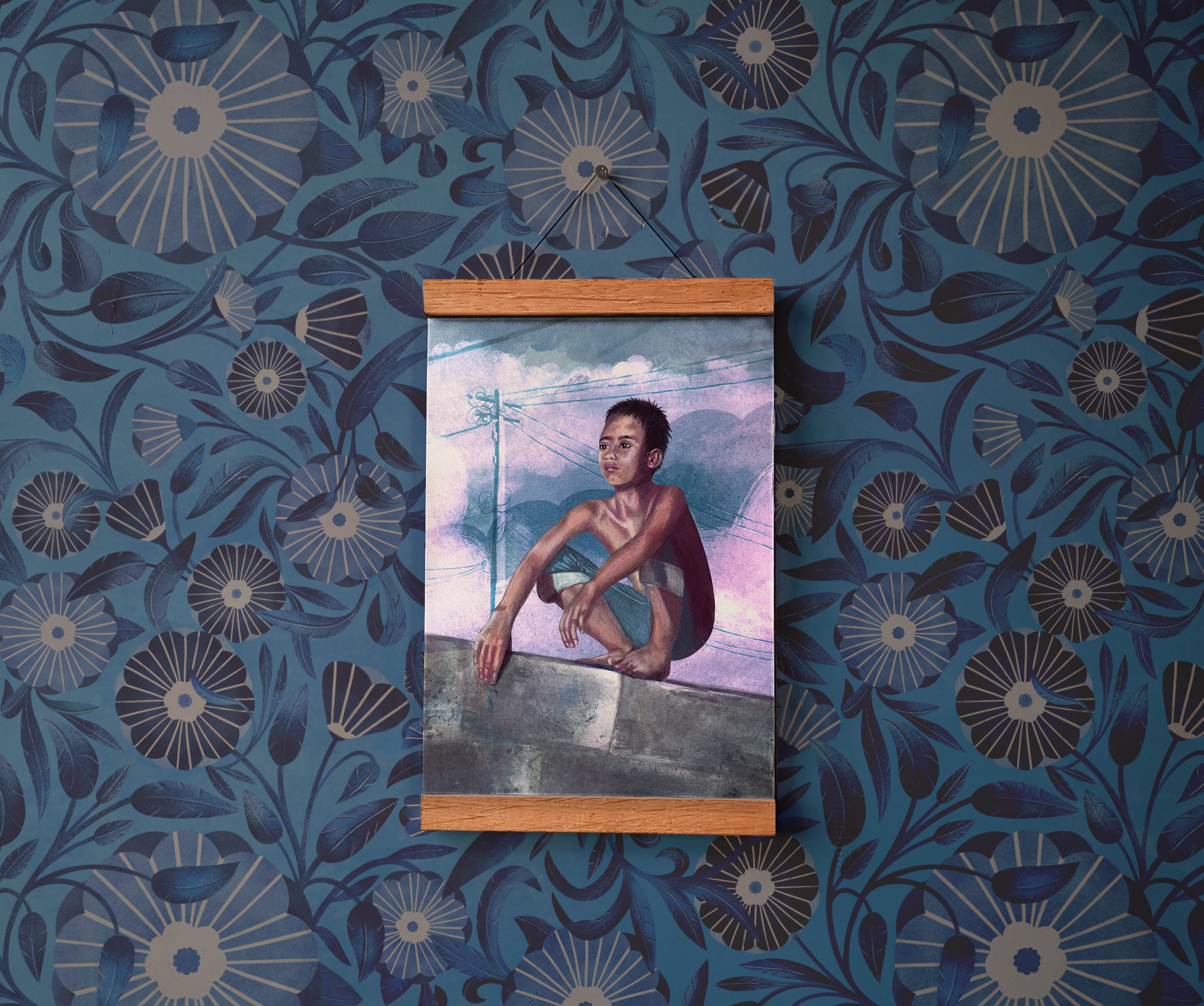
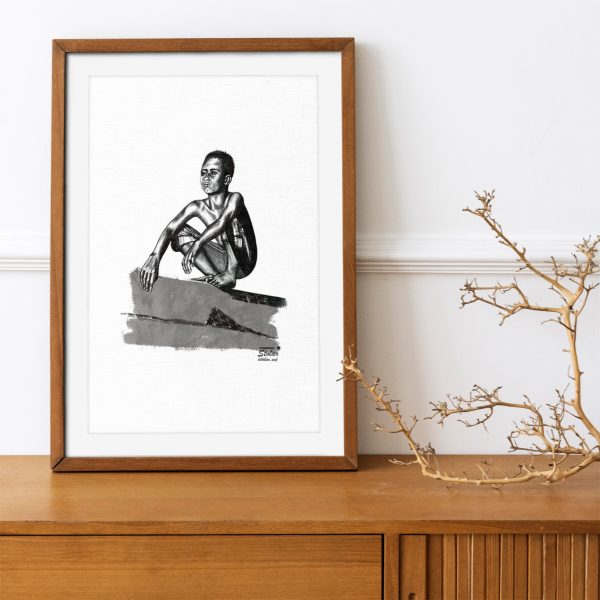
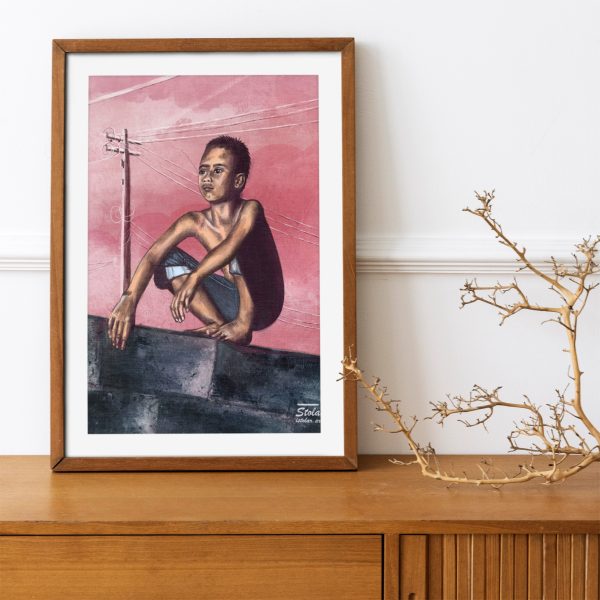
© all images are copyright of Isabelle Stolar
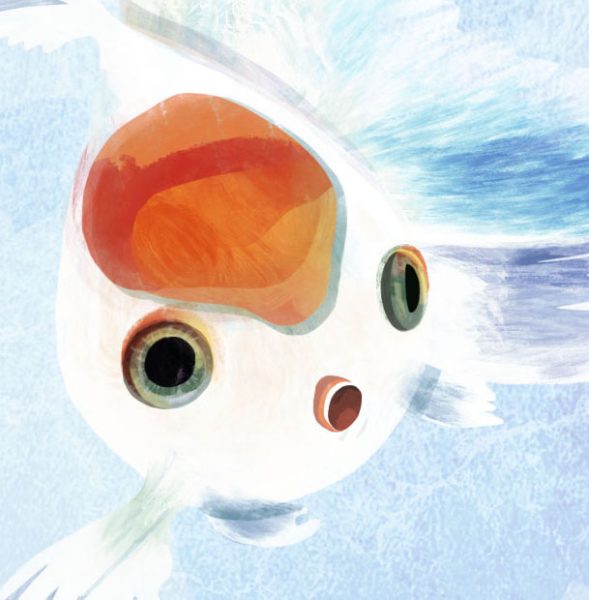
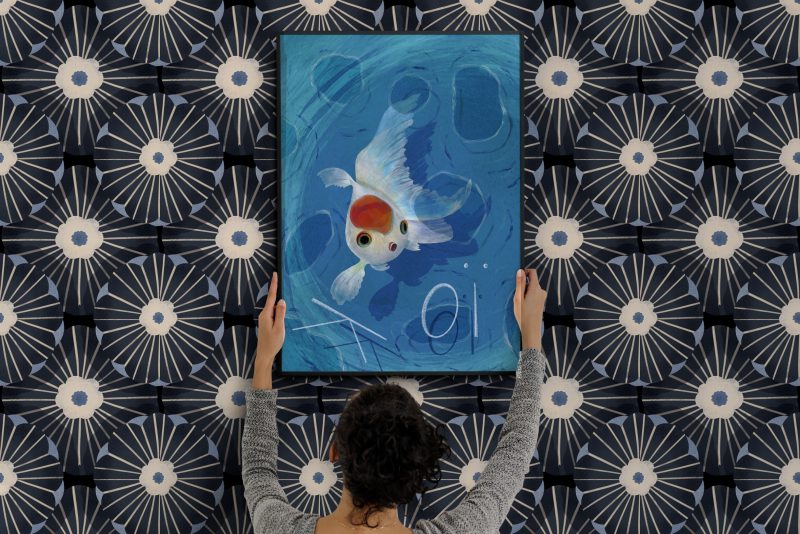


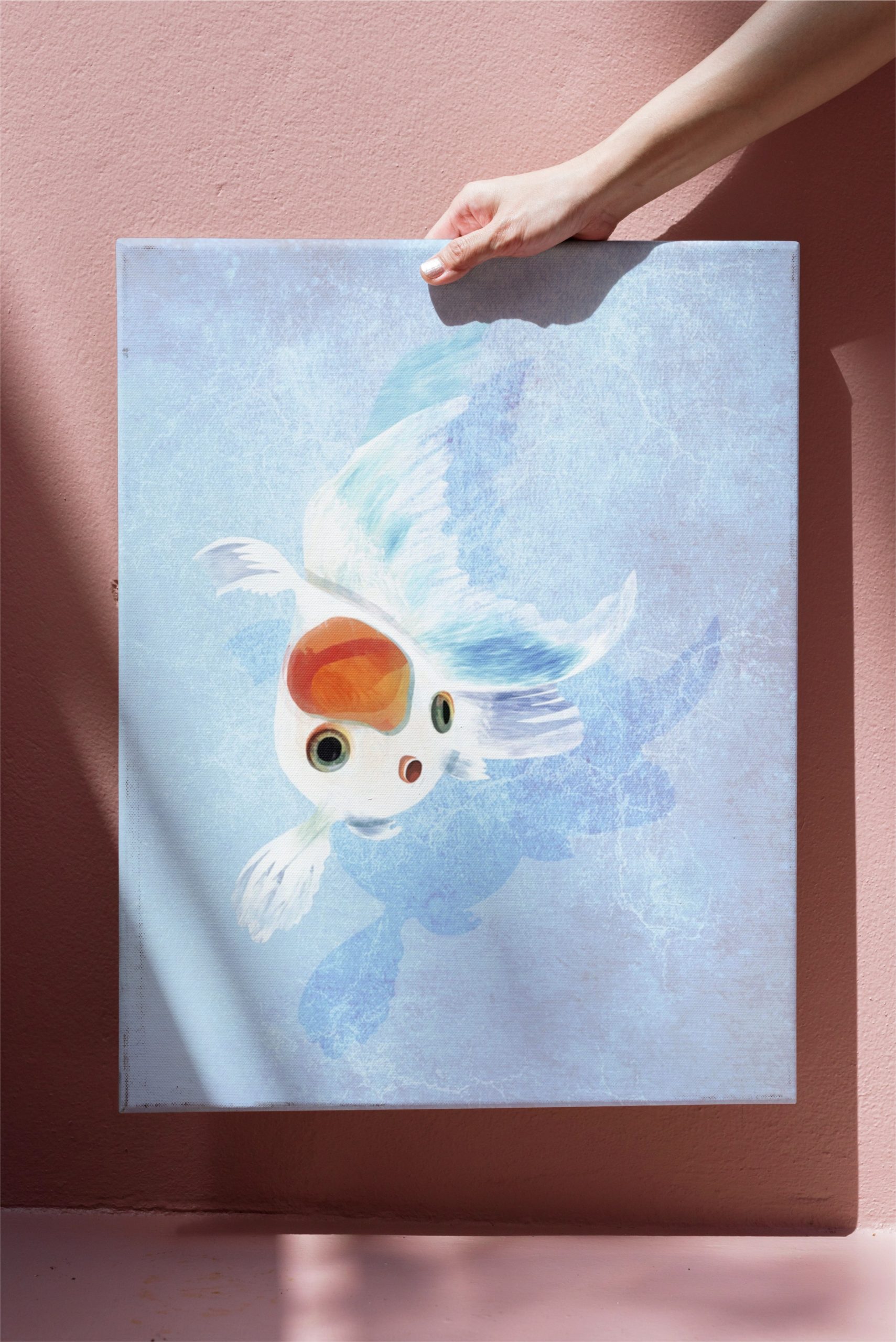
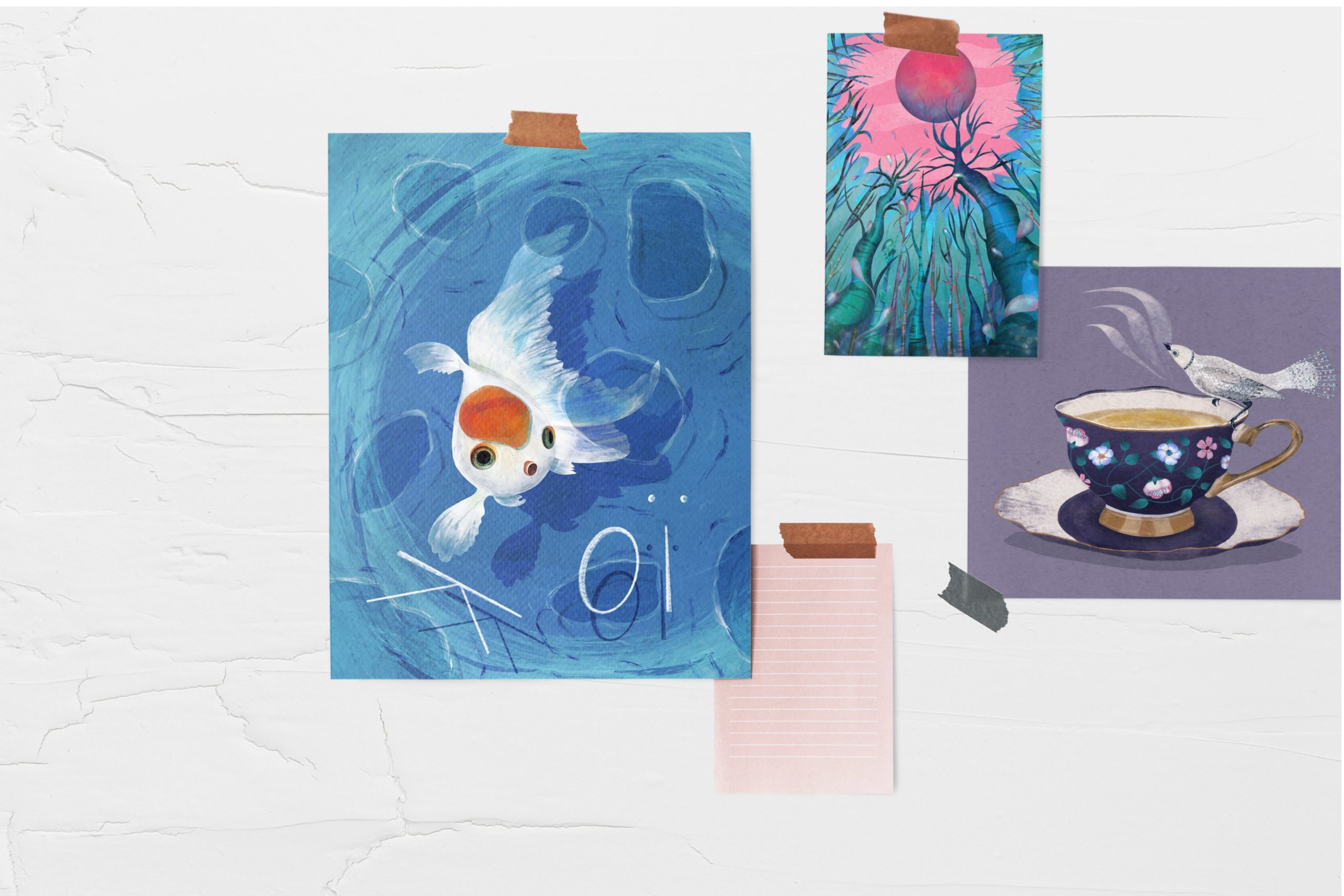
© all images are copyright of Isabelle Stolar
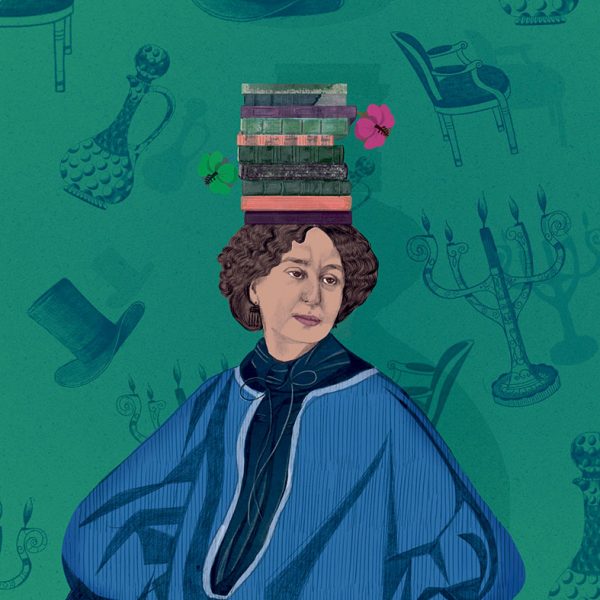
“L’art n’est pas une étude de la réalité positive; c’est une recherche de la vérité idéale.“ — GS
Elle était “Plus humaniste que féministe, égalitaire que communiste, universelle que champêtre“
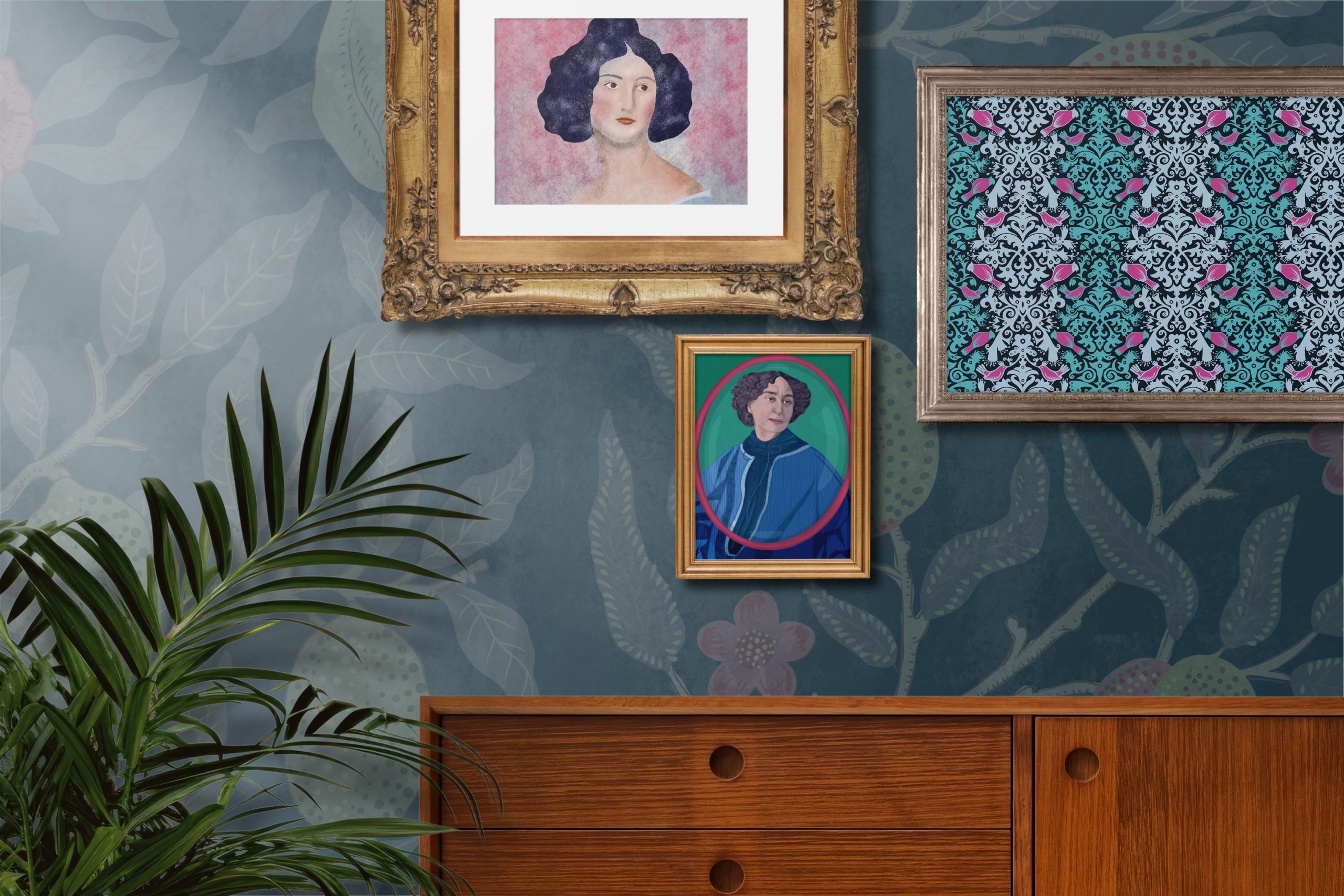
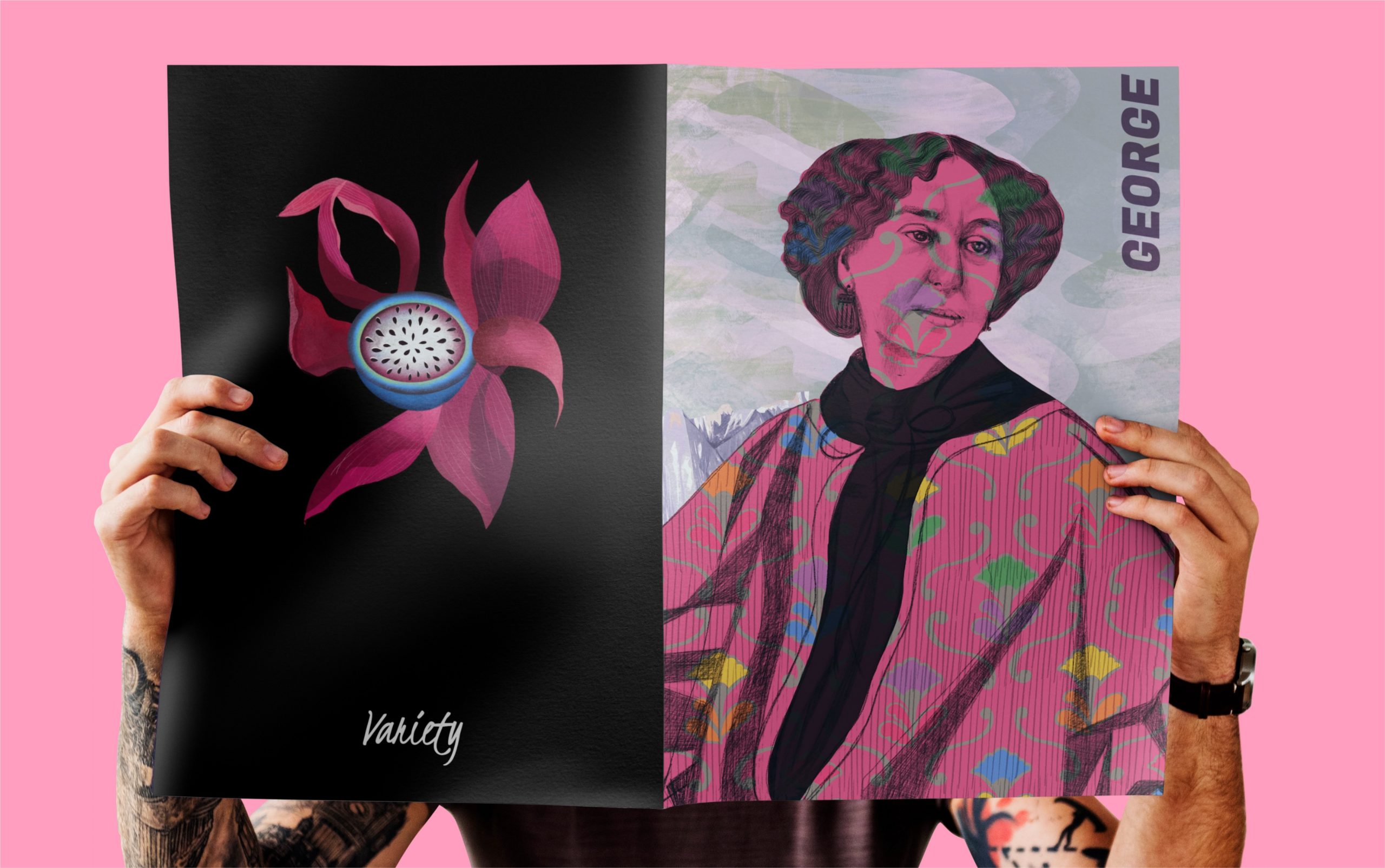
“Le souvenir est le parfum de l’âme.” G S
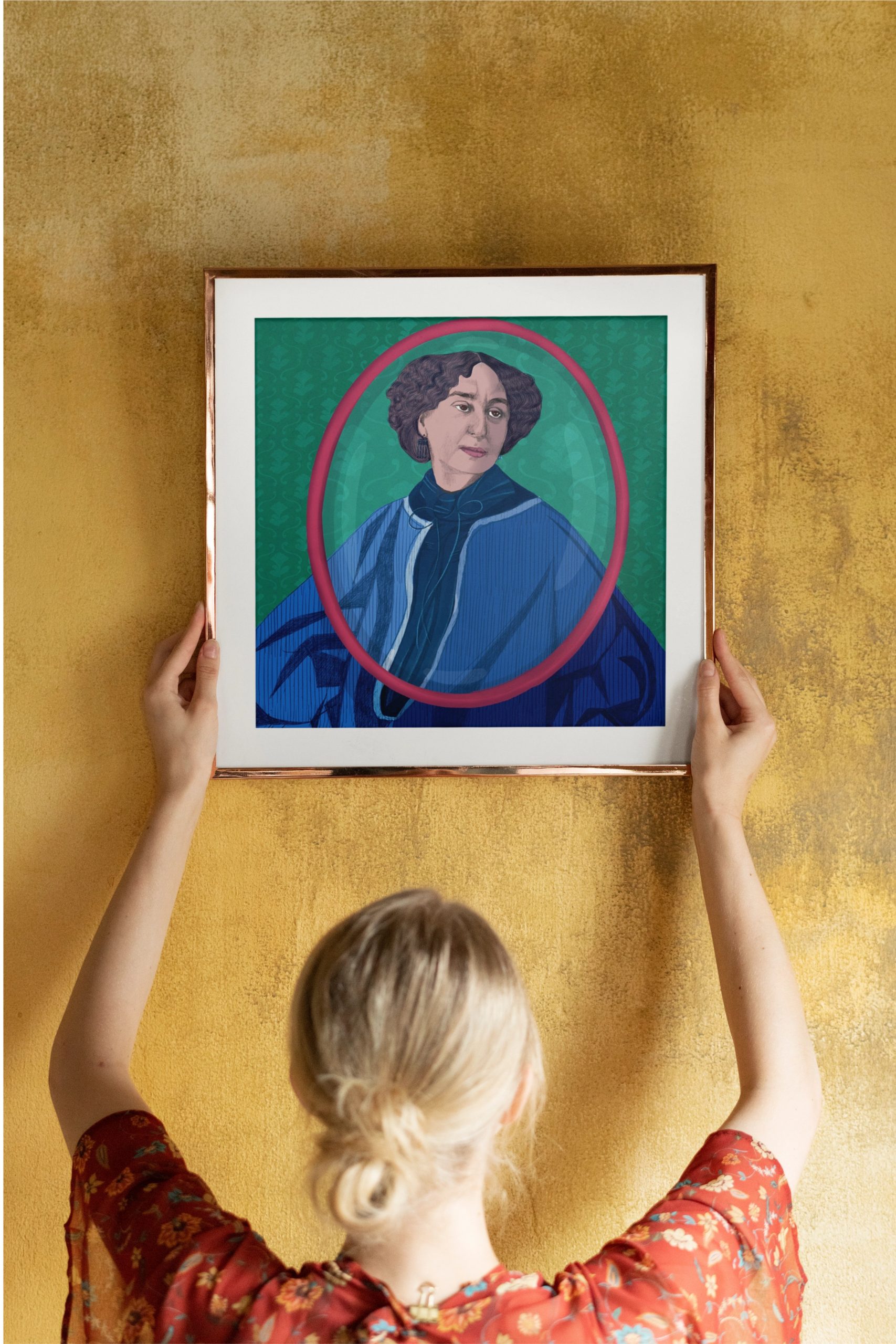
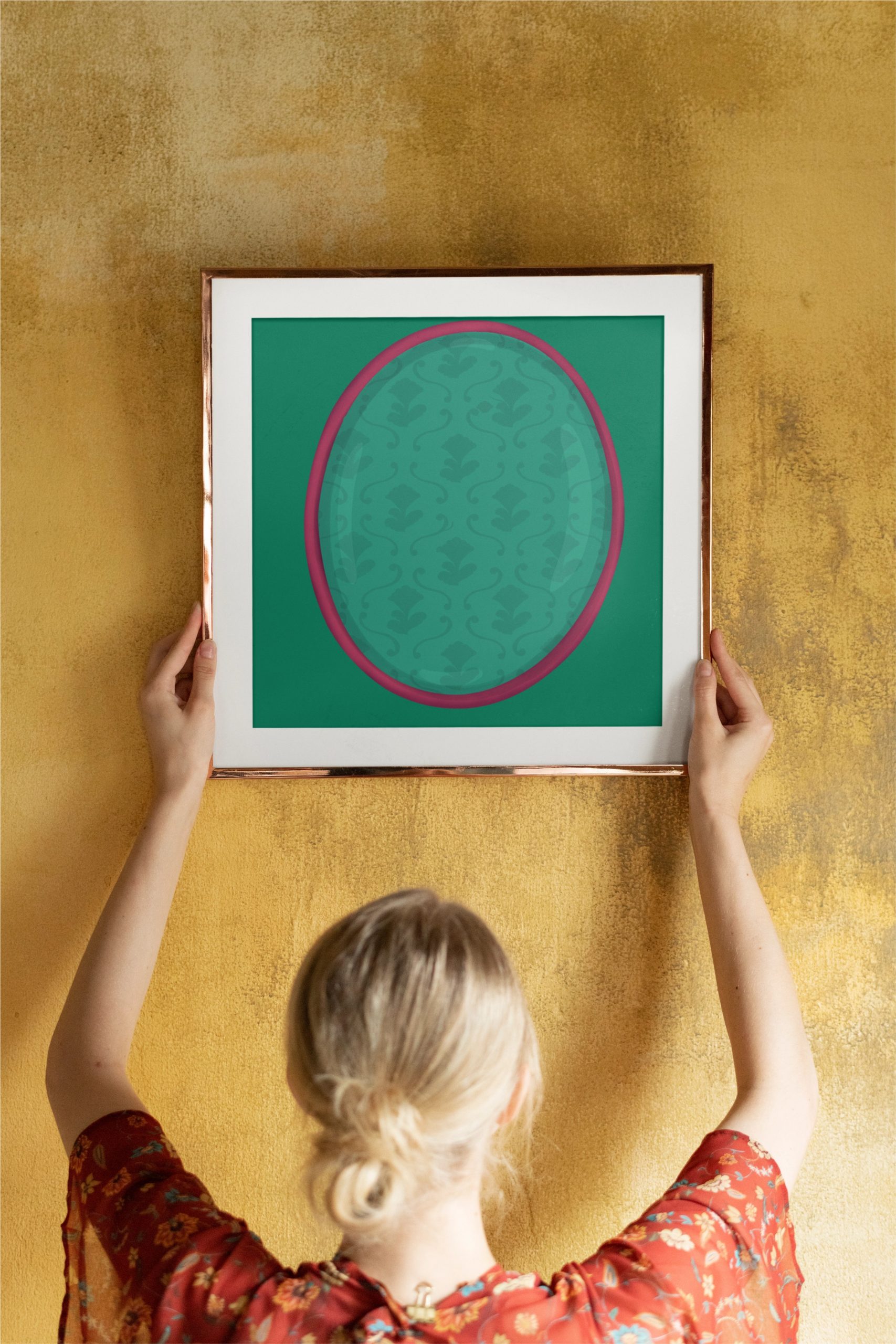
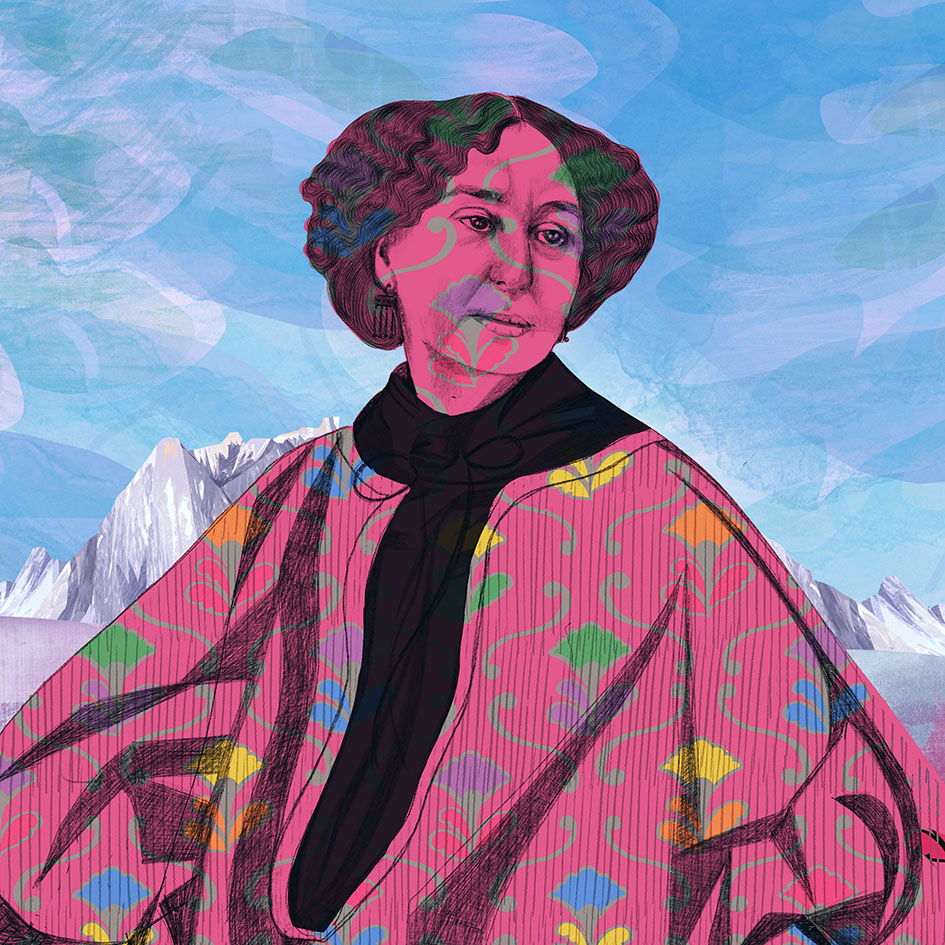
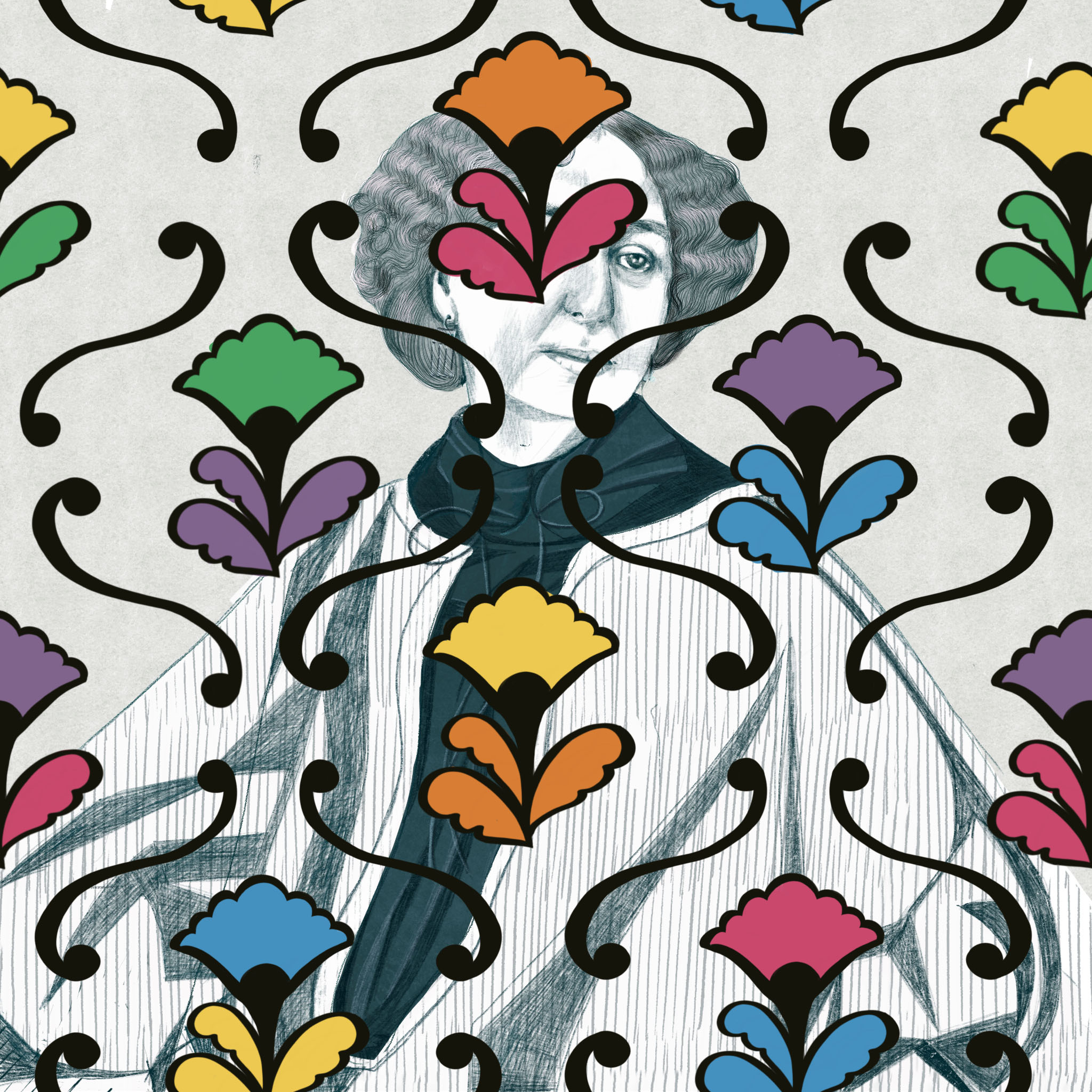
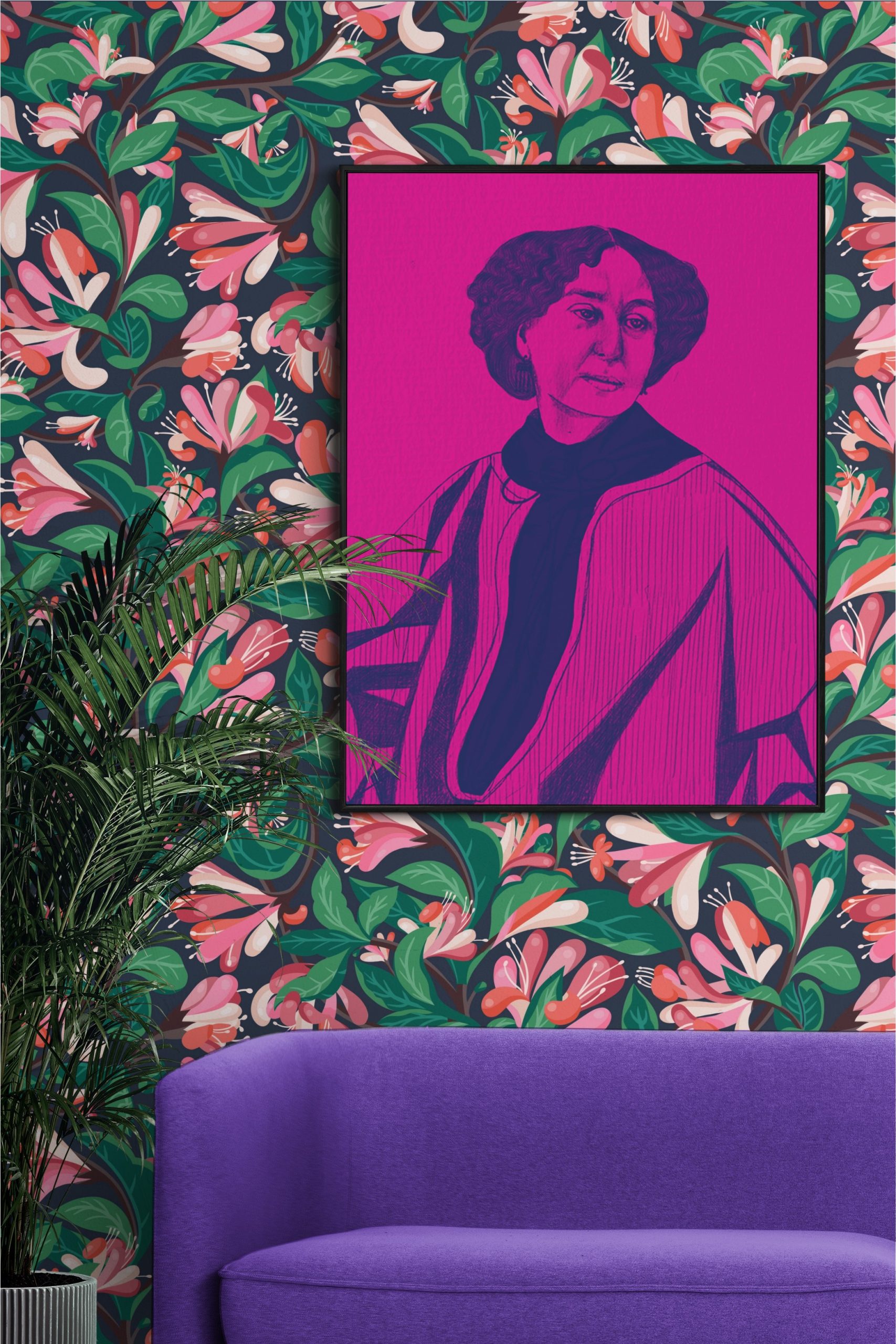
… des audios sur la vie et l oeuvre de George Sand sont listés dans le Blog
© all images are copyright of Isabelle Stolar
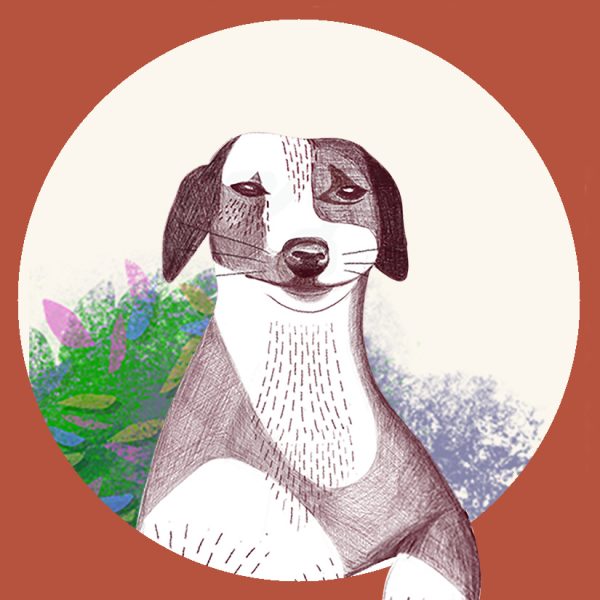
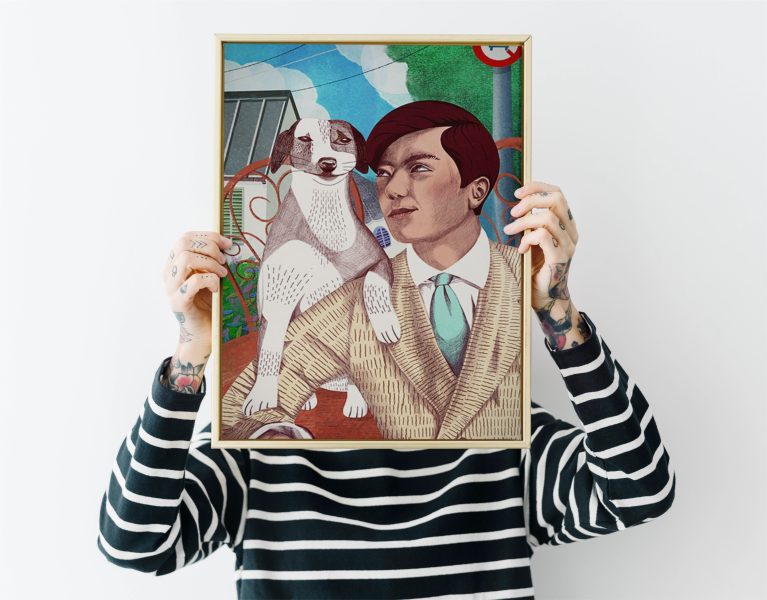
Prints available 21/29 and 30/40 cm print 23/30 cm – 200% gram Nautilus recycled paper – professional digital print
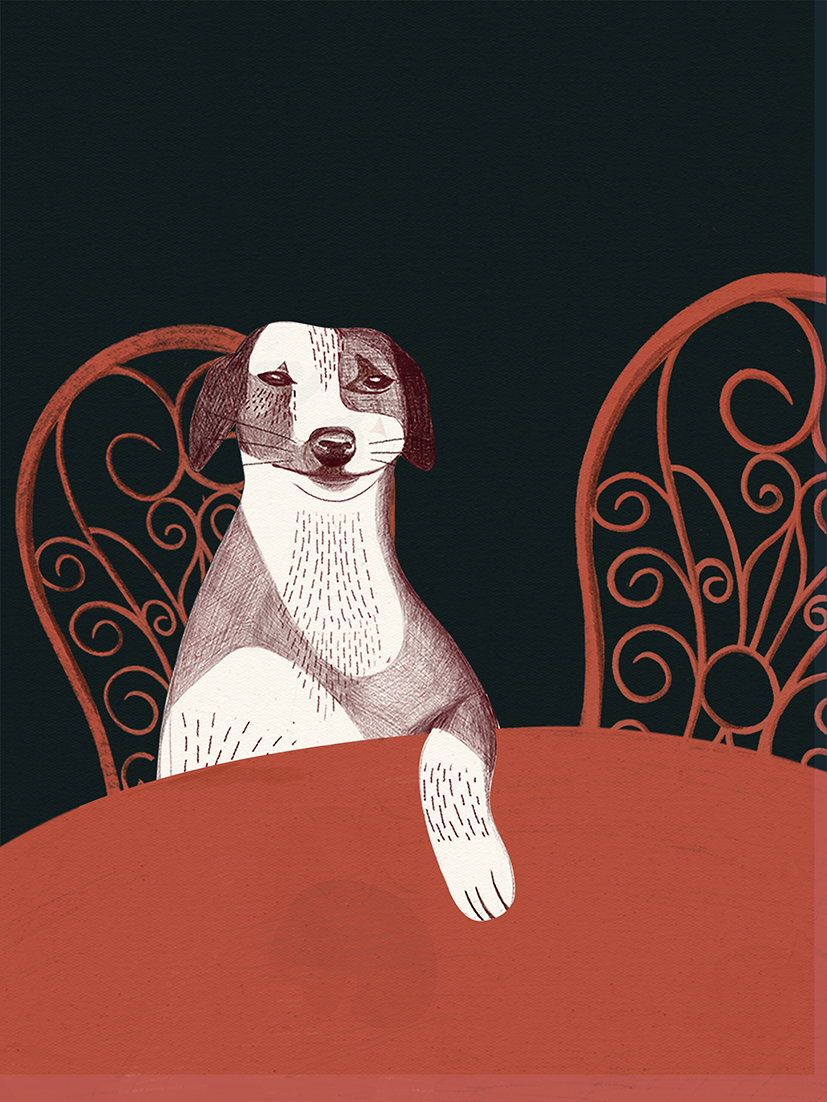
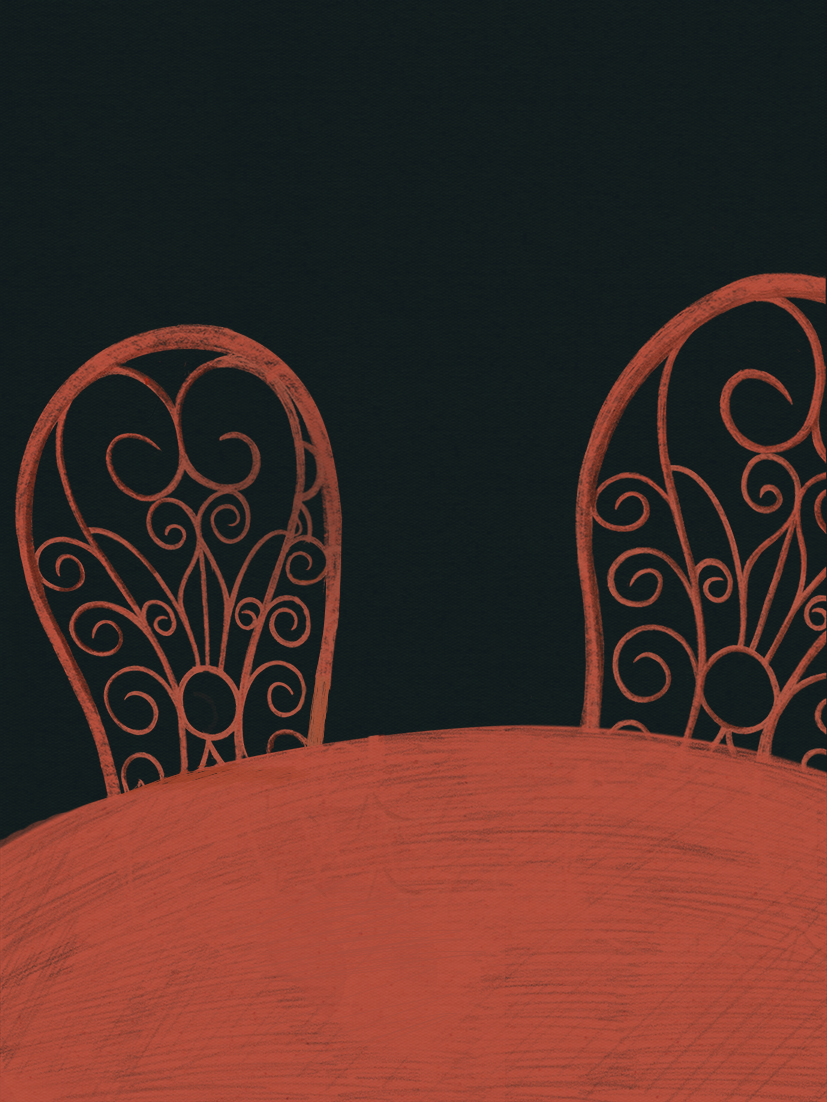
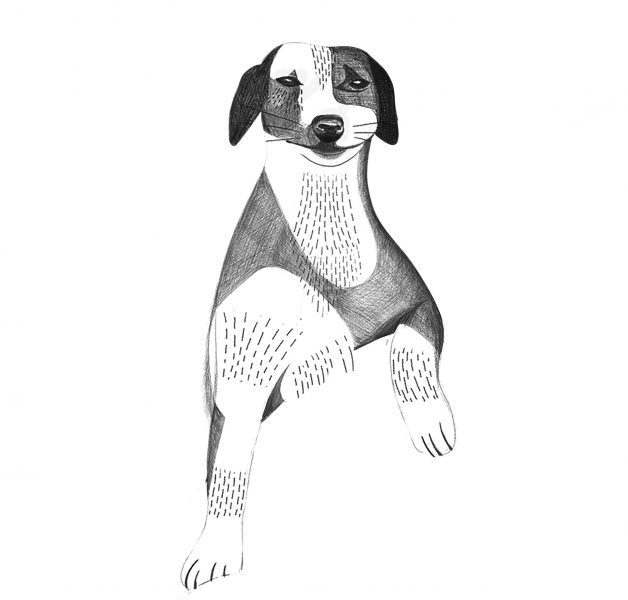
See draft & sketches in Blog
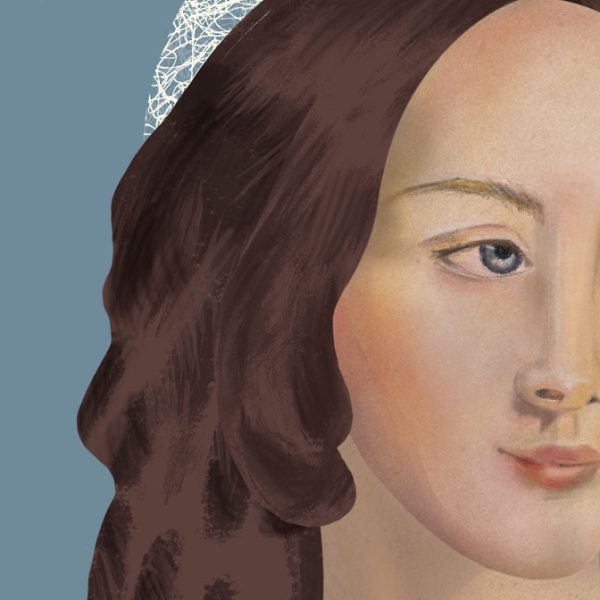
interprétation- mix media – du Portrait de Furstin Susupolt par Christina Robertson
F/ Parfois un dessin reste là où il en est. Au départ, je prévoyais de détailler les cheveux et les textures puis à un moment j’ai décidé d’en rester là … vous connaissez ce sentiment que le sketch se tient mieux que le dessin abouti? #travailpersonnel
ENGL / Sometimes it is best when a drawing stays the way it even-though it is not finished.
Initially, I planned to detail hair and textures but at one point I decided to leave where it was… do you know that feeling when the sketch stands better than the finished version of a drawing? #personalwork
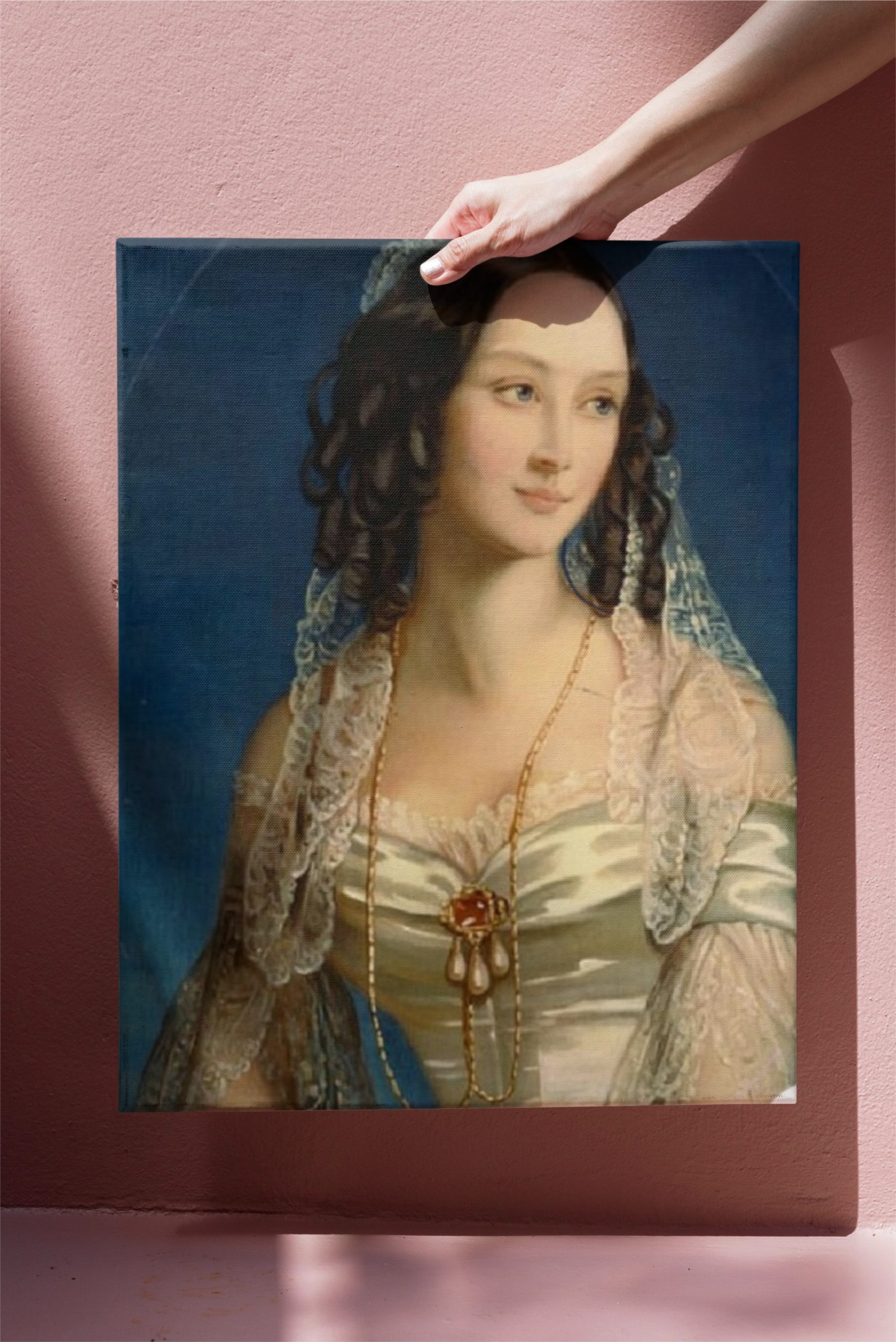
modèle
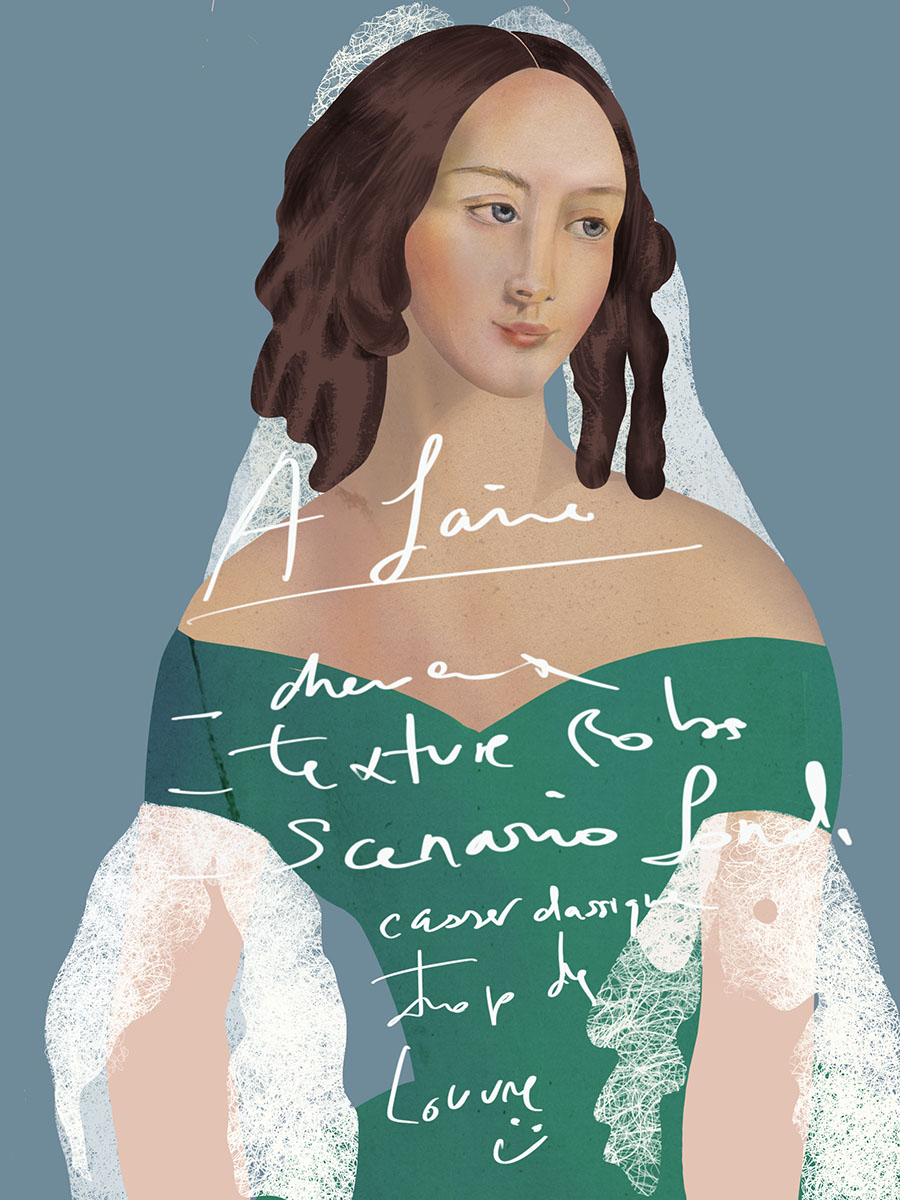
procreate non achieved version
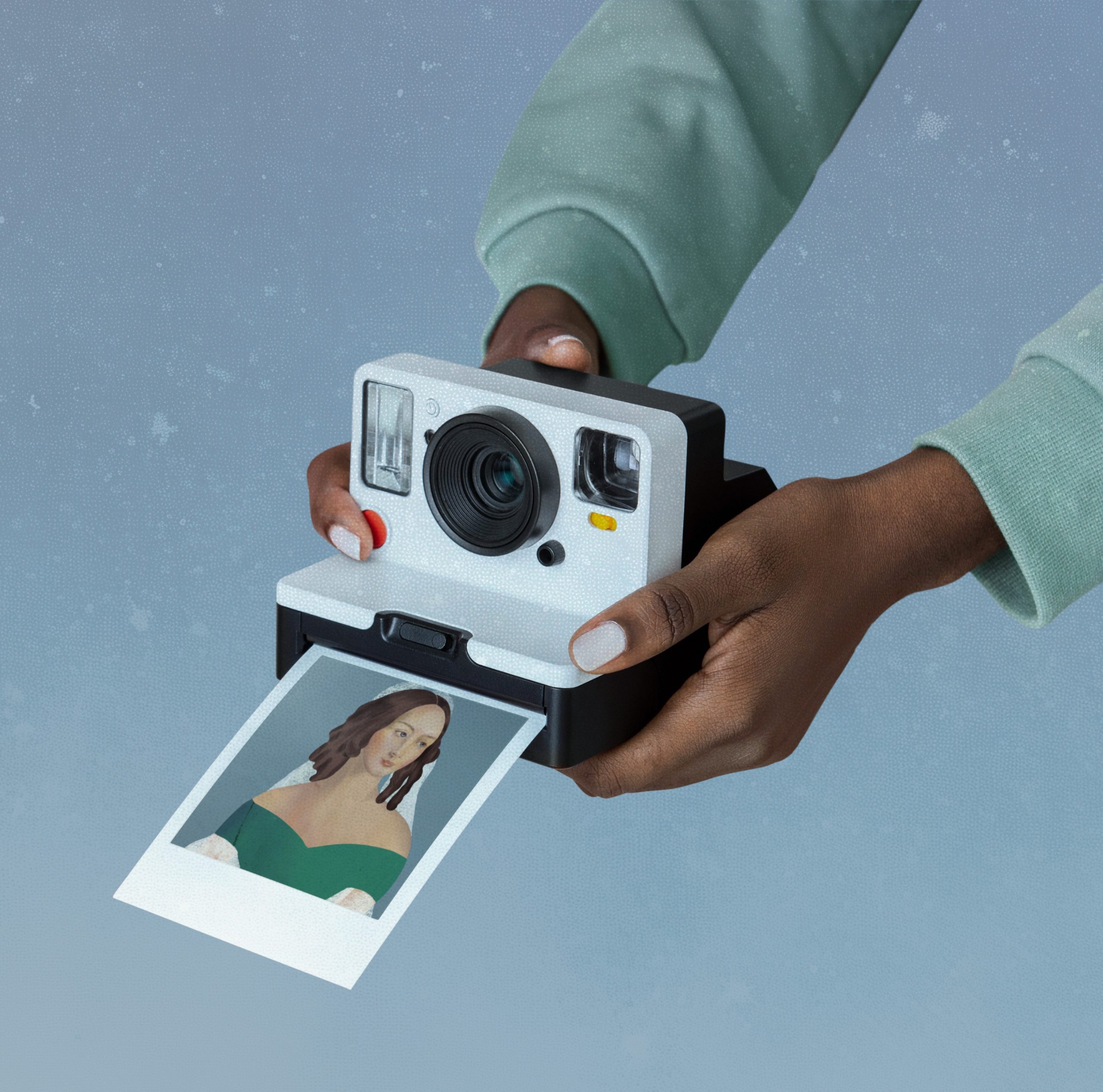
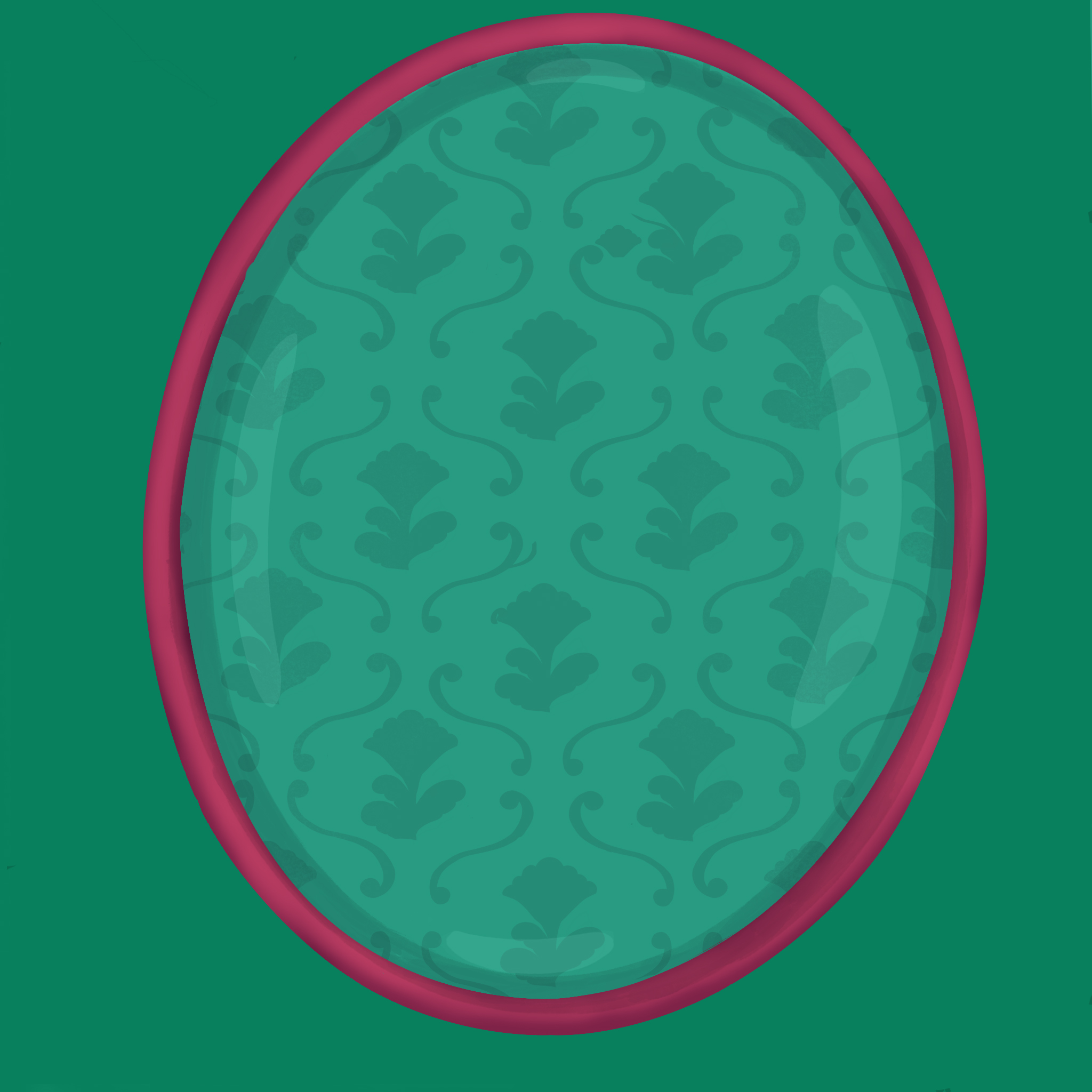
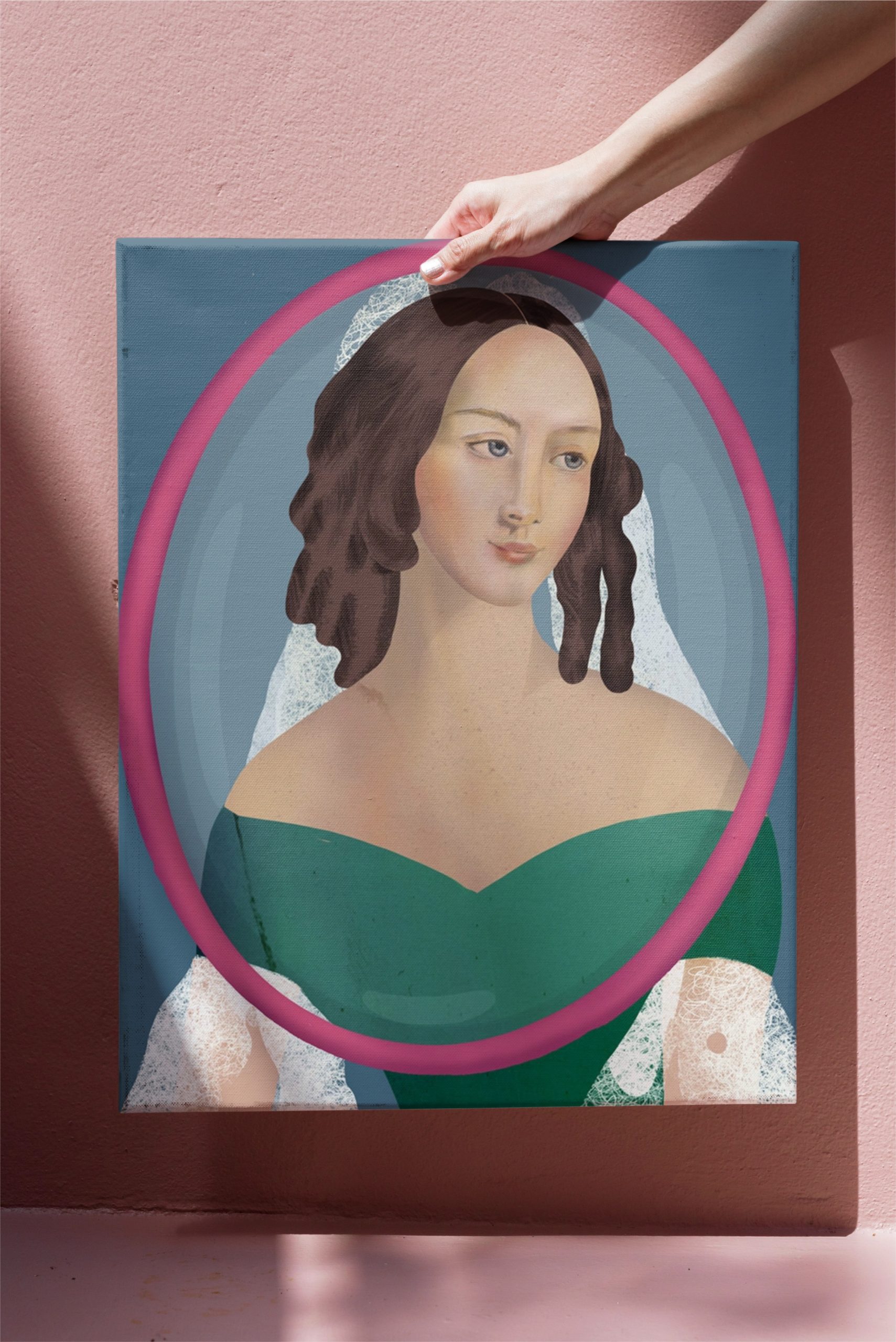
© all images are copyright of Isabelle Stolar
See sketches in Blog
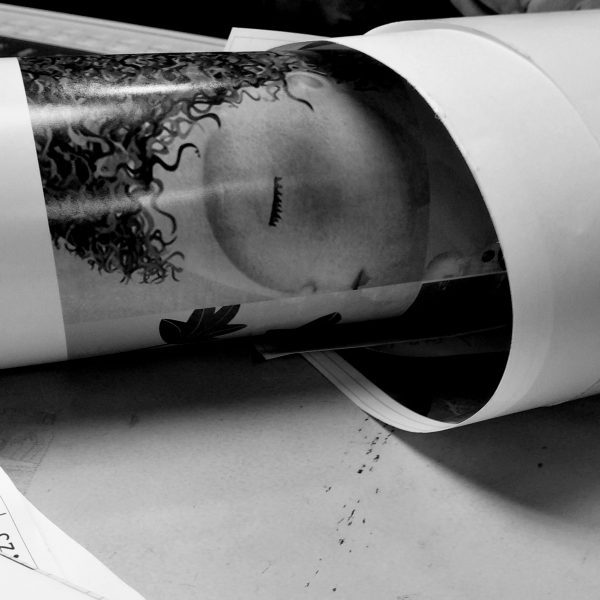
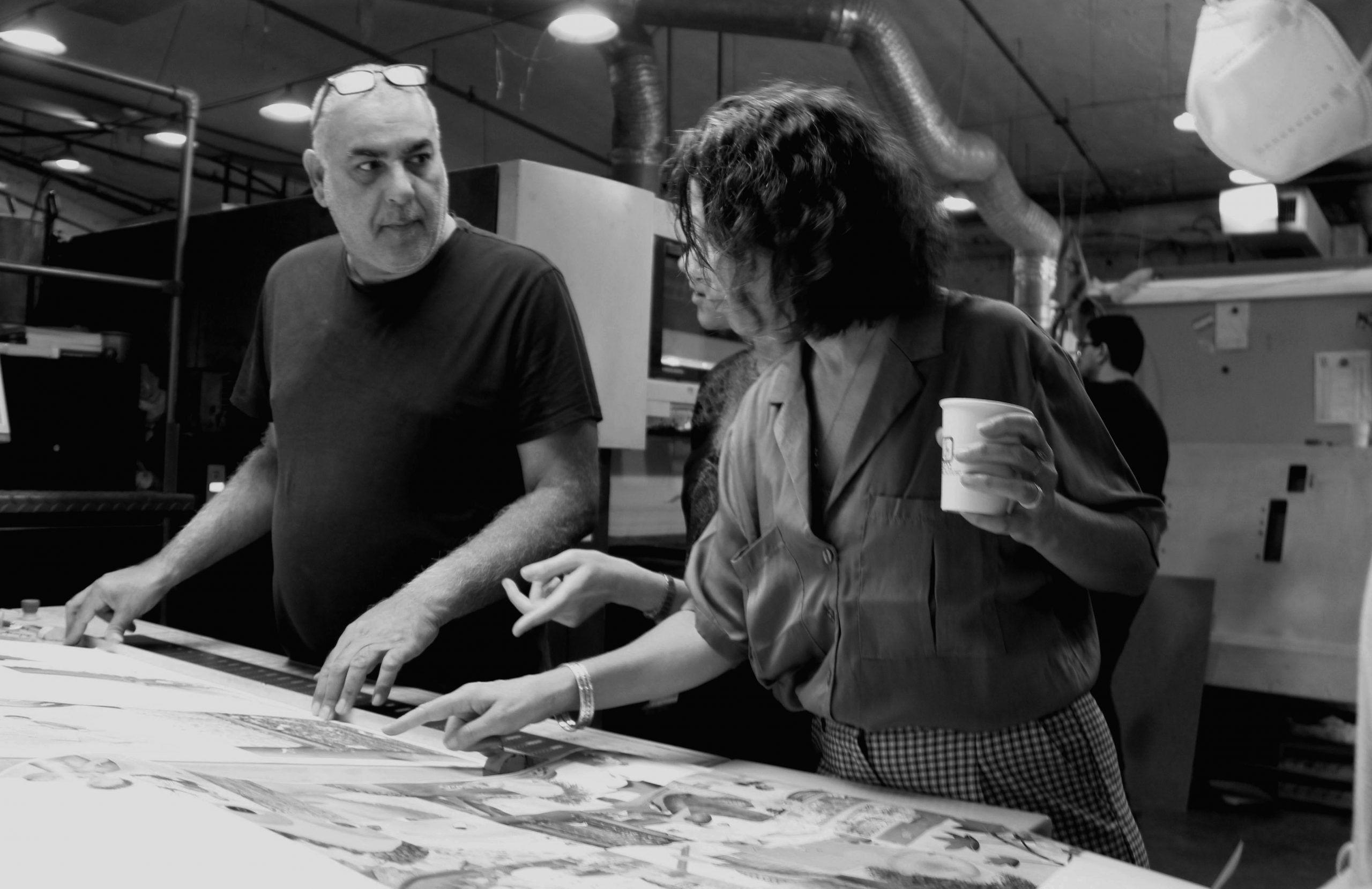
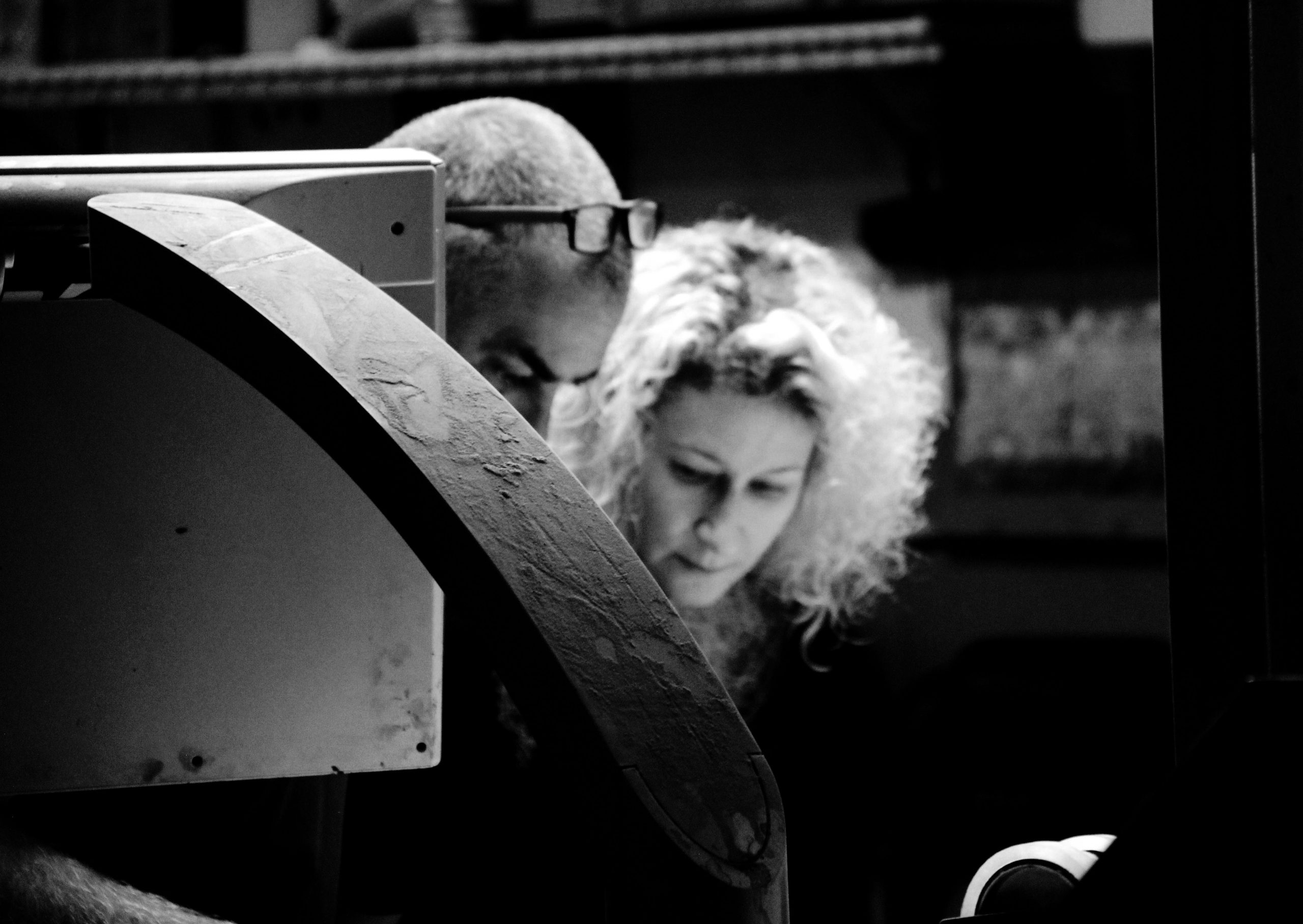
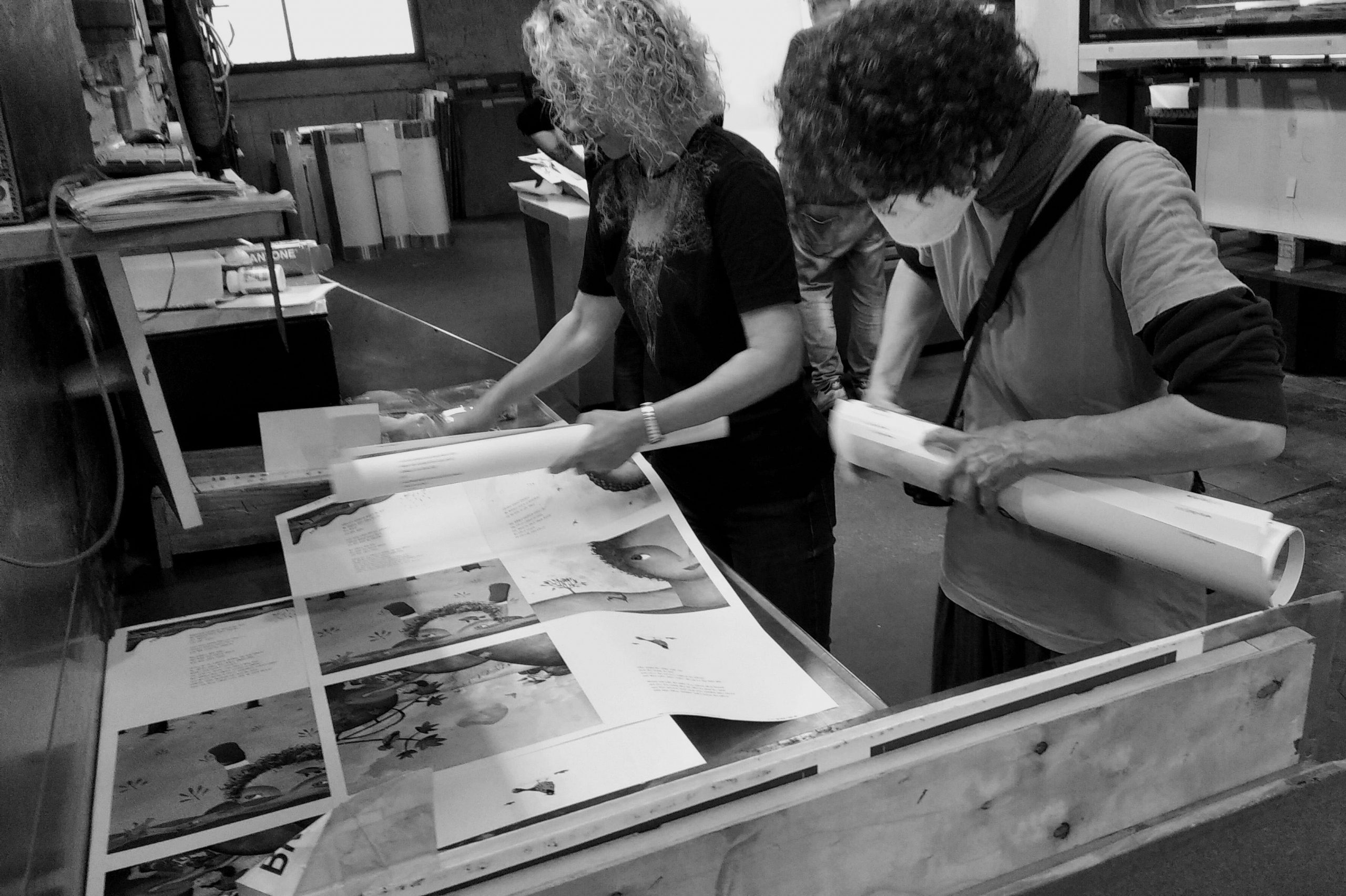
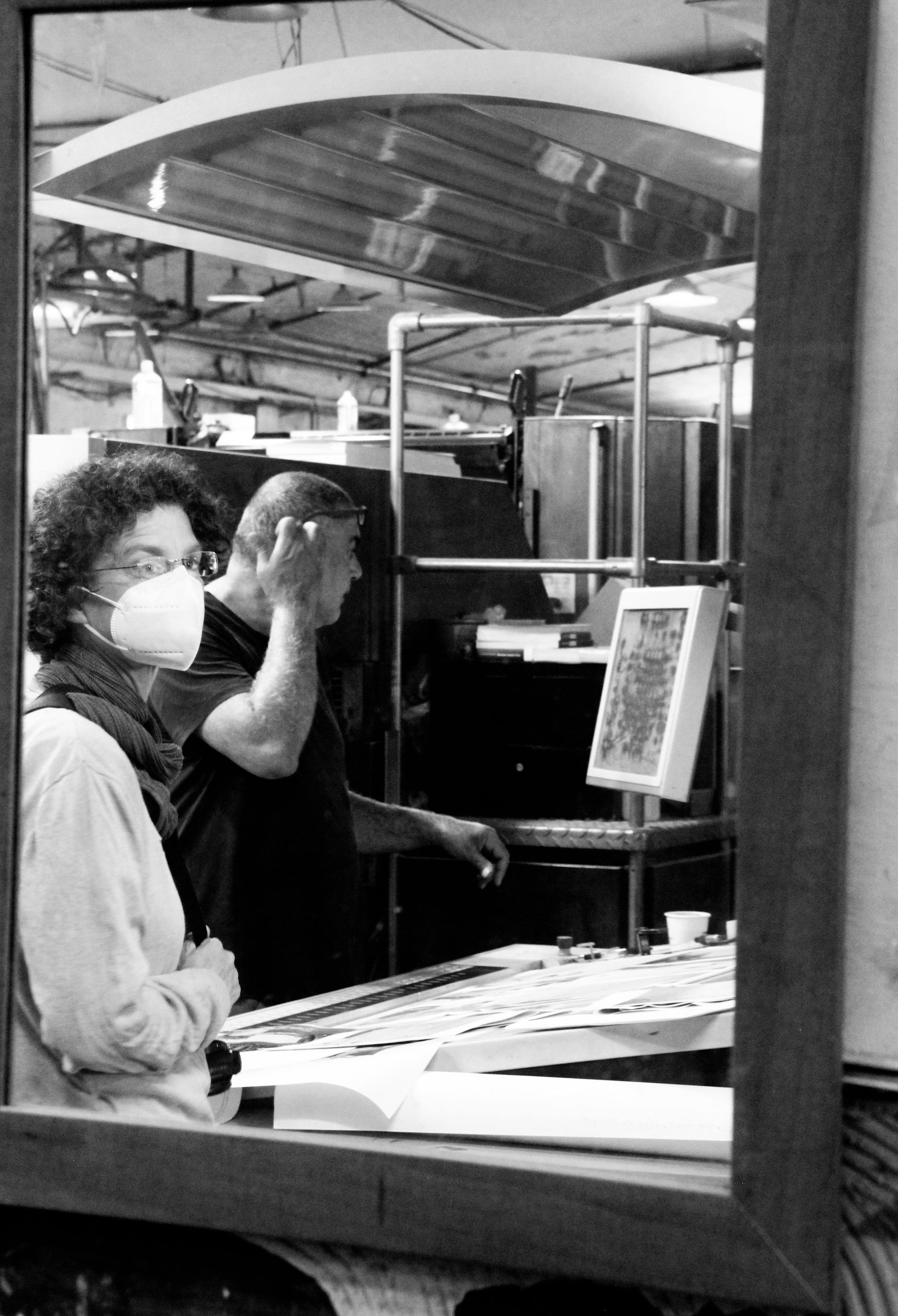
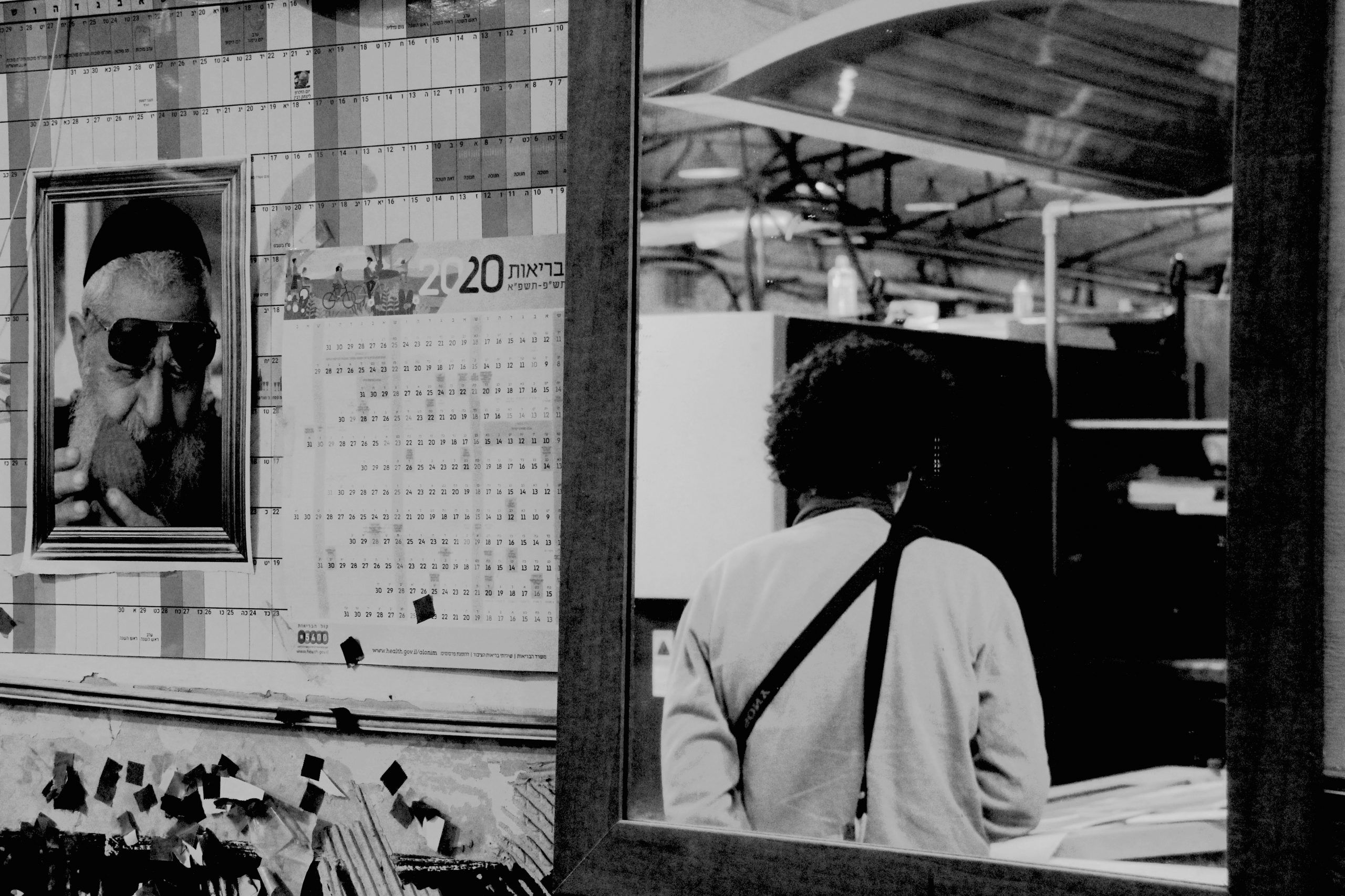
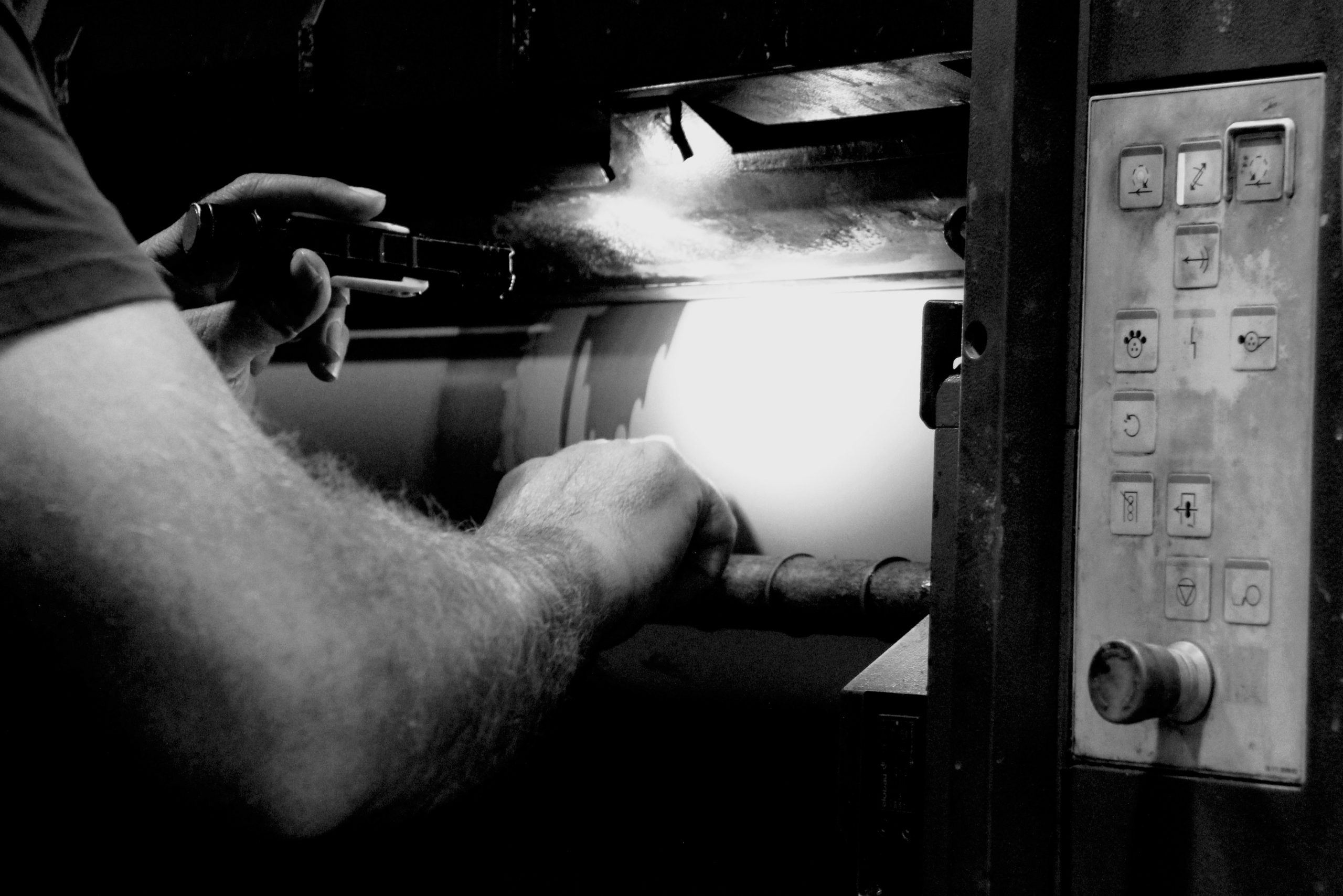
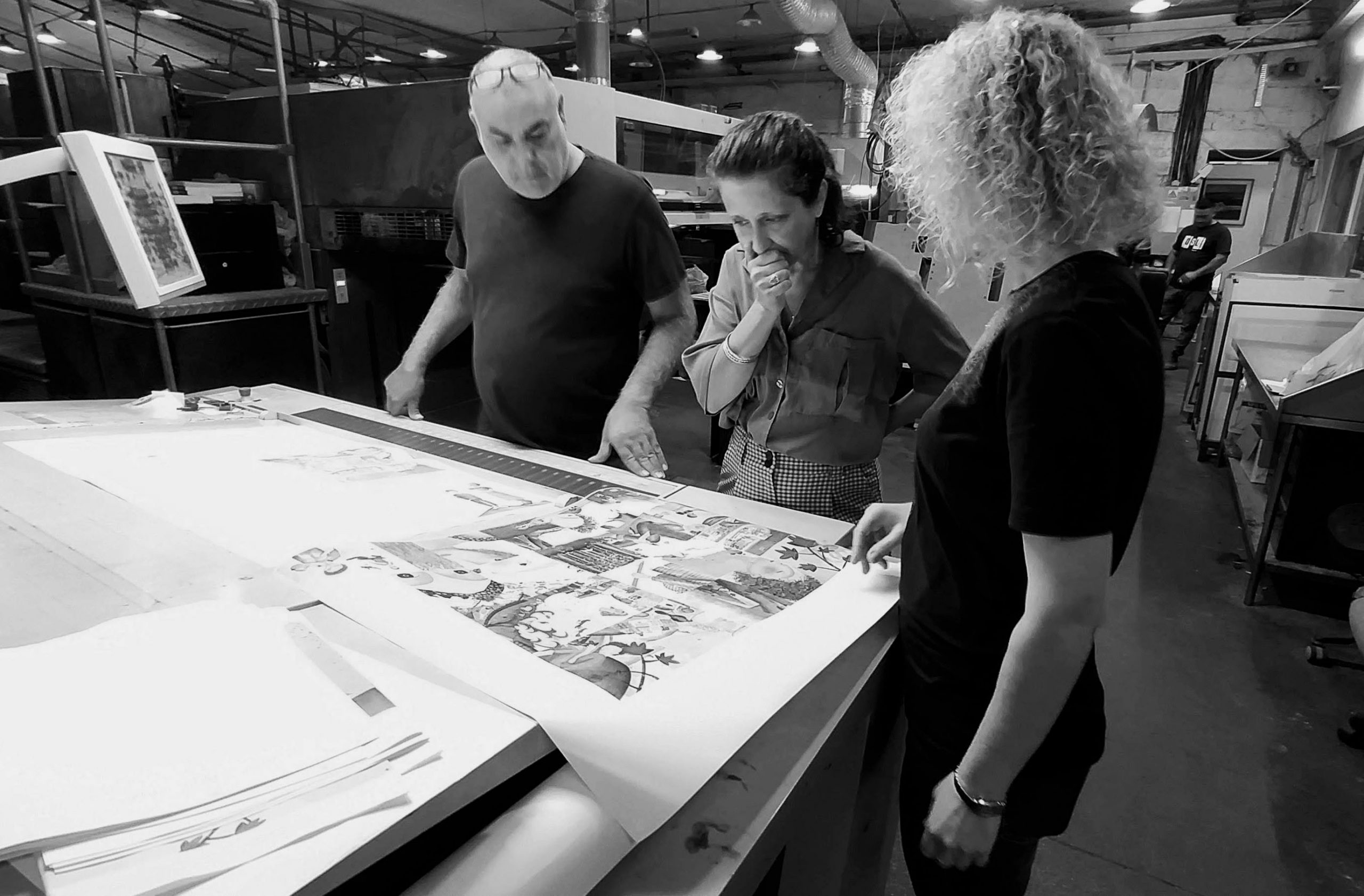
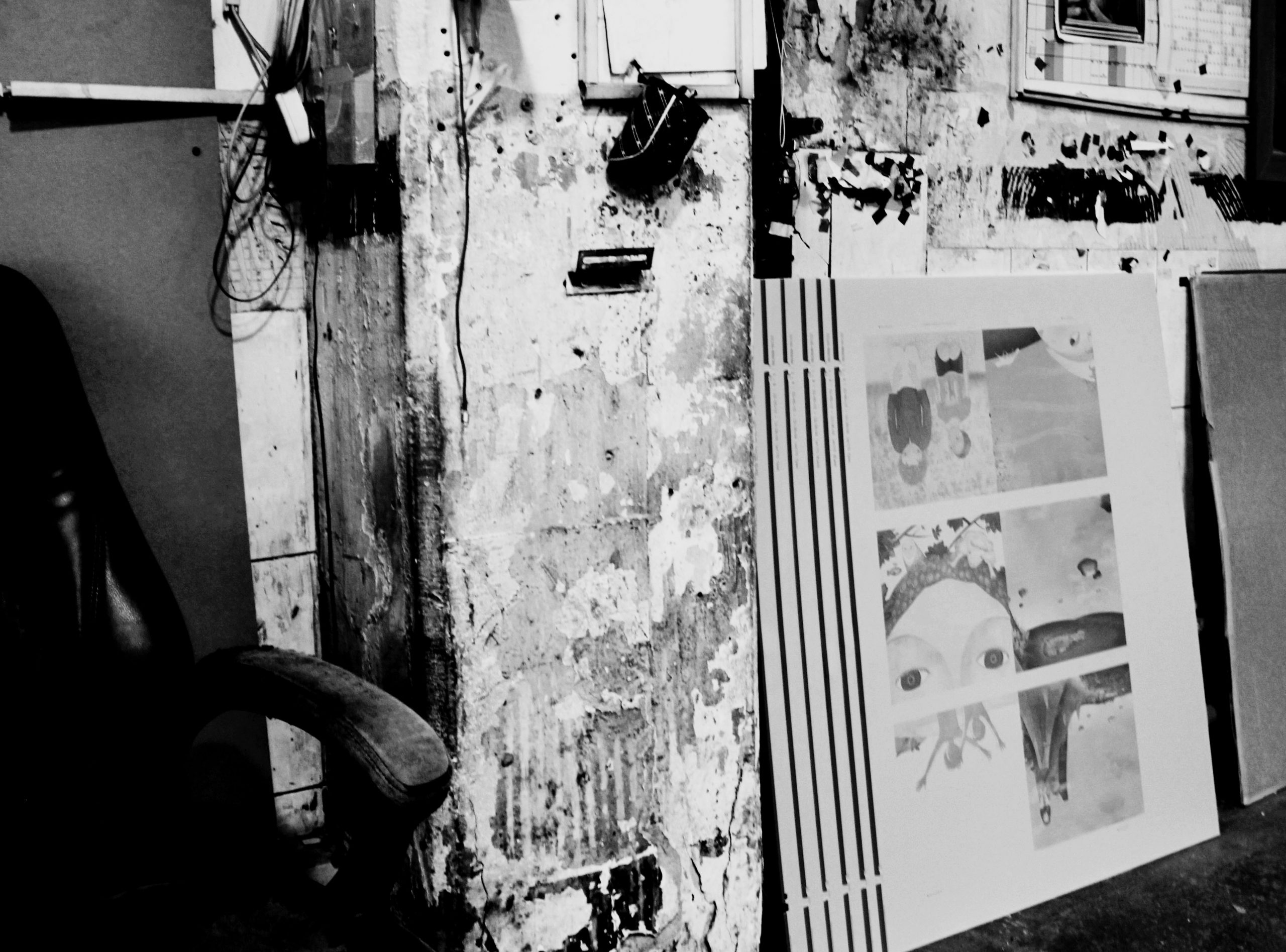
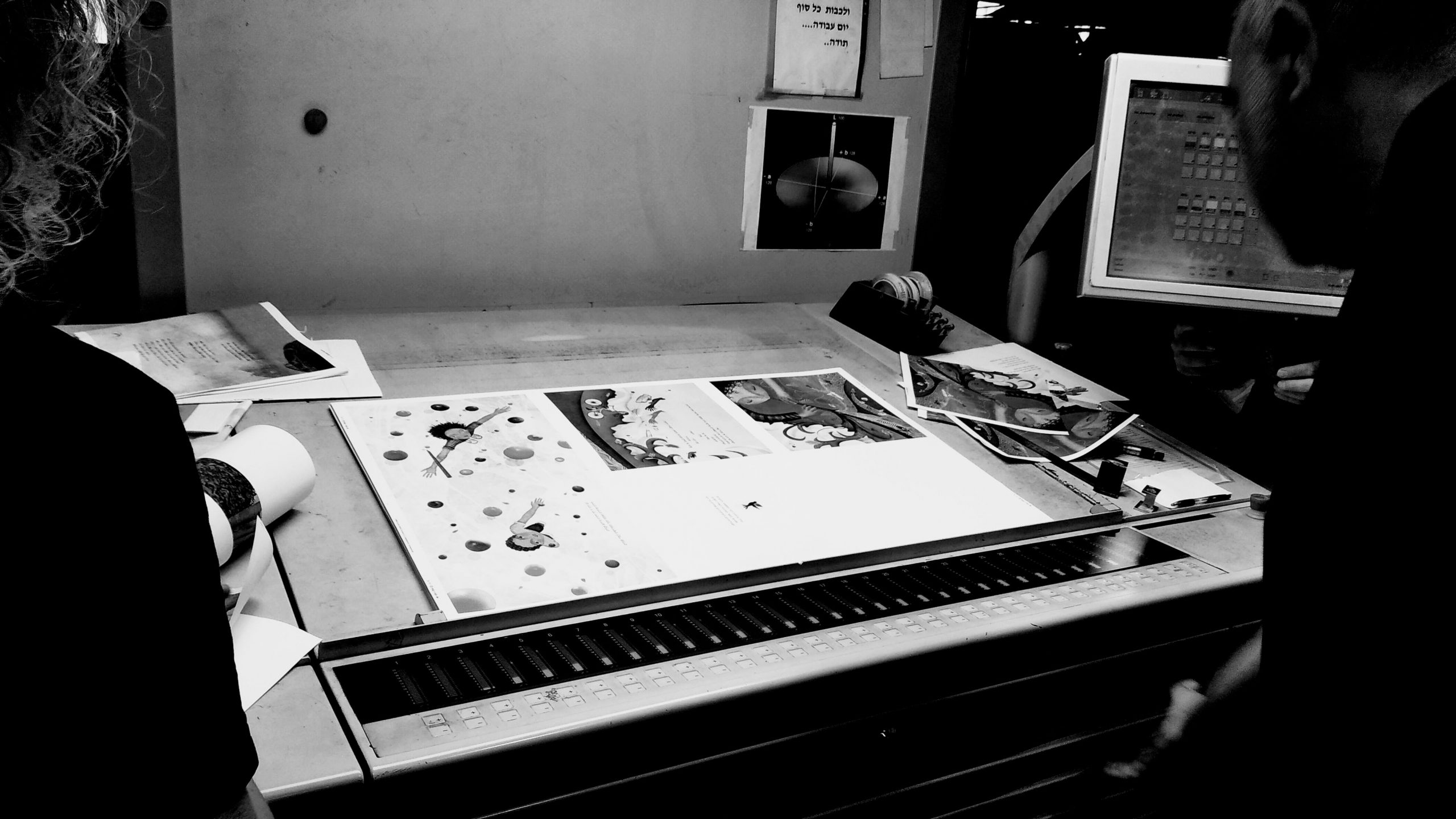
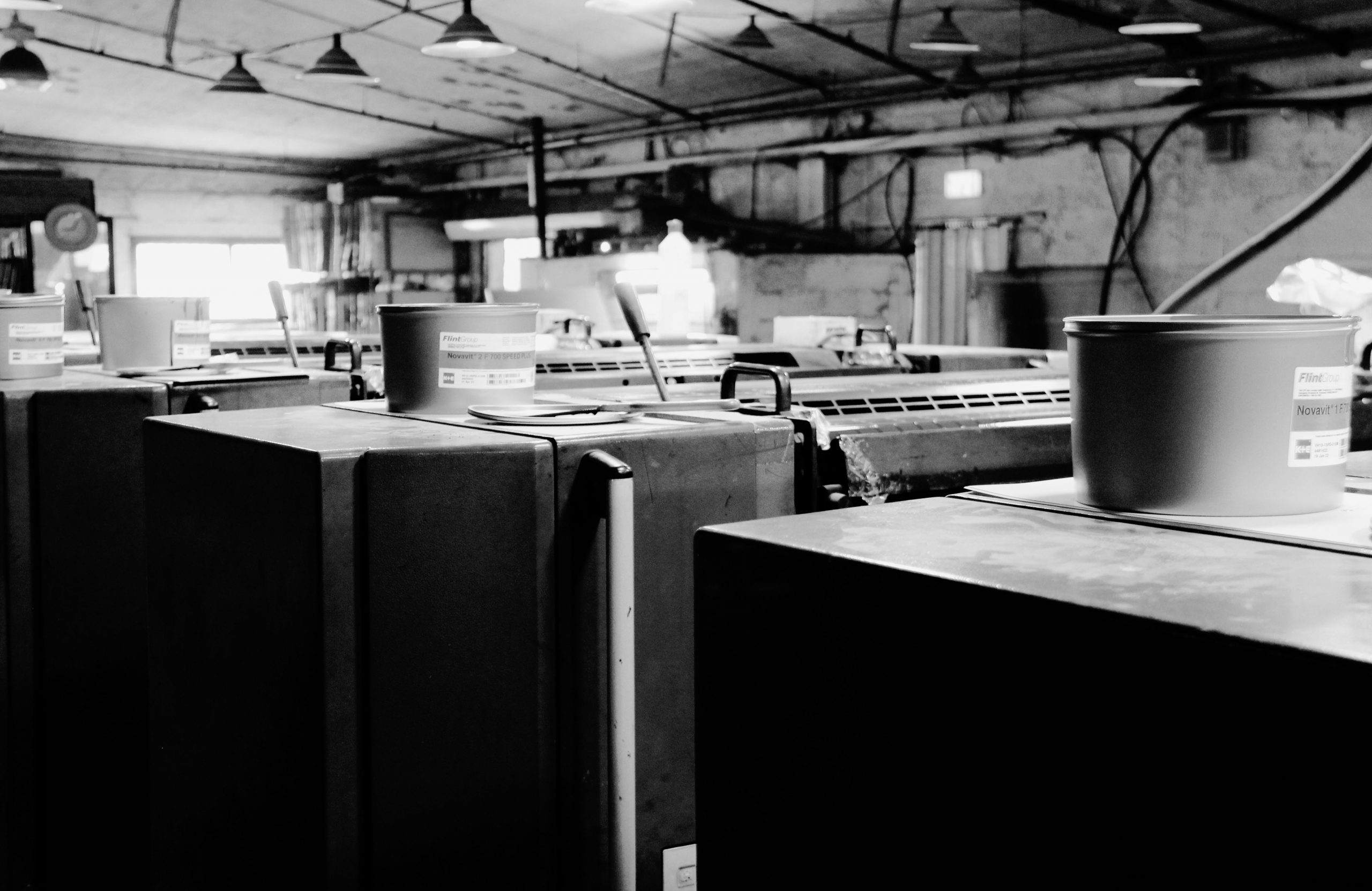
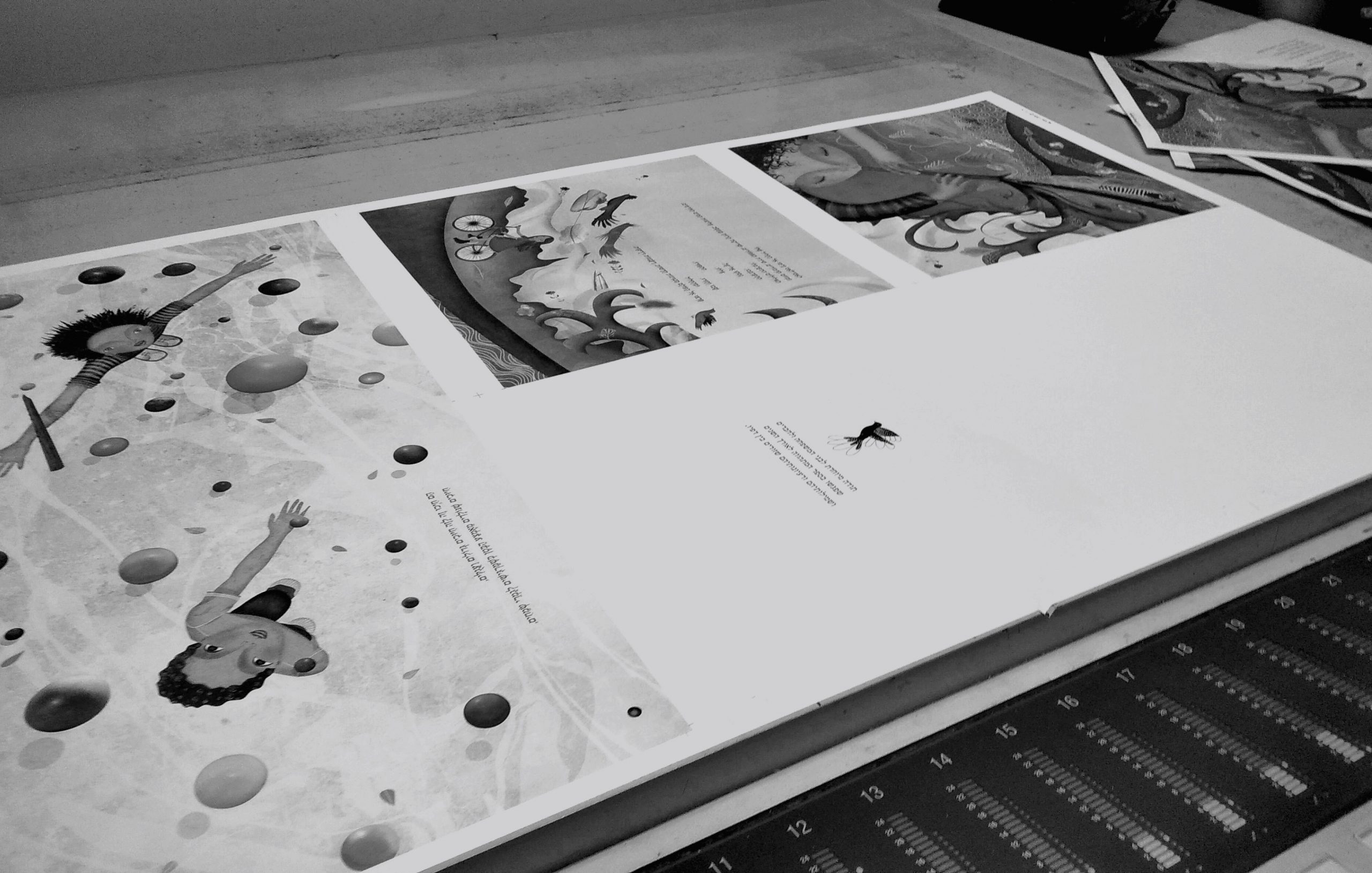
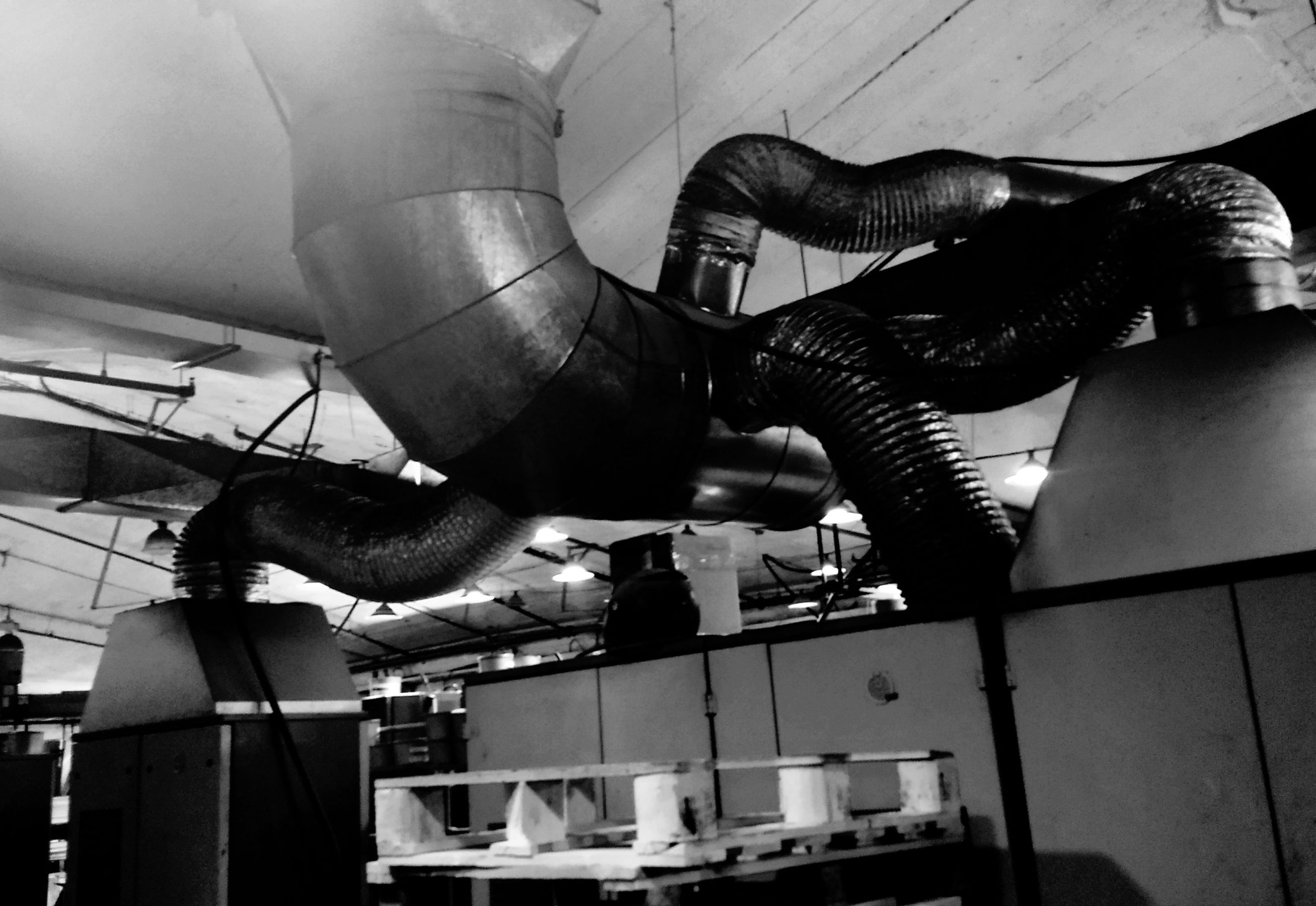
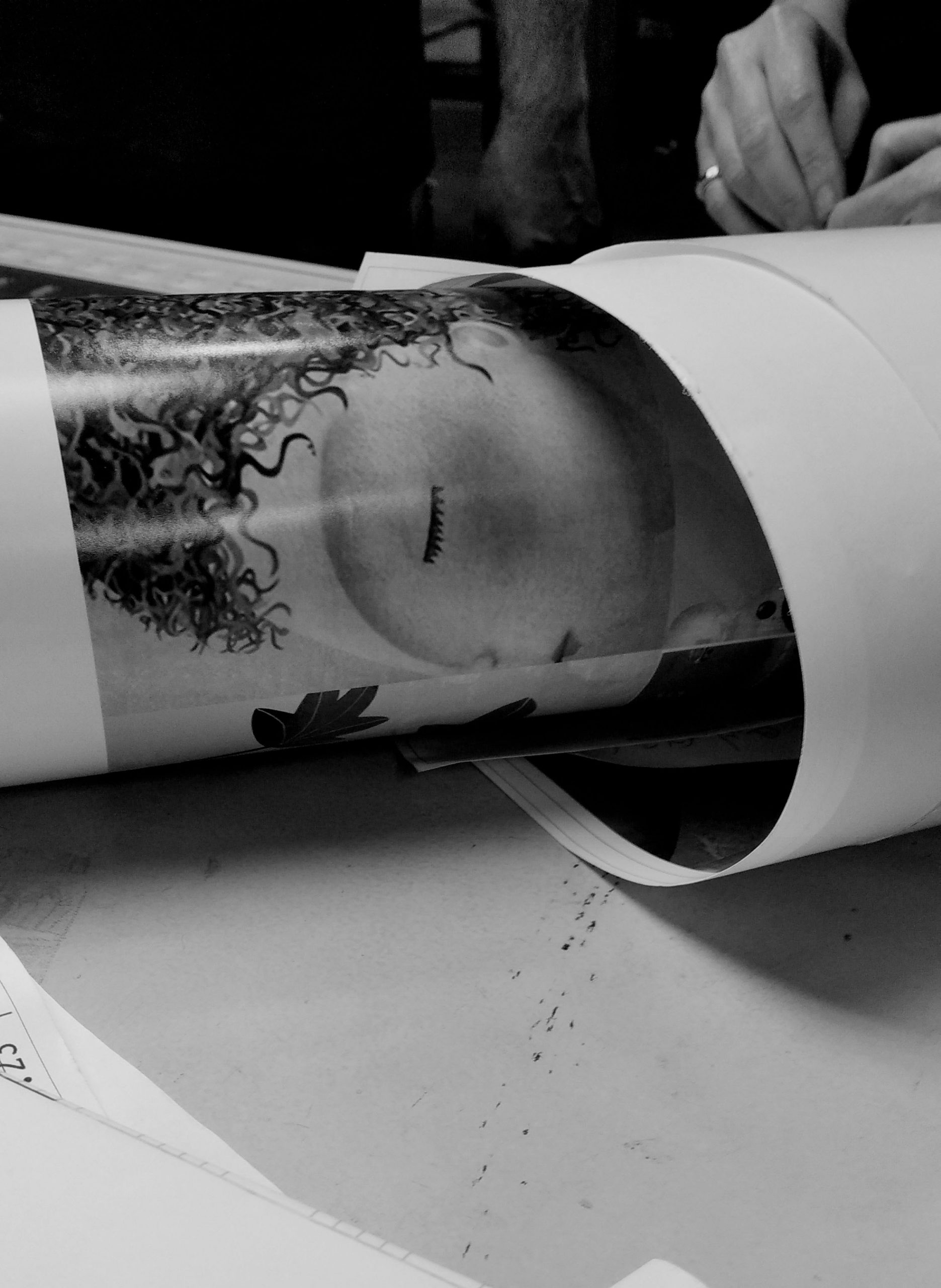
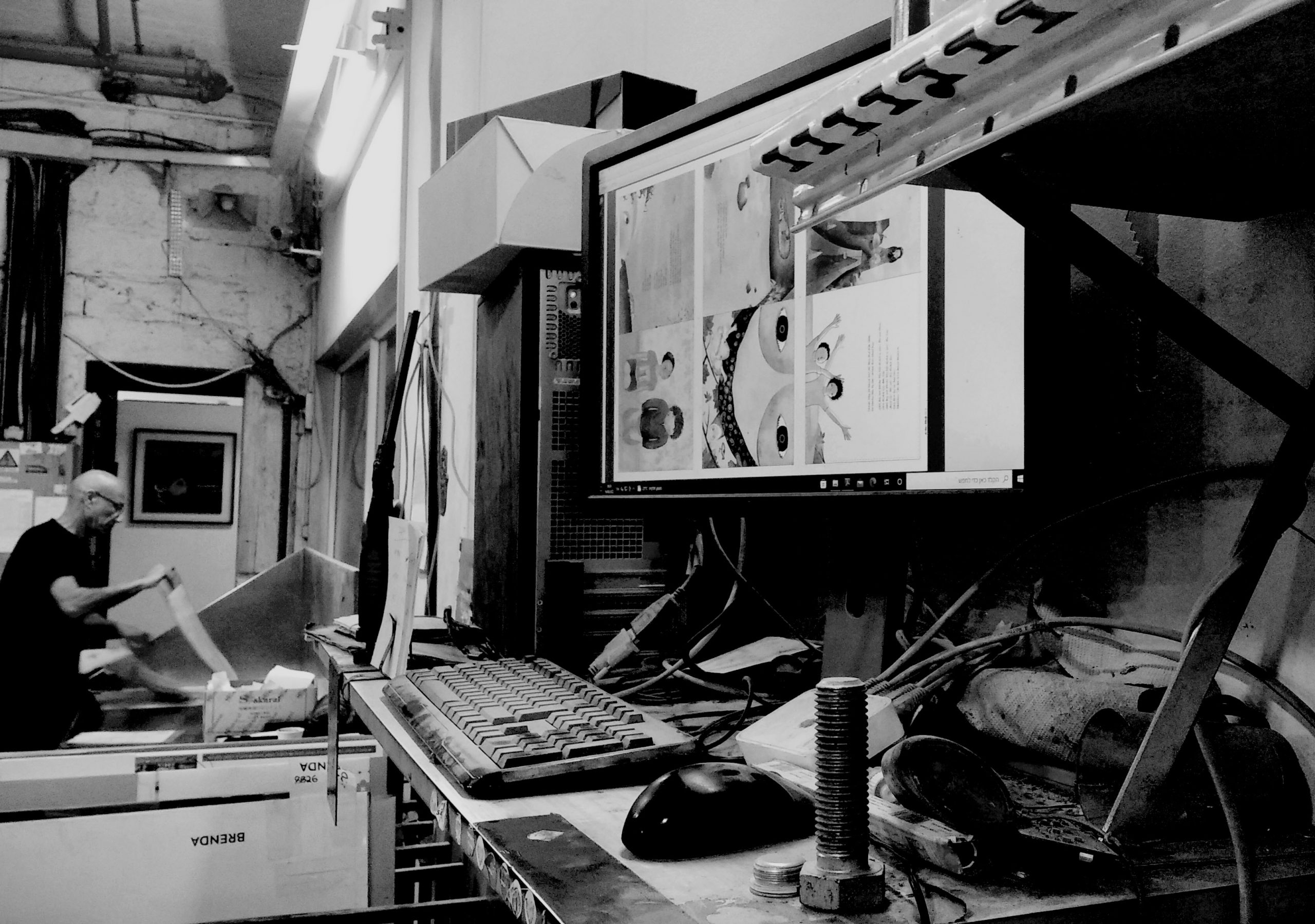
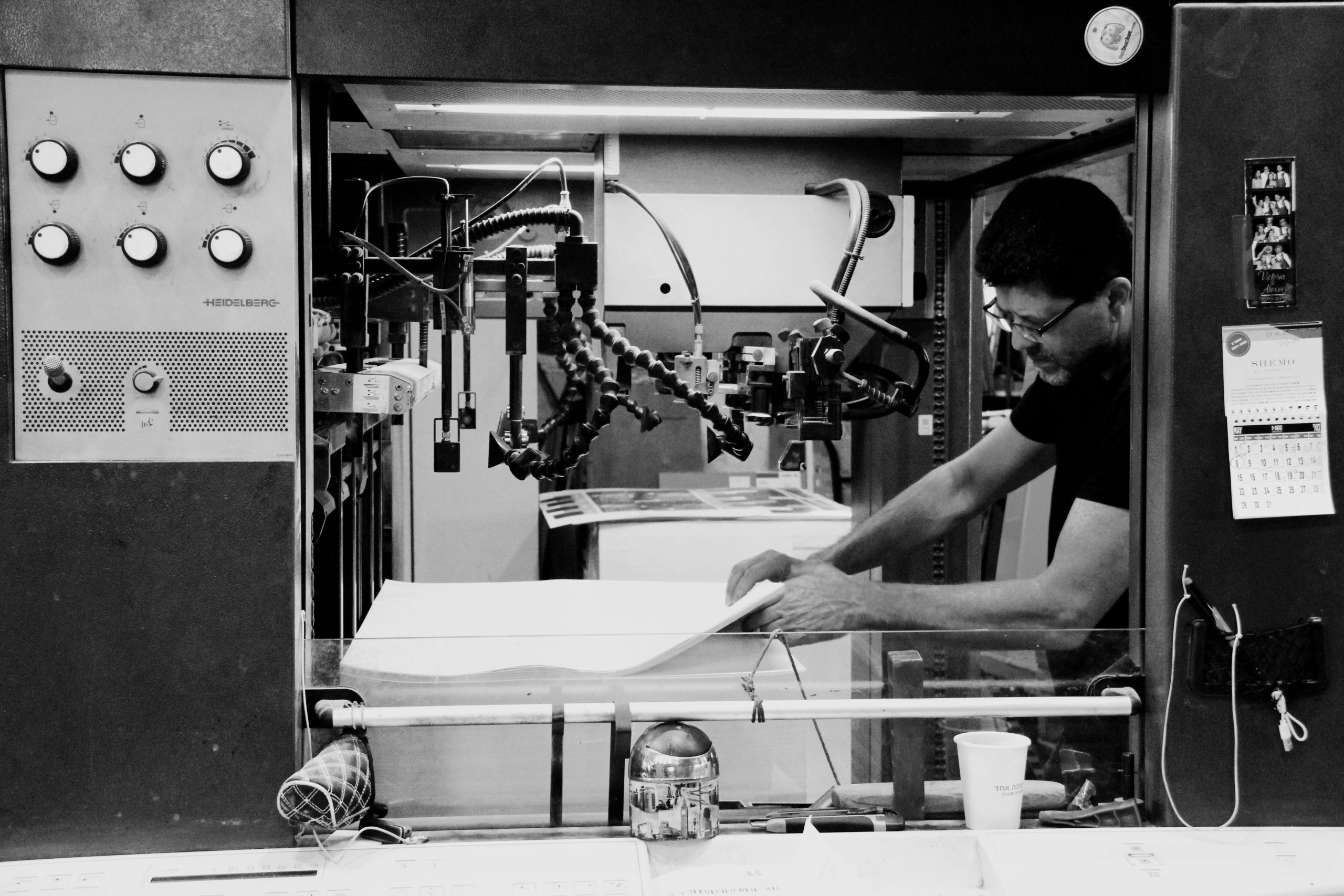
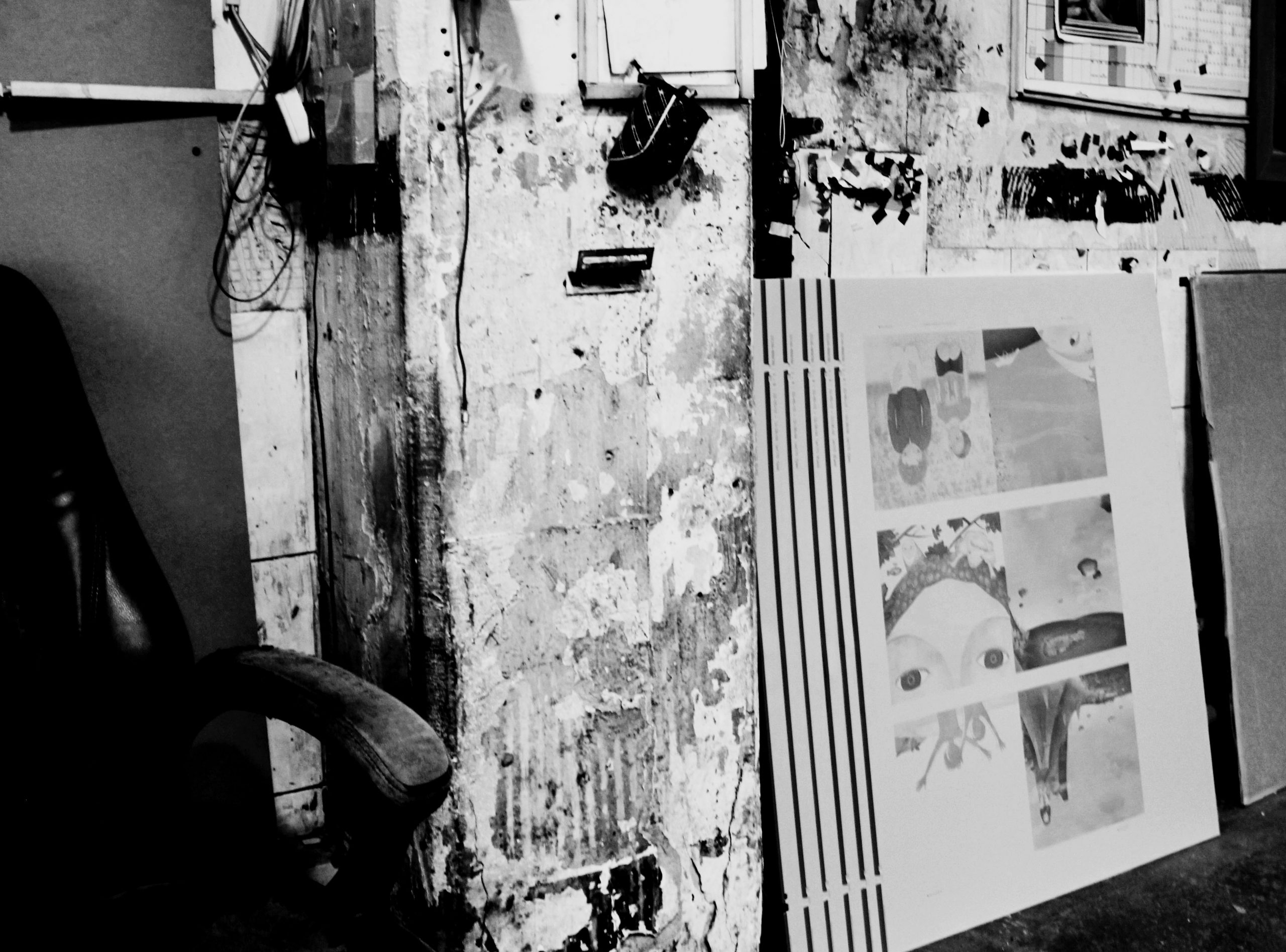
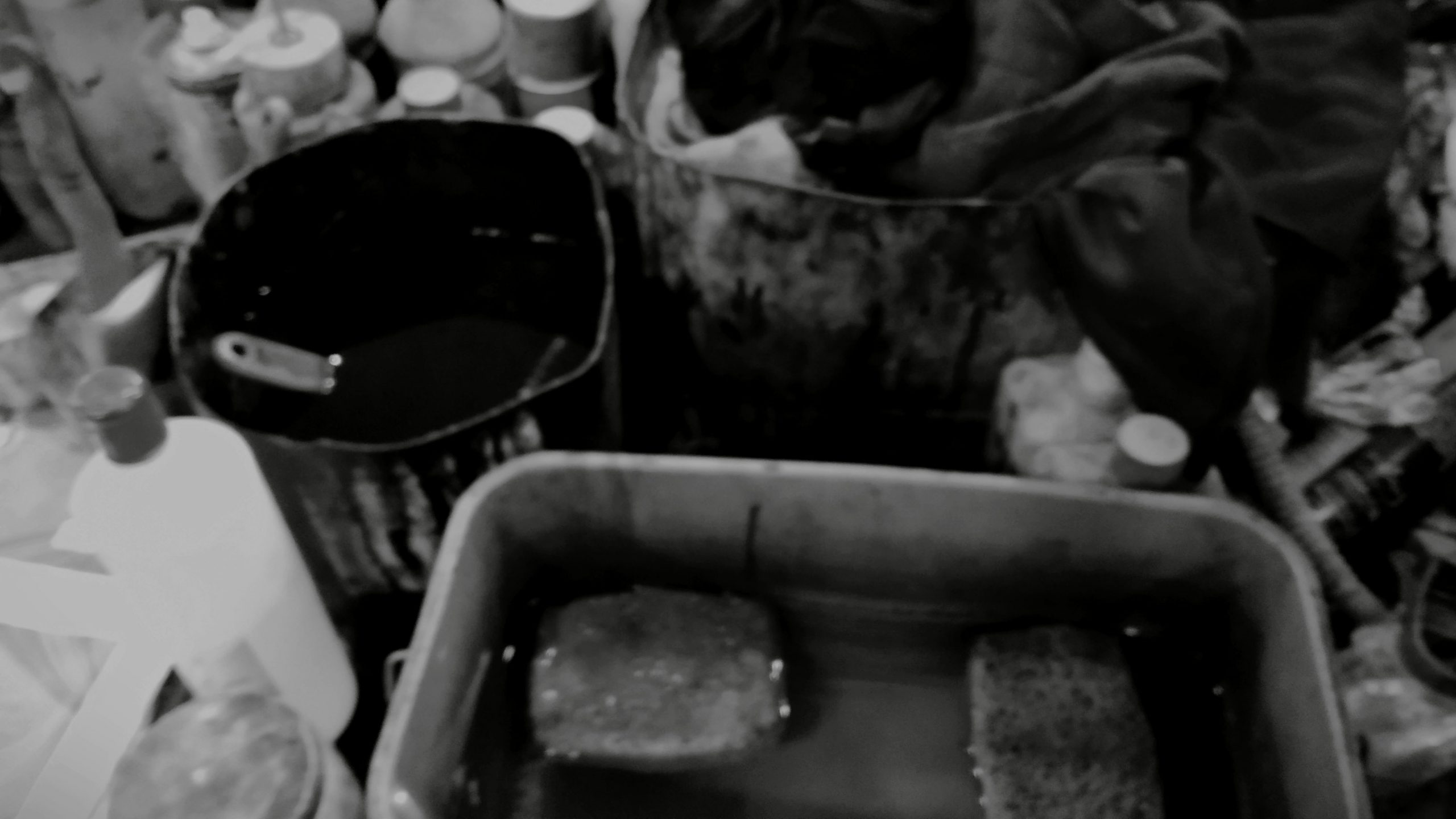
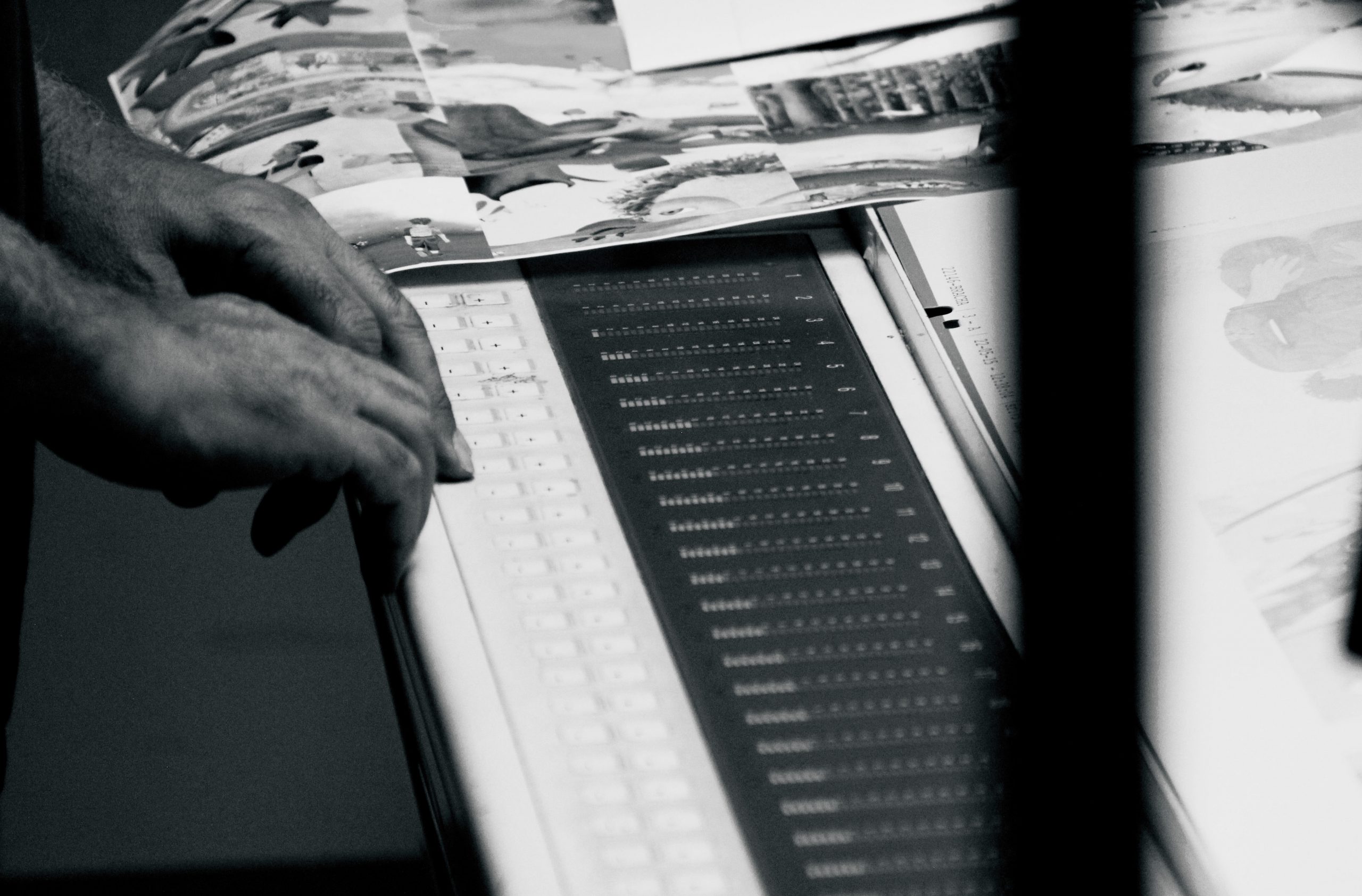
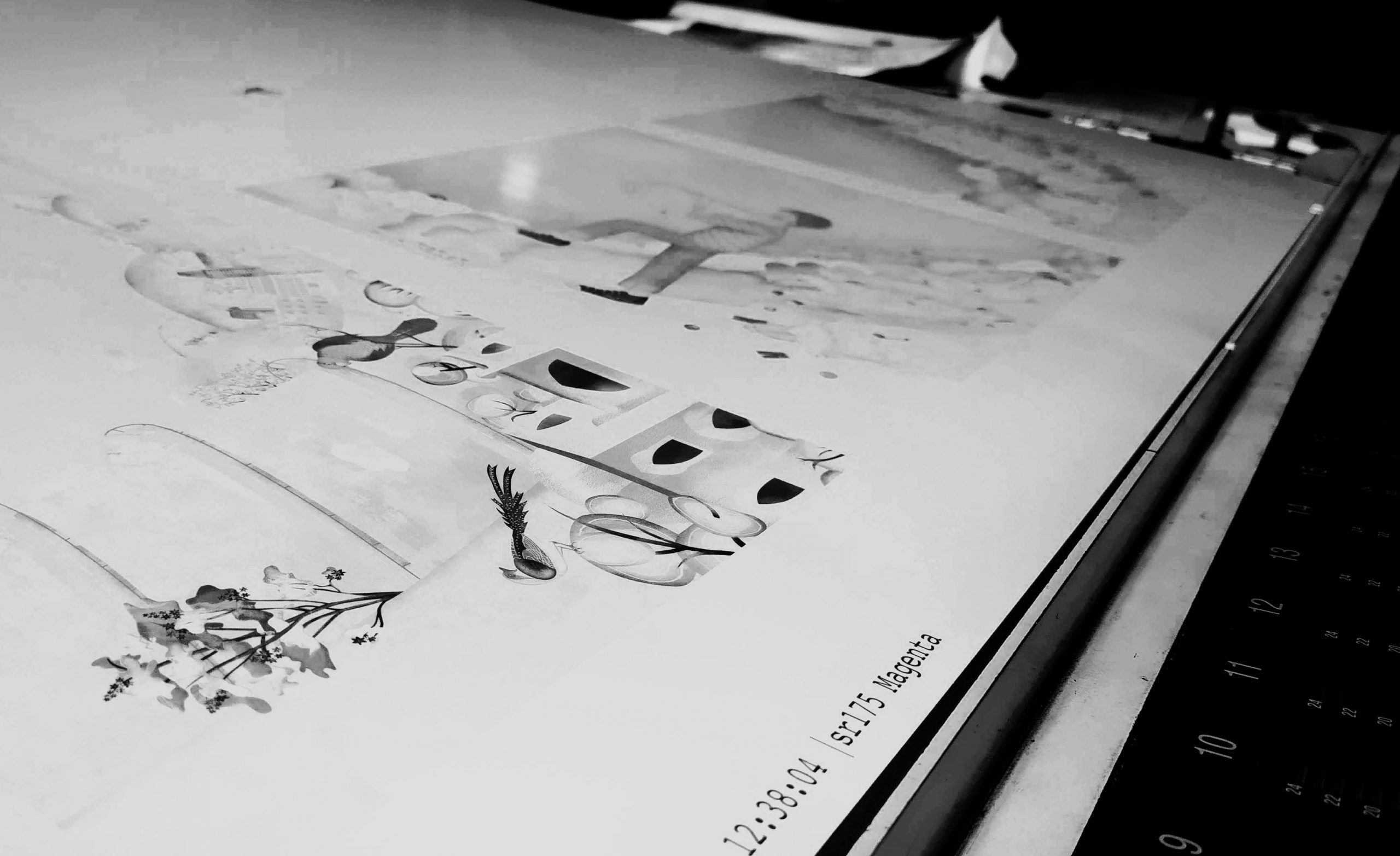

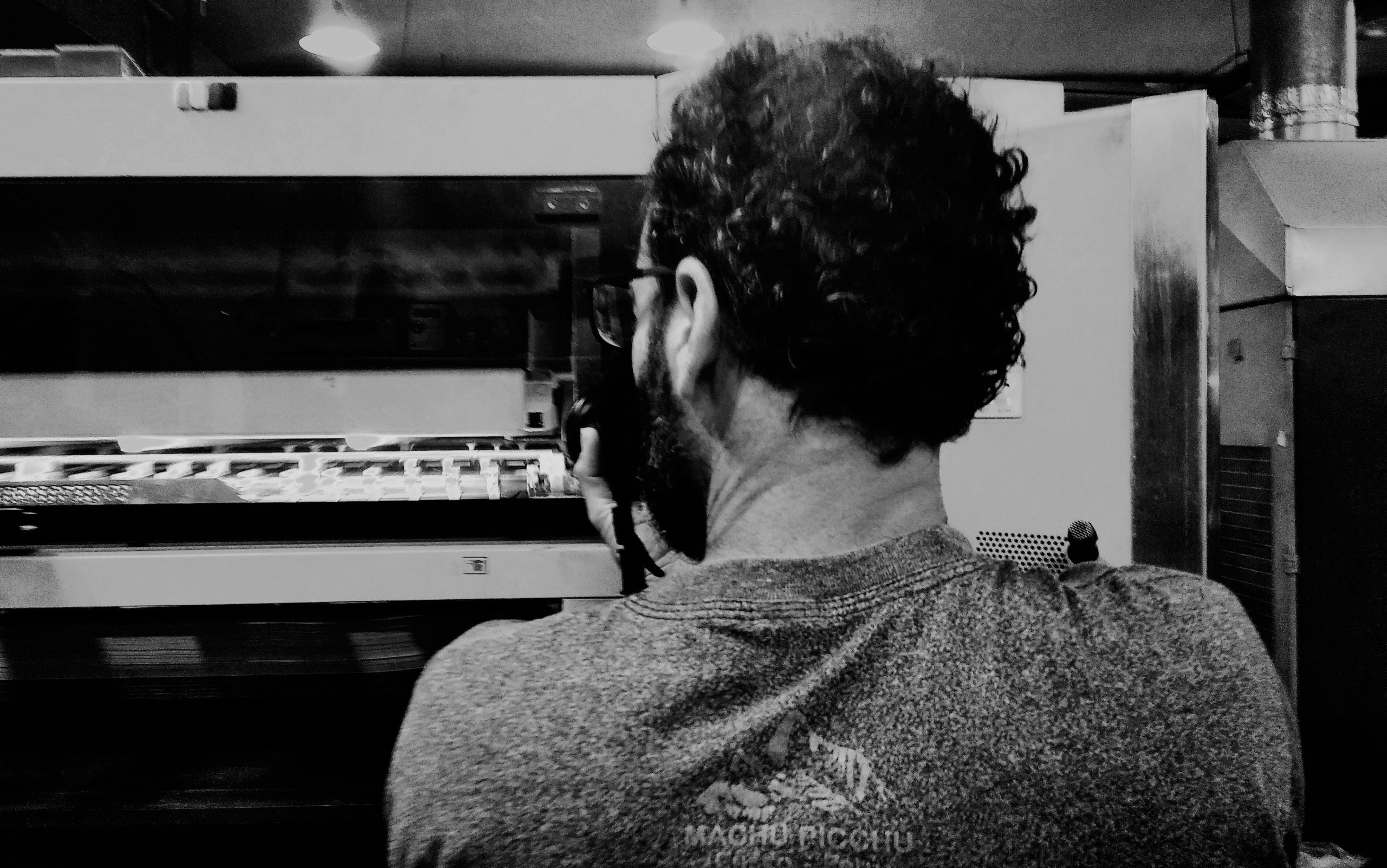
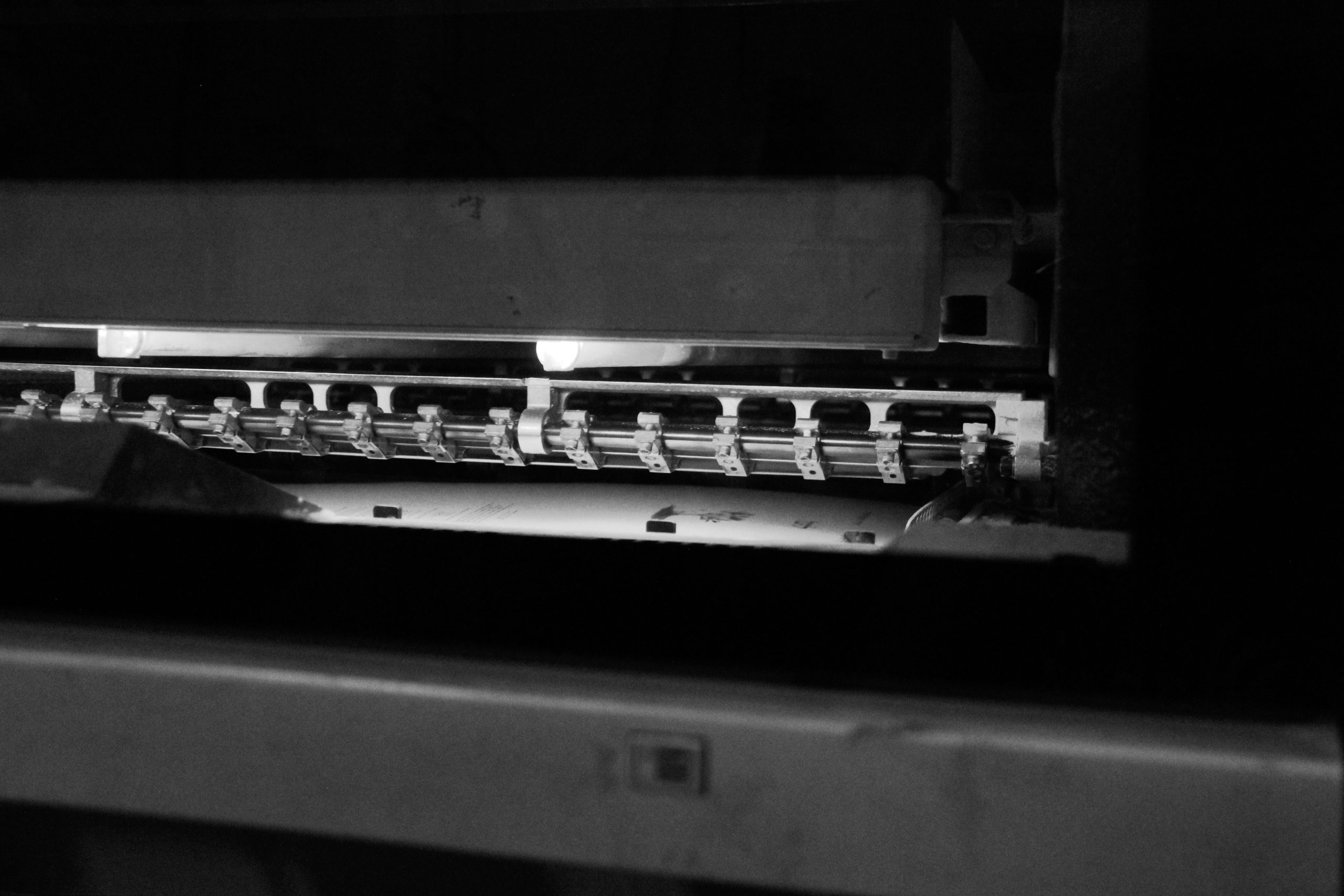
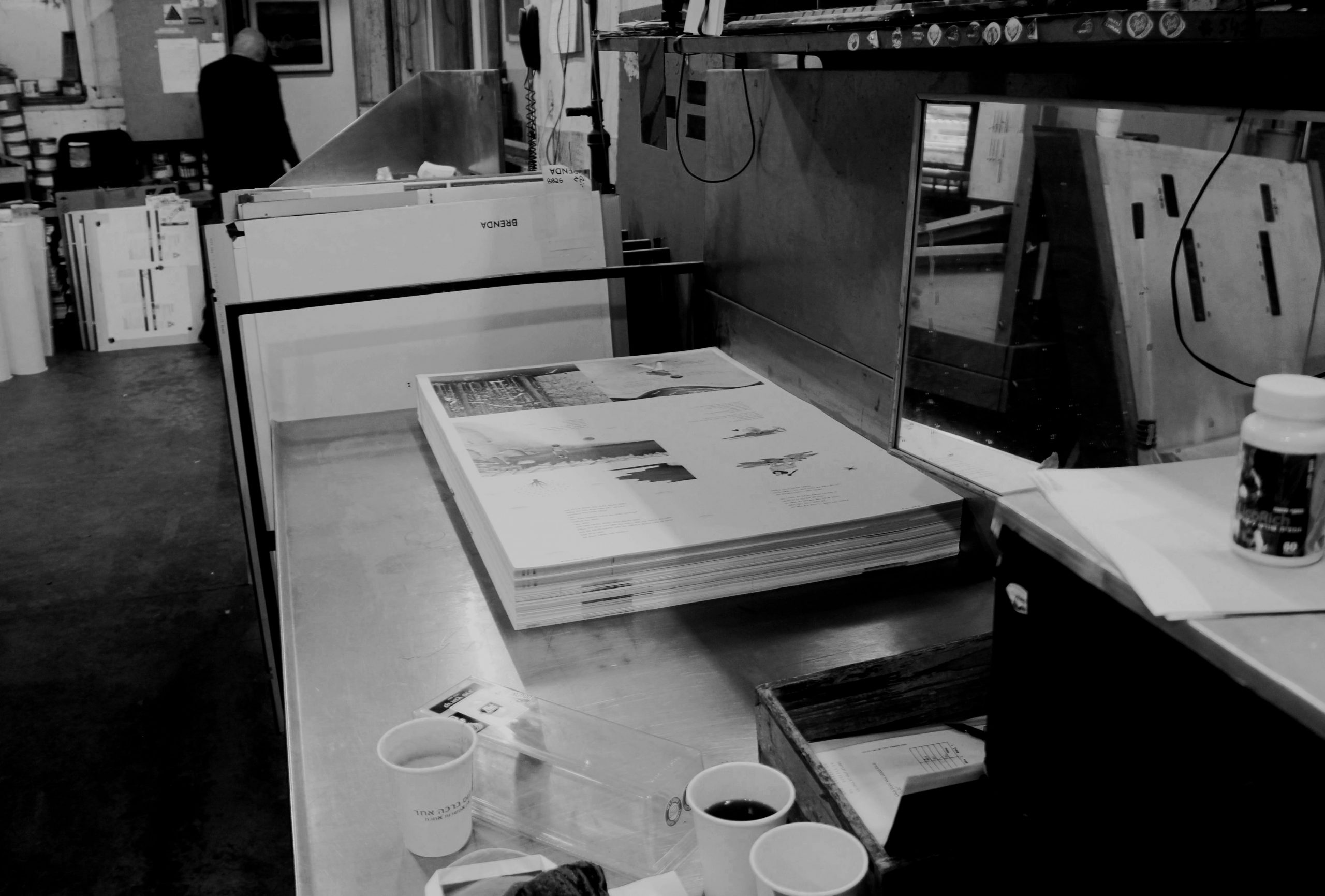
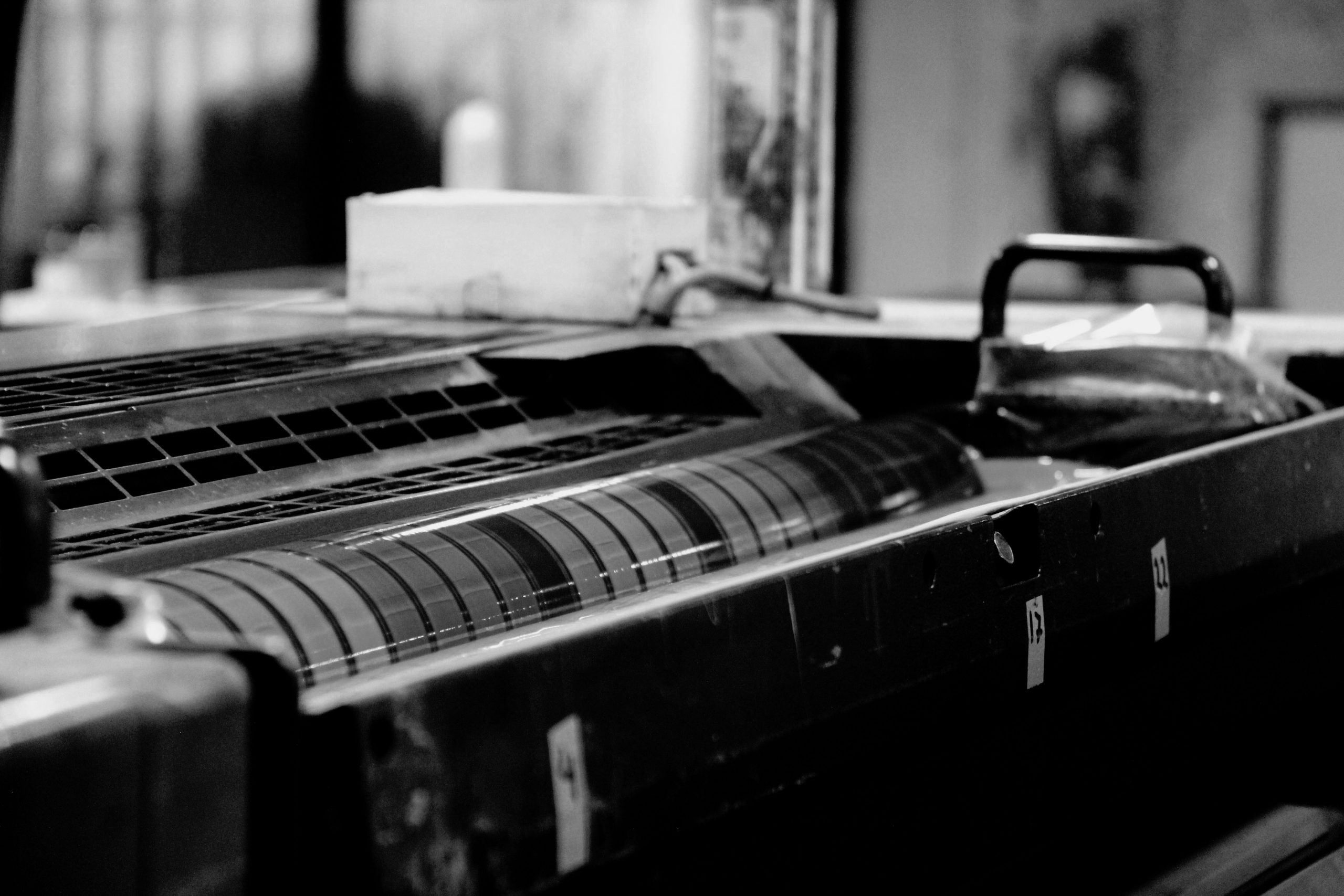
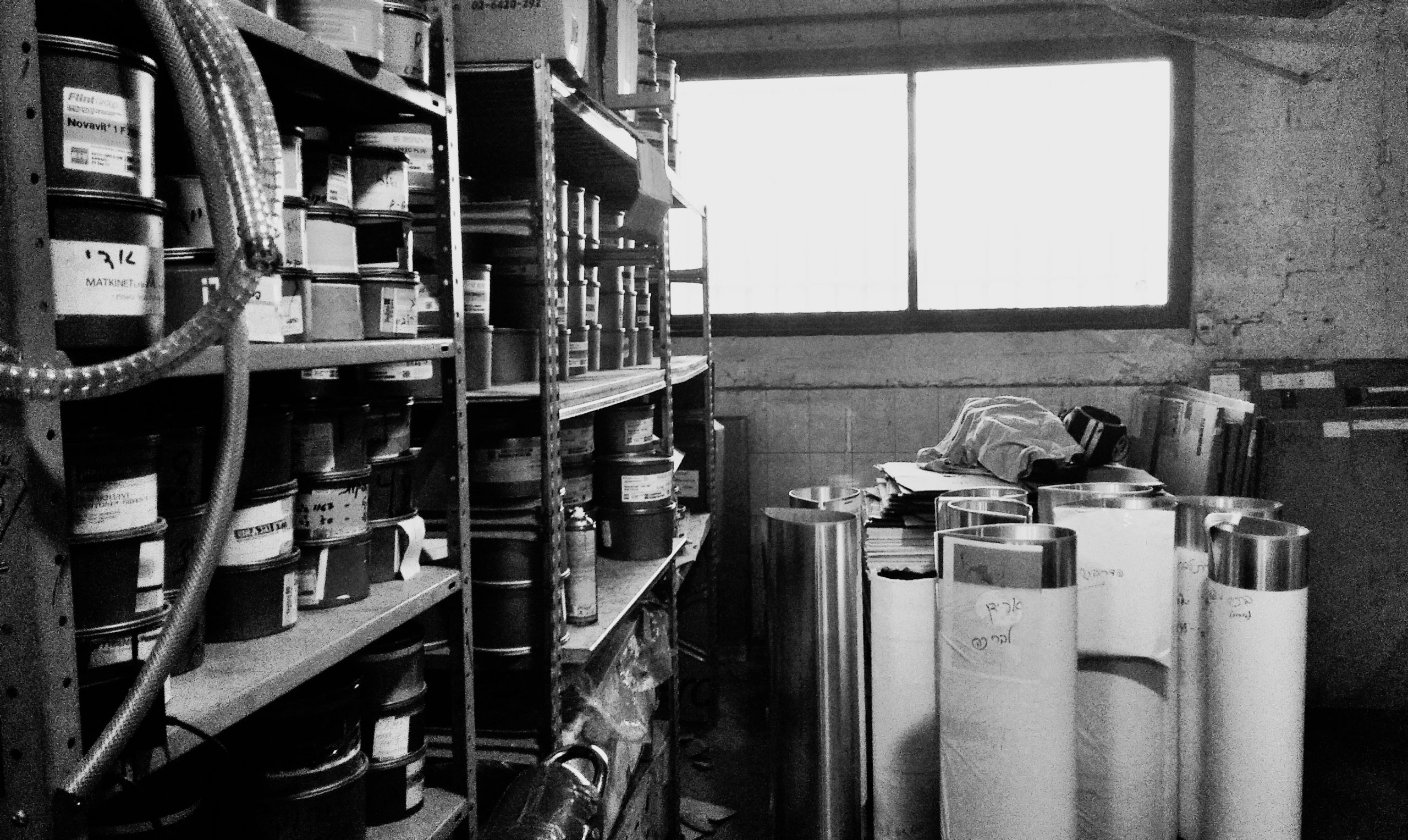
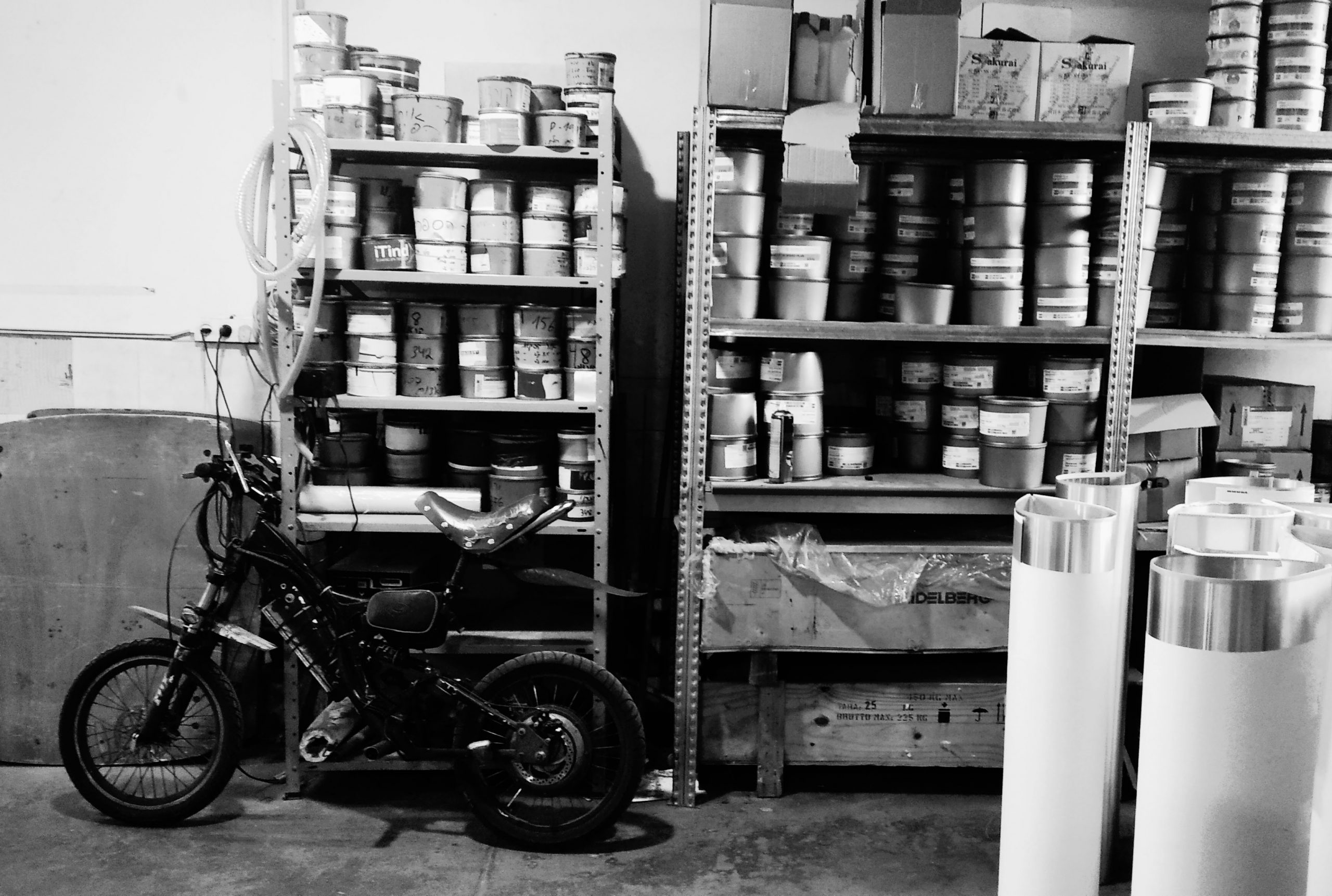
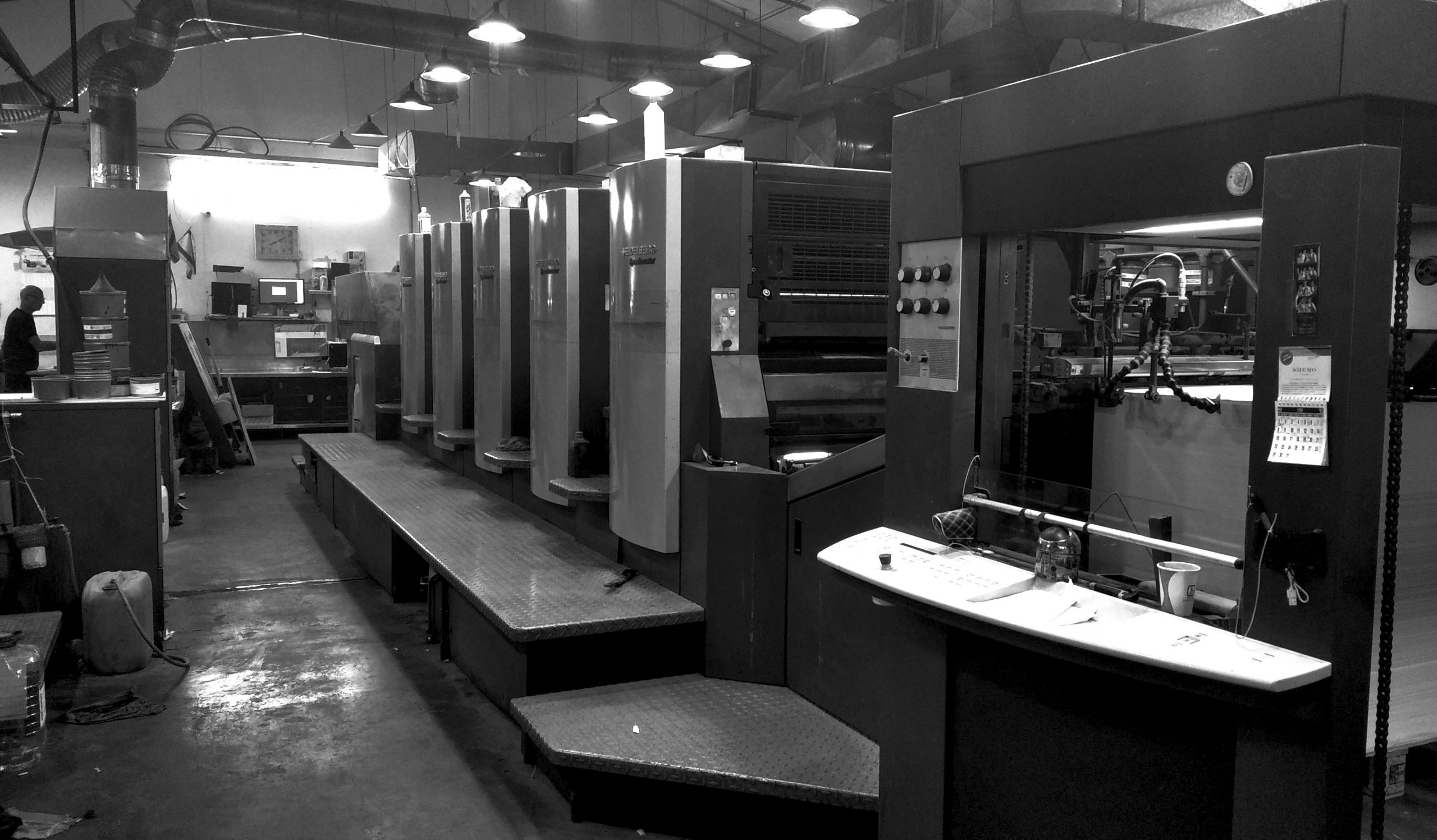
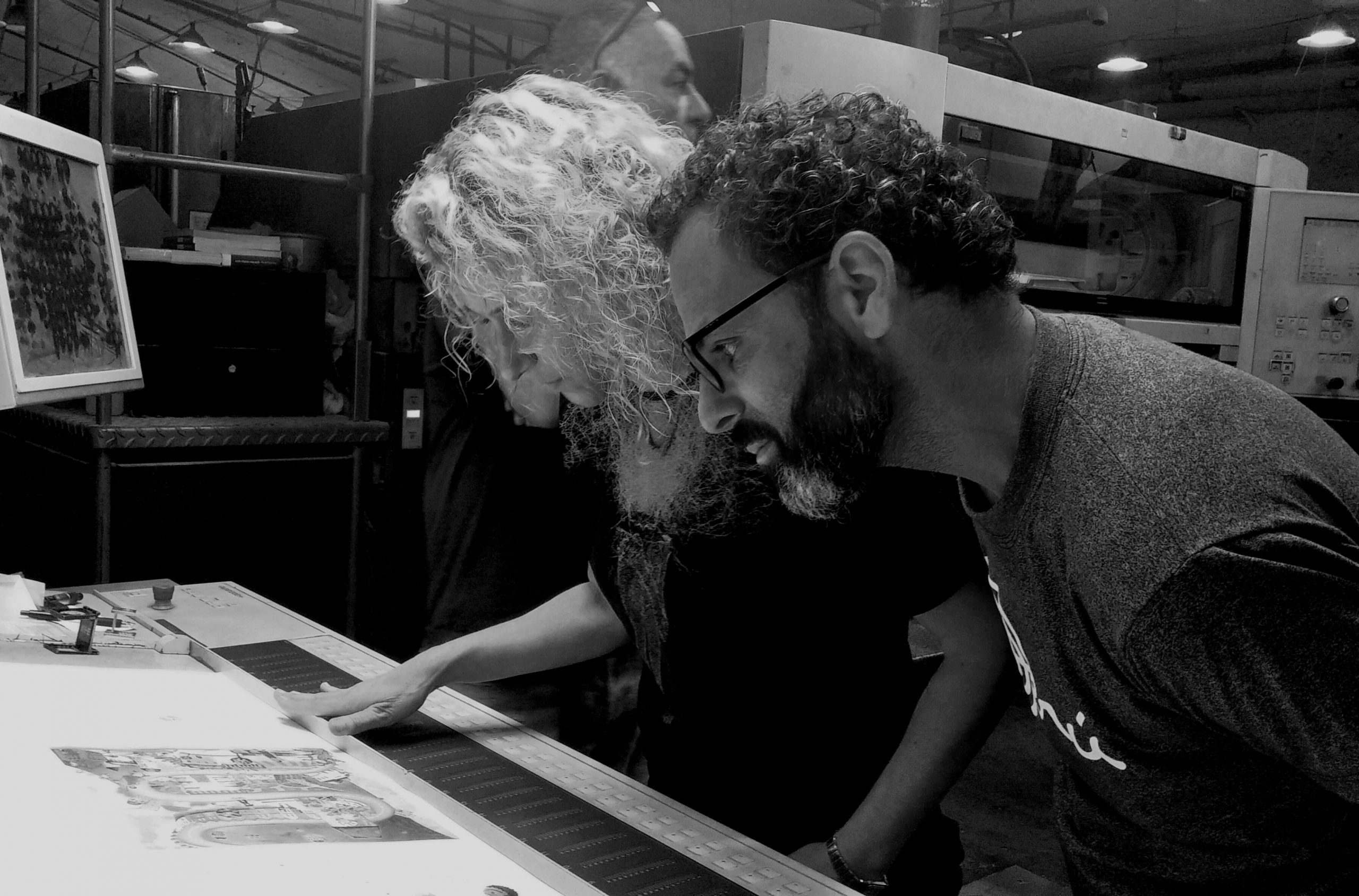
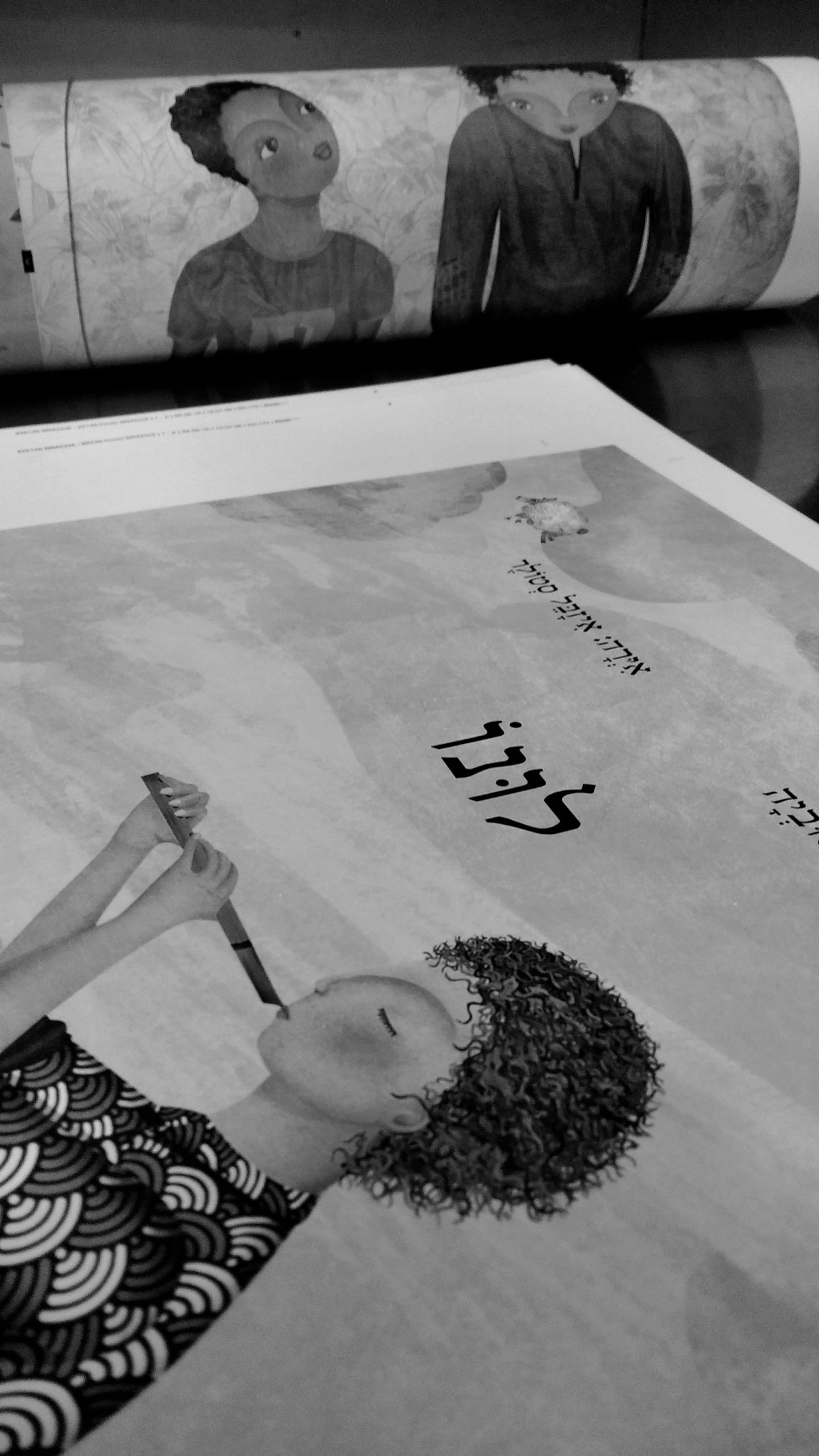
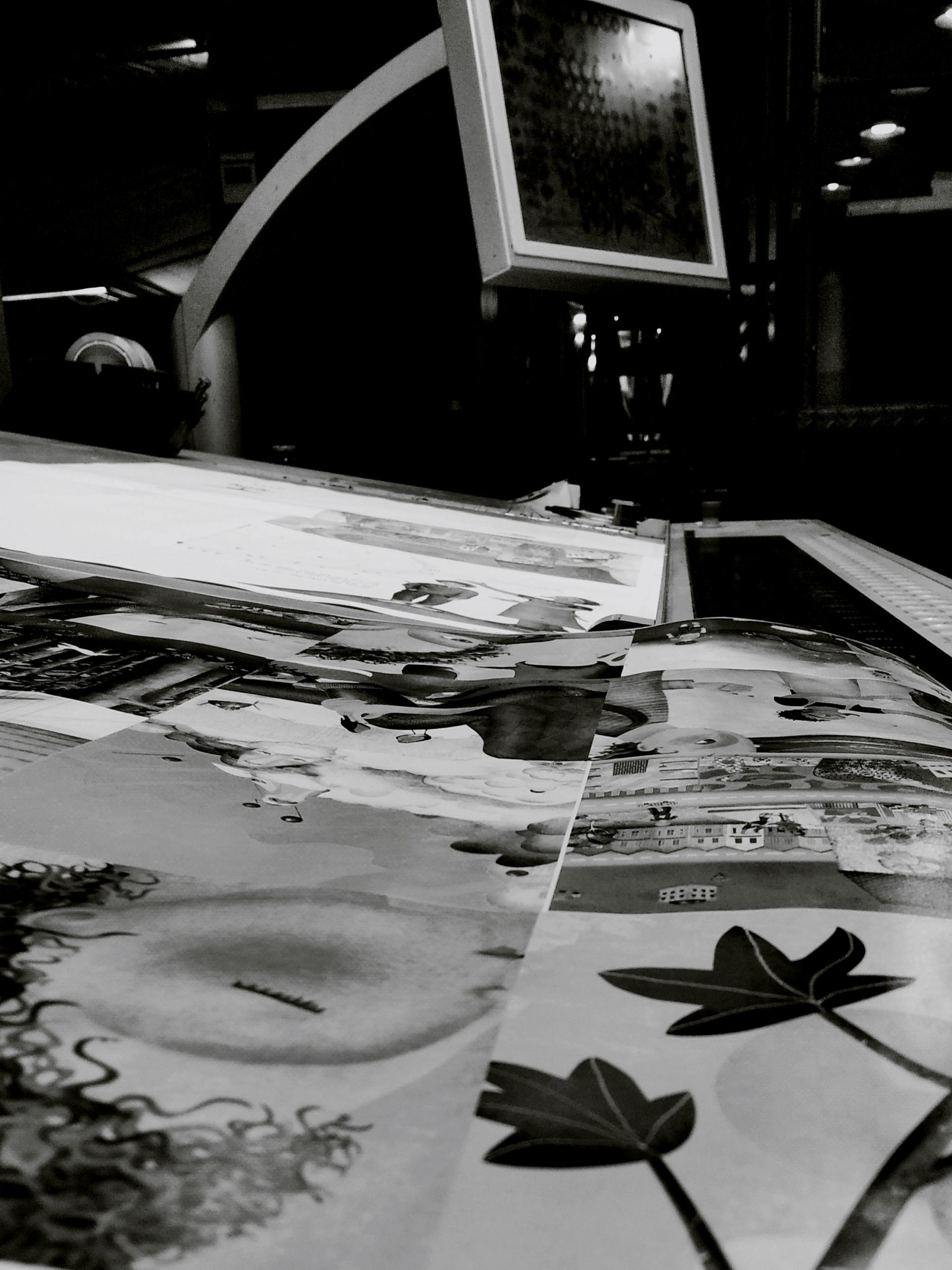
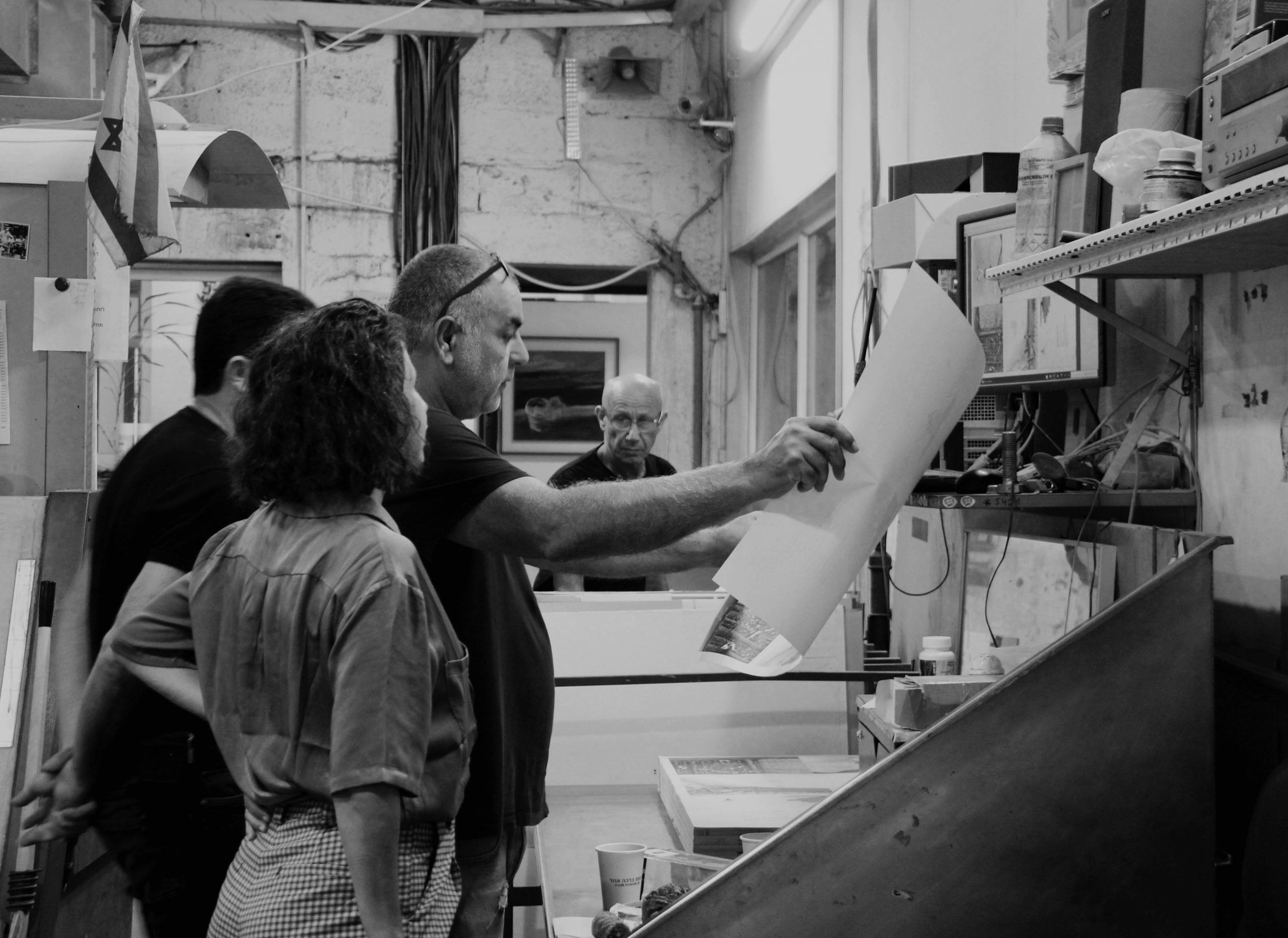
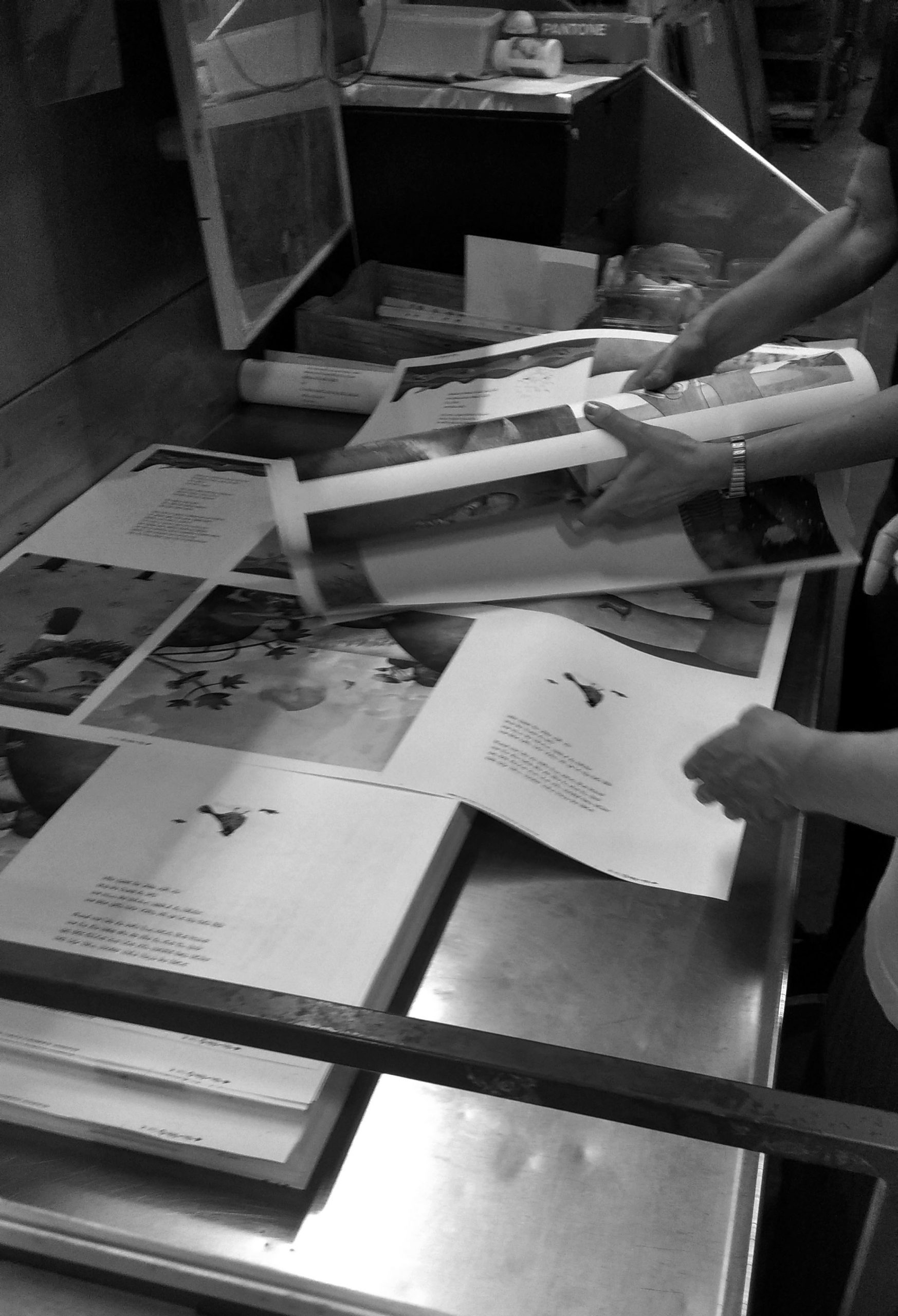
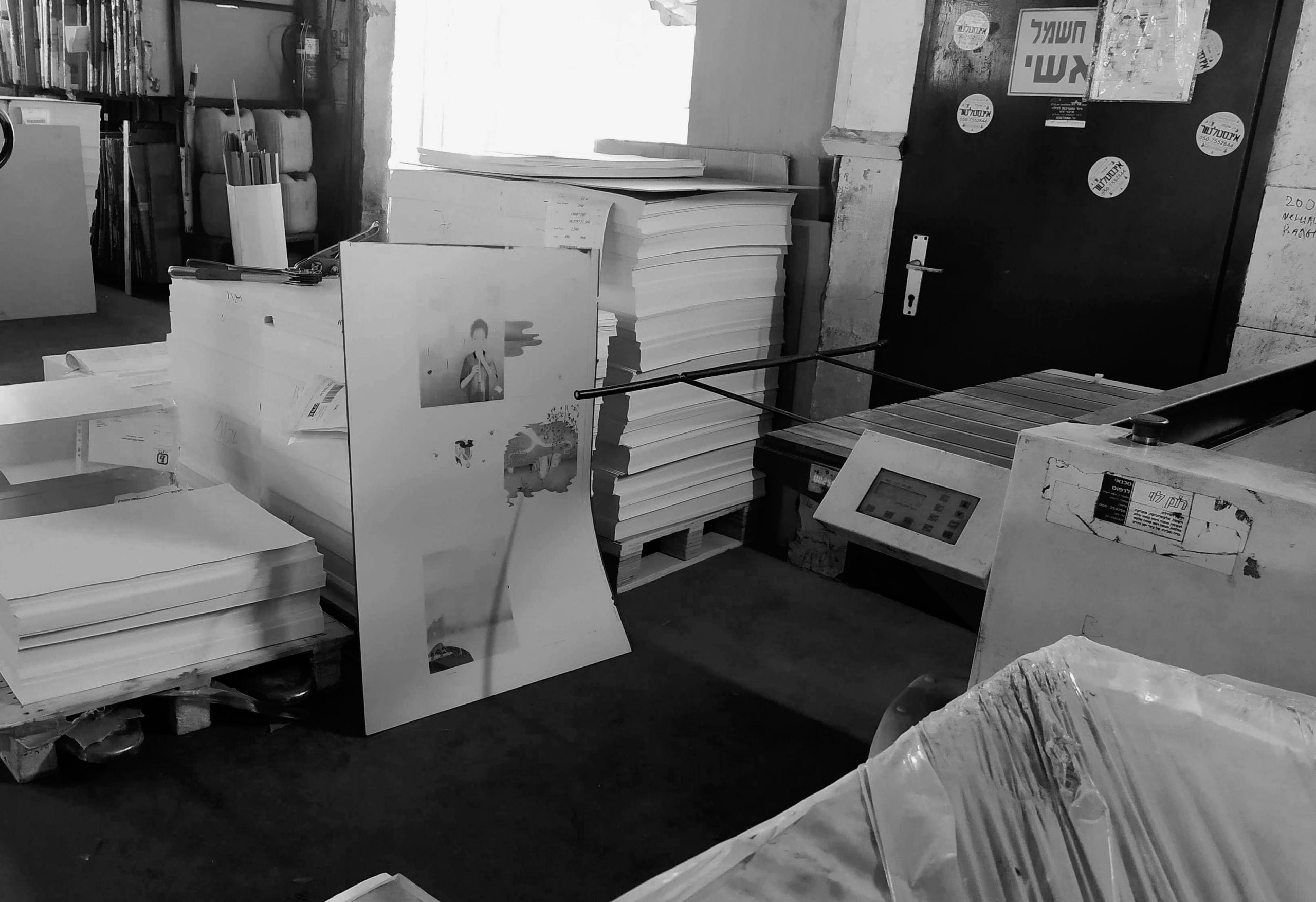
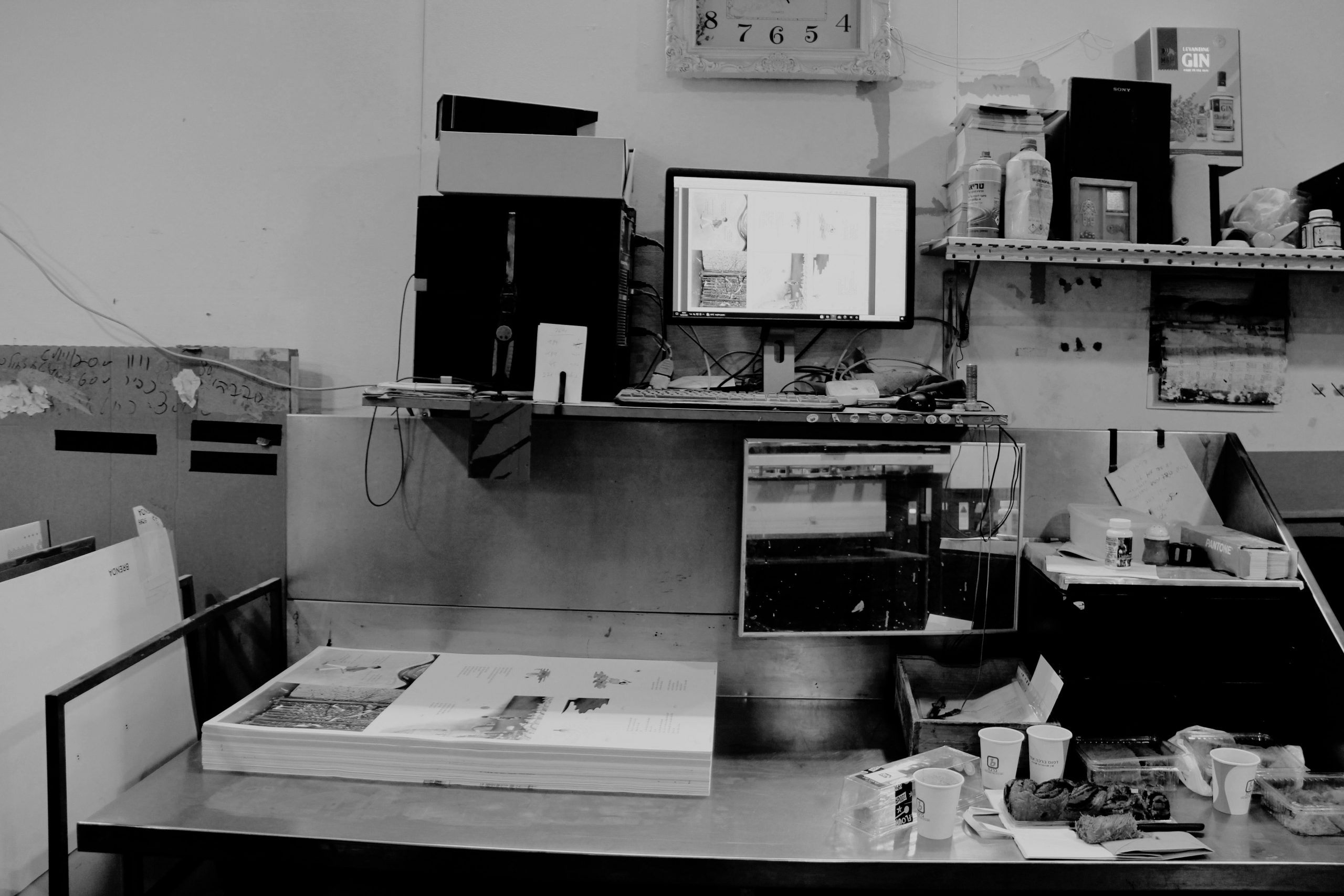
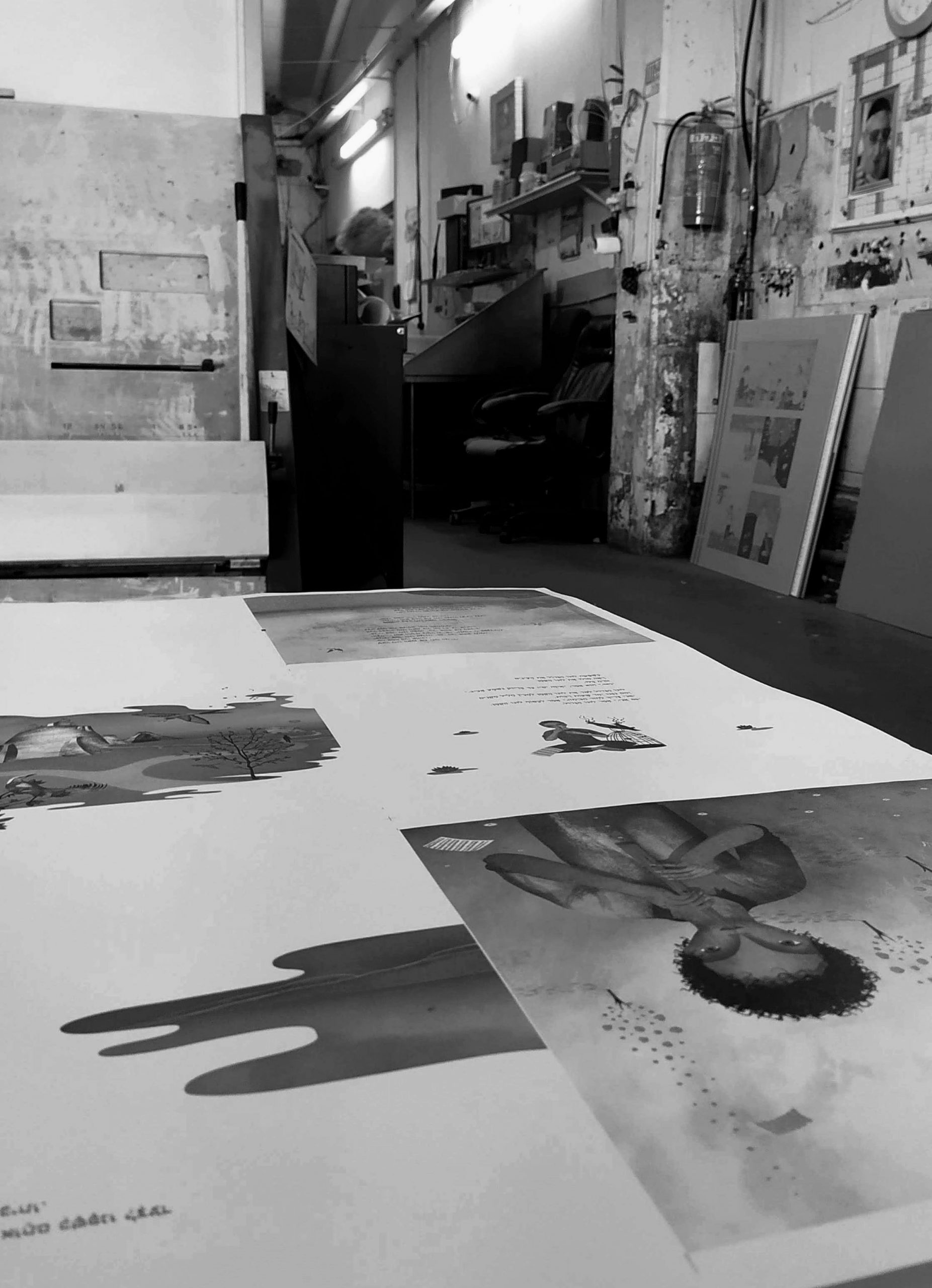
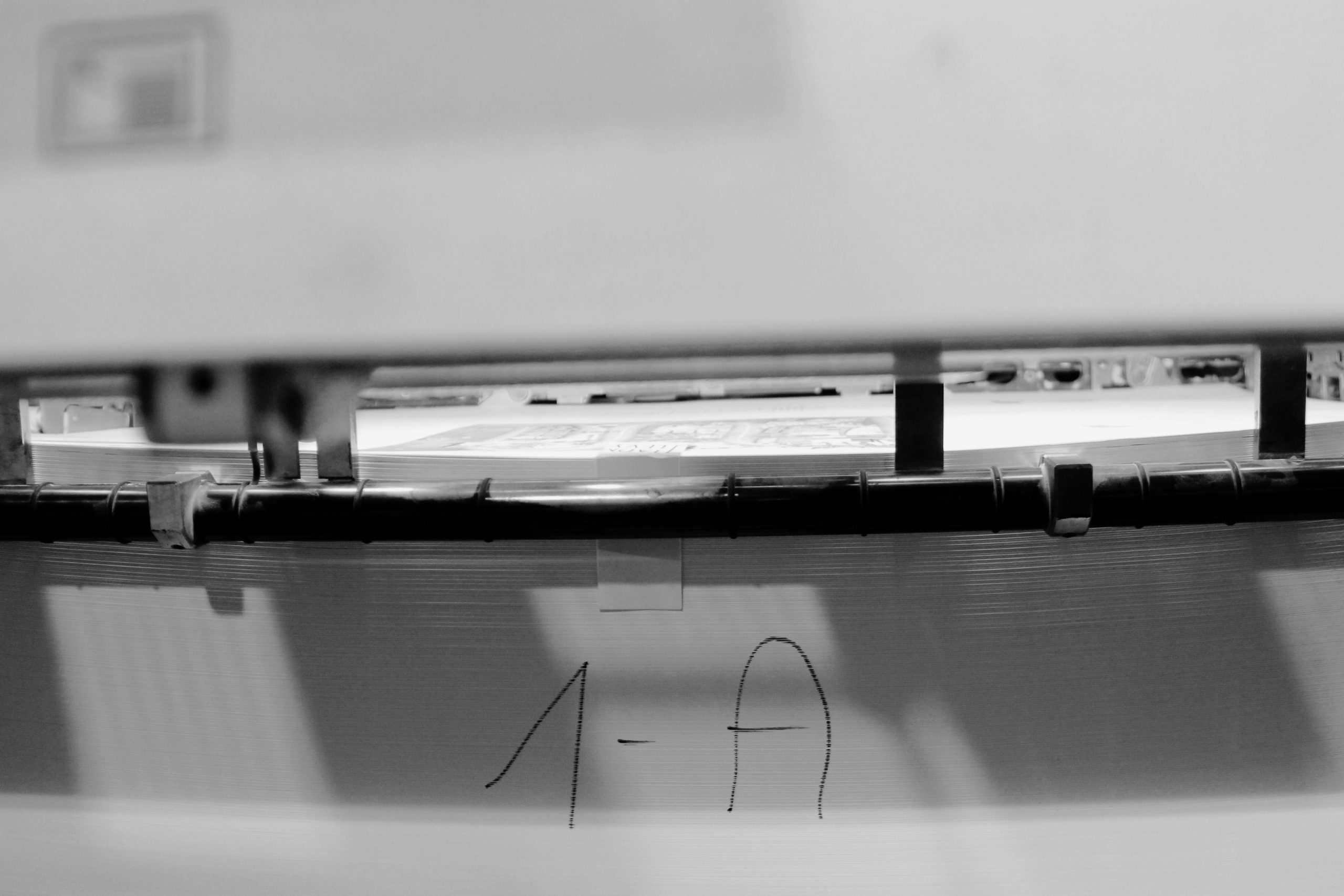
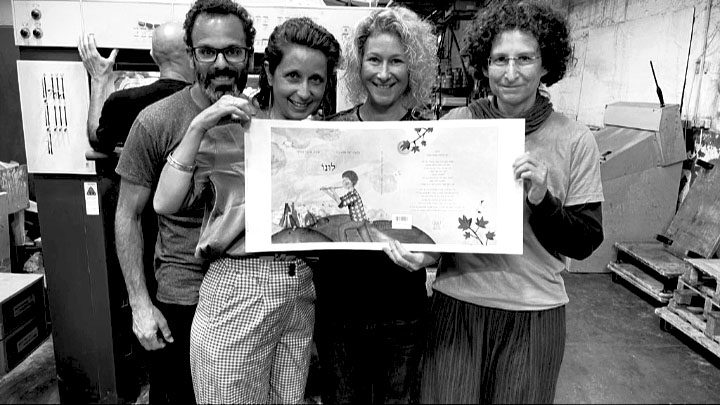
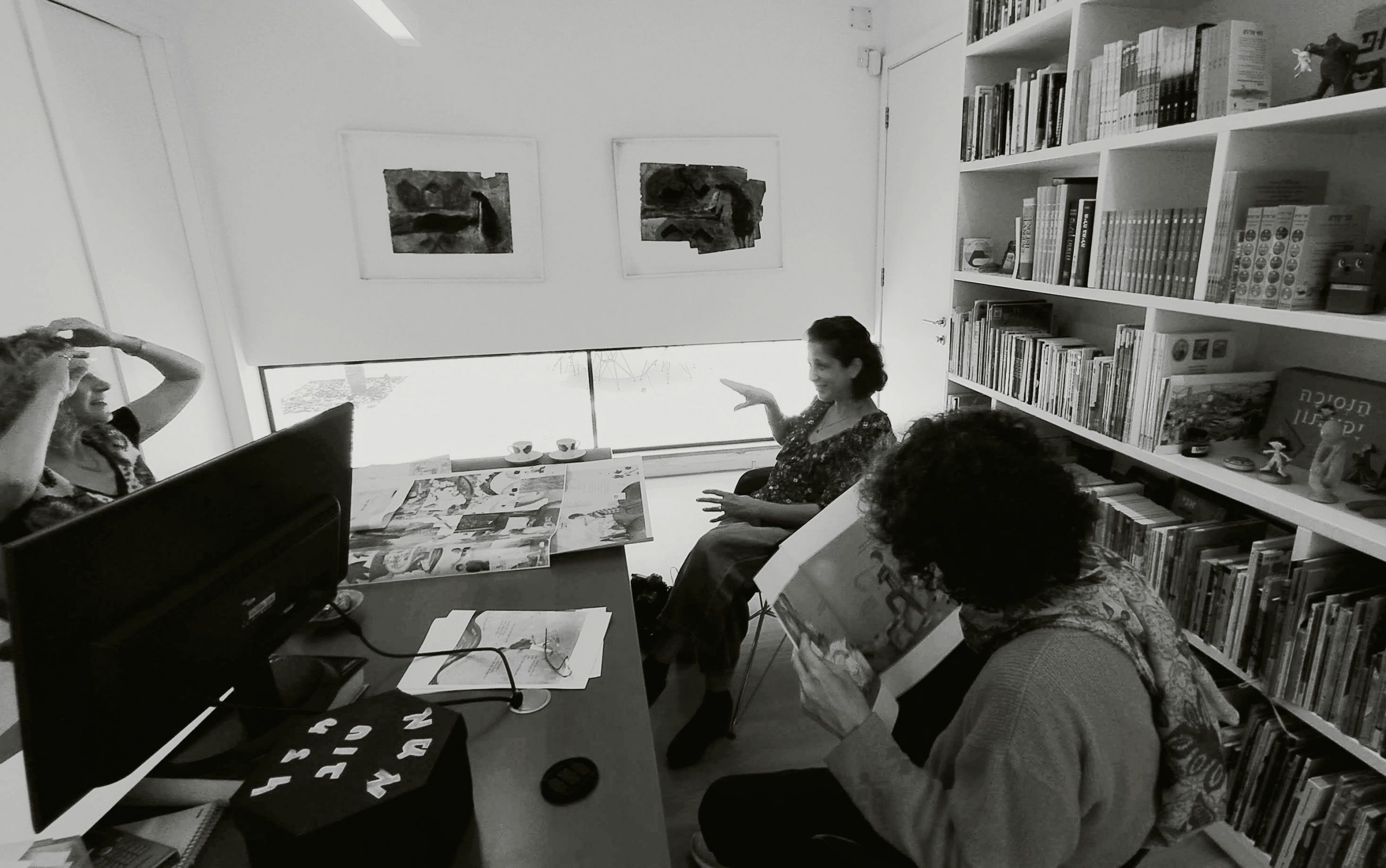
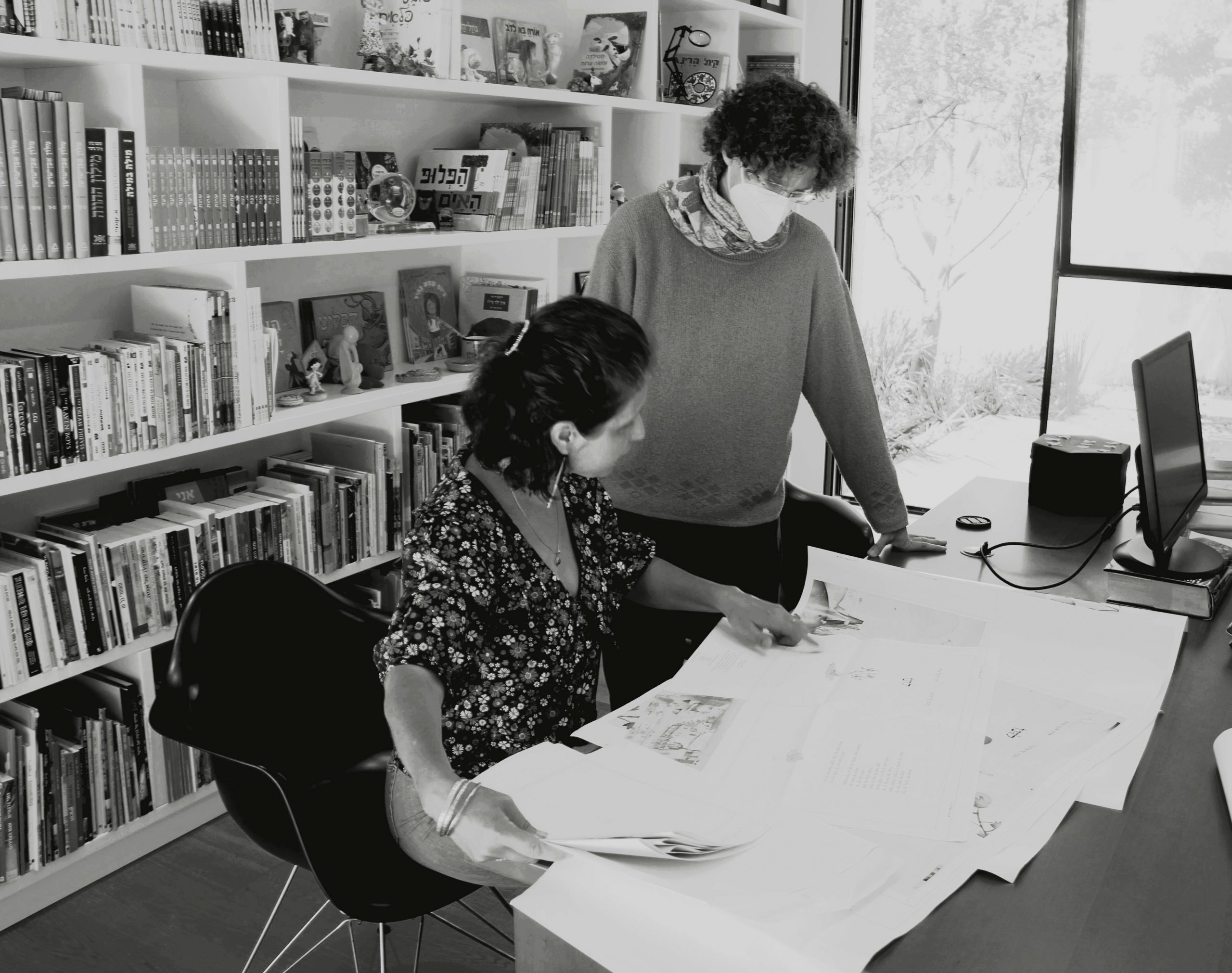
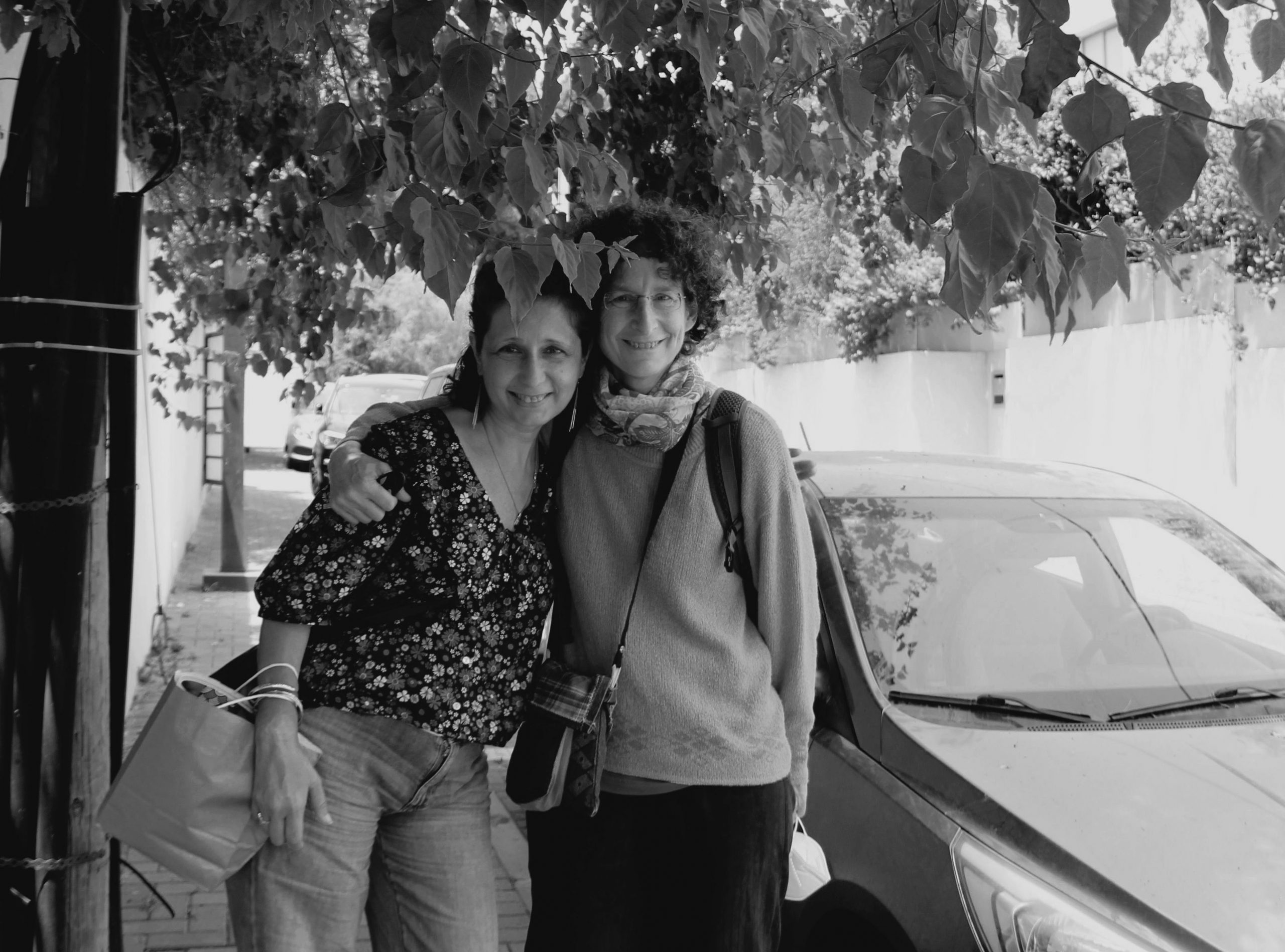
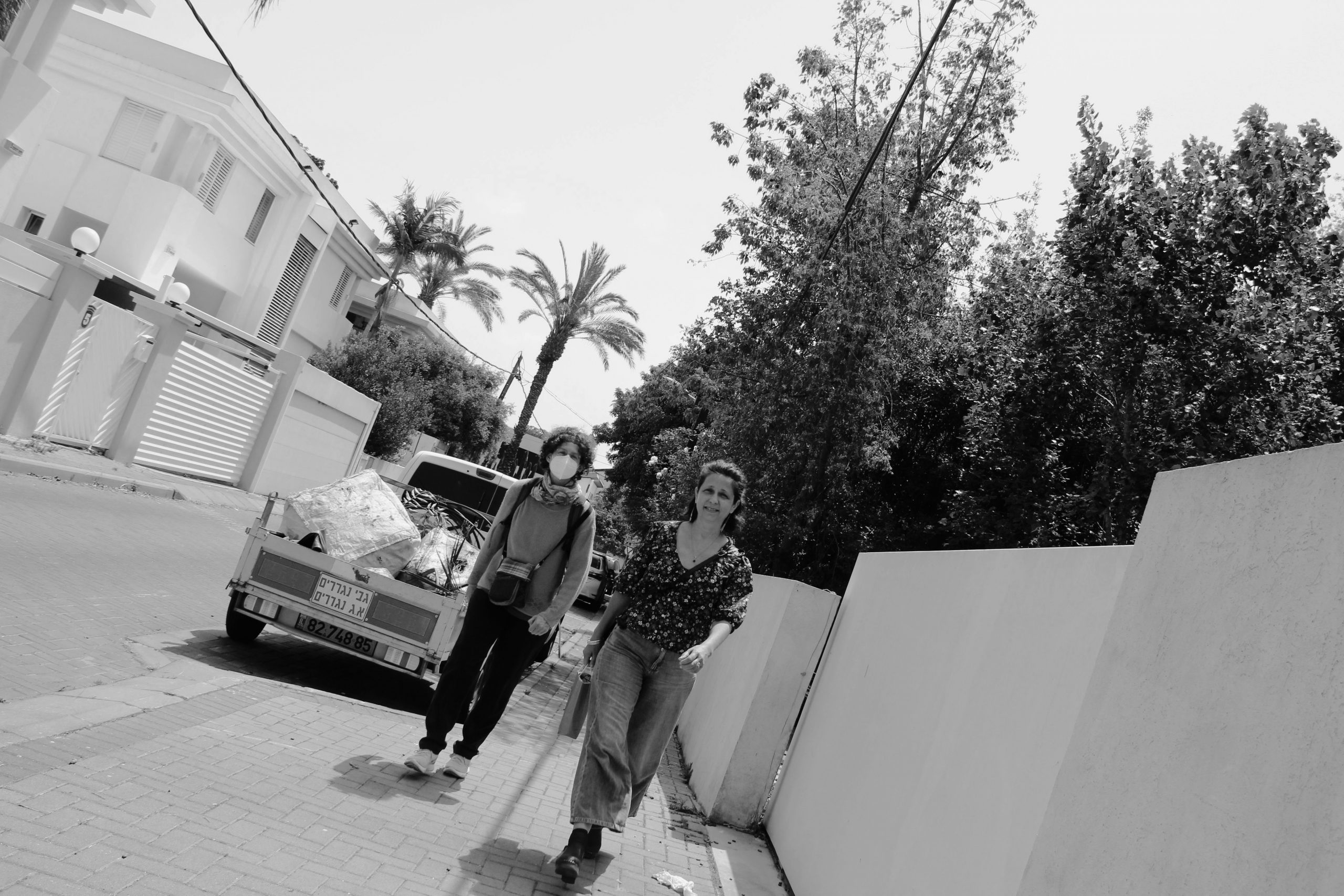
French ( english version follows)
LUNO
De l’idée au livre
En ce mois de Mai 2022 l’histoire illustrée de Luno le jeune berger, commence voir la lumière puisque la semaine dernière nous avons participé à l’impression du livre.
Pour parler du processus d’édition/publication d’un livre, l’hebreu utilise l‘expression : להוציא לאור (‘’Sortir à la lumière’’).
Pour le moment le texte est en hebreu, langue dans laquelle l’histoire a été originellement écrite par Yael Altuvia. La première sortie du livre se fera donc en Israël. Dans un deuxième temps, j’espère être en mesure de le proposer, assez vite, à des maisons d’édition en France. Une traduction est en cours.
Nous avions commencé à penser au projet du livre il y a une dizaine d’années (premiers sketches, et planches en place et mix technique d’illustration choisies et amorcées), puis le travail s’est interrompu longuement, au gré de déménagements et des moments de vie. Nous le pensions archivé, sans doute à jamais, jusqu’à ce que l’envie, voire la nécessité, de boucler des boucles se fasse sentir pour moi, l’illustratrice. L’auteur a accueilli la nouvelle du retour de Luno avec enthousiasme. On était “ Back on track” !
Le texte a lui aussi été partiellement remanié pendant ces deux périodes d’illustration.
Je m’imaginais, à ce stade, reprendre l’illustration à l’ endroit où je l’avais laissée. En réalité, j’ai ,en quelque sorte, redécouvert le projet personnellement et professionnellement. Ce fut à la fois une continuité et un nouveau départ. J’ai repris l’ illustration sur la base de la mise en page initiale de la même technique d’illustration. soit, un dessin scanné sur lequel j’applique et je coupe en minutie des textures de toutes sortes, une forme de collage digital.
Cette version No 2 a un peu plus de volume, de profondeurs, de rondeurs mais sans trop pour autant, car je souhaitais aussi conserver l’aspect naïf et, à mon sens, poétique, enfantin, des aplats de formes, de type collage.
Une autre conséquence de ce travail en étape fut l’évolution du personnage. Il a naturellement grandi. Il était jeune enfant au début du projet, il est pré-adolescent dans la version finale.
L’auteur, Yaël Altuvia est chercheuse sur l’ADN à l’université hebraique de Jérusalem. Elle cultive personnellement, un intérêt et un lien vivant à ses mémoires d’ enfance et par extension à celles de l’enfance en générale. Elle est sensible aux les idées originales et aux rebondissements des histoires pour la jeunesses.
Auteur / illustrateurs, nous avons fait le choix de travailler en étroite collaboration tout au long du projet. Nous avons confronté nos images mentales sur la globalité du livre et sur des détails tels que l’aspect des personnages ou éléments du background. Nous avons toujours trouvé des compromis. Ce fut par exemple le cas pour le boulanger (p.13), lorsqu’ il conseille à Luno de parcourir le monde. J’avais dessiné un vieil homme à très longue barbe, une sorte de patriarche archetypal que j’ aimais bien. Or l’auteur n’ arrivait pas a y reconnaitre le de son histoire. Dans la version finale, il a une barbe courte bien taillée.
L’Équipe imprime
Le lundi 16 Mai était un grand jour; celui du « calage », chez l’imprimeur Barkat Arad de Holon:
c’est le moment où on «roule» le livre sur sa machine d’impression, contrôle de la qualité de l’impression (chromie, repérage…) et des réglages nécessaires de la machine puisque l’impression l’offset est un procédé qui s’effectue avec des presses spécifiques et qui demande une expertise et un savoir-faire particulier. Pour cela nous étions accompagné par Leora Pridan de “kricha”, fabricante dans l’édition. Elle a supervisé, précieusement , pour nous, toute l’opération.
Etaient aussi présent:
– Zohar Stolar qui a pris en charge l’édition avec ״common paradise / ״ (פרדס משו: Il a coordonné le projet depuis l’idée originale jusqu’à la prochaine diffusion.
– Yael Altuvia, l’Autrice, avait la veille, donné son feu vert pour l’impression du texte après qu’il ait été corrigé par un expert en “niqqud”.
Il s’agit d’un système de point et de traits placés autour et parfois à l’intérieur des lettres hébraïques, comparables (pour aller vite) aux accents et à la cédille en français. Dans l’orthographe moderne, le niqqud est rarement utilisé, sauf dans des textes spécialisés tels que des dictionnaires, de la poésie ou des textes pour enfants. Or, j’ ai oublié de le préciser (ce n’est pourtant pas un détail), le texte de yaël rime! (d’où no dilemmes de traduction…mais c’est un autre sujet 😉 )
– Isabelle Stolar, illustratrice. mon rôle était, à cette occasion, de donner mon aval final pour les couleurs, en consultation avec le reste de l’équipe et guidée par les corrections expertes du conducteur de la machine.
– Dina Asher-Rahat qui a réalisé la mise en page du livre n’avait pas pu se libérer ce jour-là.
C’était une journée passionnante sur les lieux de l’imprimerie et par la suite avec la compréhension plus détaillée du processus d’impression offset.
Offset pour l’impression!
Le procédé de l’impression offset est l’évolution de la lithographie qui utilisait déjà dans ses derniers perfectionnements un rouleau de caoutchouc pour transférer l’image « encrée » de la pierre vers le papier. Sans ce rouleau intermédiaire, dans la lithographie traditionnelle, il fallait dessiner l’image à l’envers sur la pierre lithographique. ici, la pierre lithographique est remplacée par une plaque souple, entre le cylindre le papier).
Le terme offset est issu de l’anglais « to set off », reporter. l’encre n’est pas directement transférée sur le papier.
1/ On étale de l’encre sur une surface avec des zones sèches et des zones humidifiées. Sur la surface humide, l’encre va être repoussée. Sur la zone sèche, l’encre va s’imprégner.
2/ Les plaques métalliques sont calées en machine. C’est sur ces plaques que le fichier d’impression est gravé. Le nombre de plaques à utiliser dépend du nombre de couleurs présentes sur le fichier. Pour l’impression offset en quadrichromie (4 couleurs de bases : cyan, magenta, jaune et noir = CMYK), on a besoin de quatre plaques, c’est-à-dire une par couleur.
3/ Une fois les plaques calées en machine, celles-ci seront humidifiées par une solution de mouillage. Cette solution ne s accrochera qu’au endroit où la plaque n’a pas été gravée, c’est-à-dire où il ne doit pas y avoir de l’encre.
Puis, l’encre sera déposée uniquement aux endroits où il n’y a pas d’eau, autrement dit, sur la zone du fichier.
Enfin, cette plaque entrera en contact avec un blanchet en caoutchouc. (le Blanchet est élément déterminant dans le procédé d’impression offset. Il est présent pour améliorer la qualité de ce transfert où uniquement l’encre sera transférée). Ensuite le blanchet entrera en contact avec le support pour y déposer l’encre. Ceci explique pourquoi on parle d’une technique d’impression par reportage.
Toutes ces étapes seront répétées sur chaque groupe d’impression/couleurs afin de superposer les différentes couches d’encre et ainsi arriver au résultat voulu.
En offset, l’image est « à l’envers » sur le film, puis « à l’endroit » sur la plaque, de nouveau à l’envers sur le blanchet pour pouvoir se retrouver à l’endroit sur le papier.
‘’Nous ne pouvons imprimer que des points’’
La reproduction d’une image par procédé offset se reconnaît facilement car elle s’effectue toujours avec une trame.Si on prend une loupe pour observer un produit imprimé, on remarque que cette image en apparence continue est en réalité composée d’une multitude de petits points.
! Présentés sur du papier dans les dimensions et fréquences adaptées, ces points sont alors perçus par l’œil et réinterprétés par notre cerveau pour restituer une image continue. Bref, tout comme au cinéma, l’impression n’est qu’une illusion Voilà comment l’on peut résumer le fonctionnement de base des trames. même si la réalité est un peu plus compliquée
(ENG)
LUNO
From the idea to the book
May 2022, the illustrated story of Luno the young shepherd, ‘saw the light’ . Last week, we participated in the printing of the book.
For now, the text is originally written in Hebrew by Yael Altuvia. Therefore, the first release of the book will take place in Israel. I hope I will be able to present it, fairly quickly, to french publishing houses. A translation is currently in progress.
The author, Yaël Altuvia is a DNA researcher at the Hebrew University of Jerusalem. She personally cultivates an interest and a vivid connection to her childhood memories and by extension to childhood in general. She is interested in original ideas and twists in children literature.
We started working on the book ten years ago (first sketches, and boards in place). Then, independently of our will, the work was kept on hold for a few years. We thought it’ would be archived forever, when I felt the need, close loops and resume the project. The author greeted the news with enthusiasm. Luno was Back on track!
At that stage, I thought I would be picking up the illustration where I left it. As a matter of fact, I found myself reconnecting with the project from another point of view. It was both a continuity and a new start. I kept the the former layout and the used the same illustration technique. I scanned drawing on which I cut and apply and digital textures of all sorts, a kind of digital collage technique.
The continued version of Luno has a little more volume but too much, since intended to keep the naive flat aspect which in my opinion, creates a poetic, childish atmosphere.
Another consequence of this step-by-step work was the evolution of the character. He naturally grew in time. At first he was a young child, he is now a pre-teen boy.
As Author and Illustrators, we chose to work in close collaboration. We confronted our global views and talked about details such as the appearance of the characters or elements of the background. For instance, when the baker advises Luno to travel the world ( p.13). I had drawn an old man with a very long beard, a kind of archetypal patriarch I liked very much. As a matter of fact, the author could not recognize the caracteres she wrote about. In the final version, the baker has an other look: a neatly trimmed short beard.
The printing team
Monday May 16 at the printing house Barkat Arad of Holon we met with all the persons involved in the making of the book.
At that stage, the book is “rolled” on the printing machine, the quality of the printing is checked (chromy, registration, etc.) and the necessary adjustments to the Printer are made. The offset printing is carried out with a machine which requires specific expertise and know-how. For that mission we were professionally accompanied by Leora Pridan from “kricha”
were also present this day:
– Zohar Stolar who took charge of edition part with ״common paradise / ״ (פרדס משו: He coordinated the project from the original idea to the coming distribution of the book.
– The day before, Yael Altuvia, the Author, had given her green light for the printing of the text after it had been corrected by a “niqqud” expert. In Hebrew, the“Niqqud” is a system of dots and dashes placed around and sometimes inside the letters, which indicate how to pronounce the word. In modern spelling, niqquds are rarely used except in specialized texts such as dictionaries, poetry, or children’s texts.
– Isabelle stolar – My role as the illustrator was, that day, to give final approval for the colors. all this made possible thanks to Itsik, the color expert and machine operator.
– Dina Asher-Rahat who worked on the layout of the book was unfortunately unable to be present that day.
It was an exciting day on the premises of the printing house and keptbeing as we got a better understanding of the offset printing process.
Offset for printing!
The offset printing process is the evolution of lithography, which already used in its latest developments a rubber roller to transfer the “inked” image from the stone to the paper. Without this intermediate roll, in traditional lithography, the image had to be drawn upside down on the lithographic stone. Here, the lithographic stone is replaced by a flexible plate, between the cylinder and the paper).
Offset printing operates by “reportage” of a metal plate on a cardboard medium by means of a “blanket” cylinder.
The process is based on the principle of attraction-repulsion between water and grease (ink).
1/ We spread ink on a surface with dry areas and wet areas. On the wet surface, the ink will be repelled. On the dry area, the ink will soak.
2/ The metal plates are wedged in the machine. It is on these plates that the printing file is engraved. The number of plates to be used depends on the number of colors present on the file. For four-color offset printing (4 basic colors: cyan, magenta, yellow and black = CMYK), four plates are needed. one per color.
3/ Once the plates have been wedged in the machine, they will be moistened with a fount solution. This solution will only (approach) stick to the place where the plate has not been engraved, that is, where there should be no ink. Then, the ink will be applied only in places where there is no water, in other words, on the area of the file.
Finally, this plate comes into contact with a rubber blanket. (The Blanket is a determining element in the offset printing process. It is present to improve the quality of this transfer where only the ink will be transferred). Then the blanket comes into contact with the support to deposit the ink. This explains why we speak of a report printing technique.
All these steps are repeated on each group of printing/colors in order to superimpose the different layers of ink and achieve the expected result.
In offset, the image is inverted on the film, then upright on the plate, inverted again on the blanket to be able to find it upright on the paper.
We can only print dots
The reproduction of an image by offset process is easily recognized because there is always a screen ruling. When using a magnifying glass to observe a printed product, we notice that this apparently continuous image is actually composed of a multitude of small dots.
Presented on paper in the appropriate dimensions and frequencies, these points are then perceived by the eye and reinterpreted by our brain to restore a continuous image. In short, just like the cinema, the impression is only an illusion. This is how we can summarize the basic functioning of the frames. although the reality is more complicated
.
See Luno’s palette couleurs in Blog
See this pictures in color in Blog
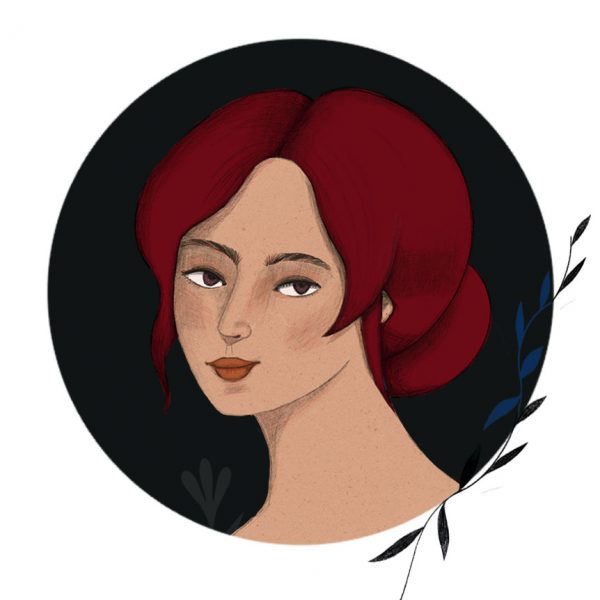
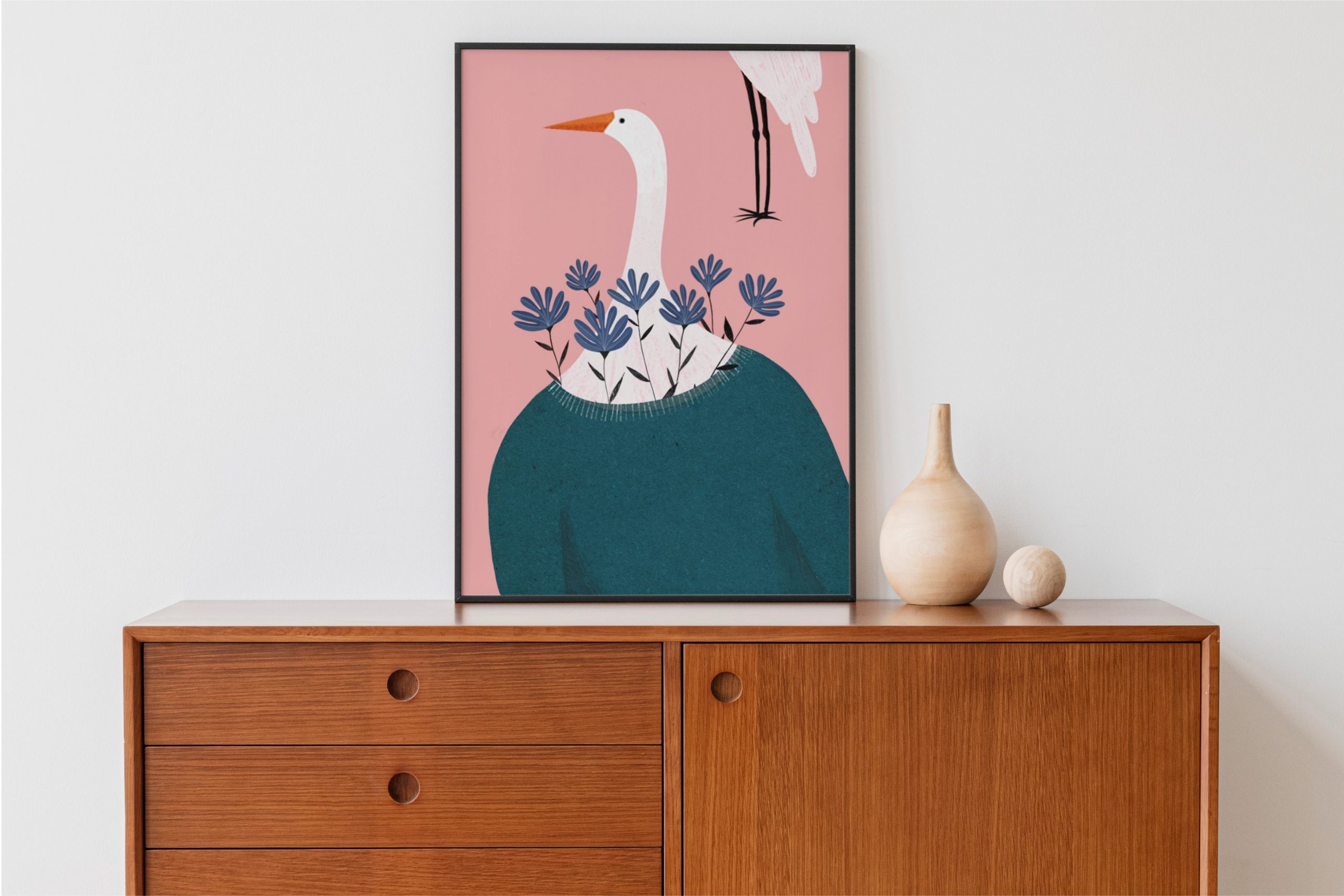
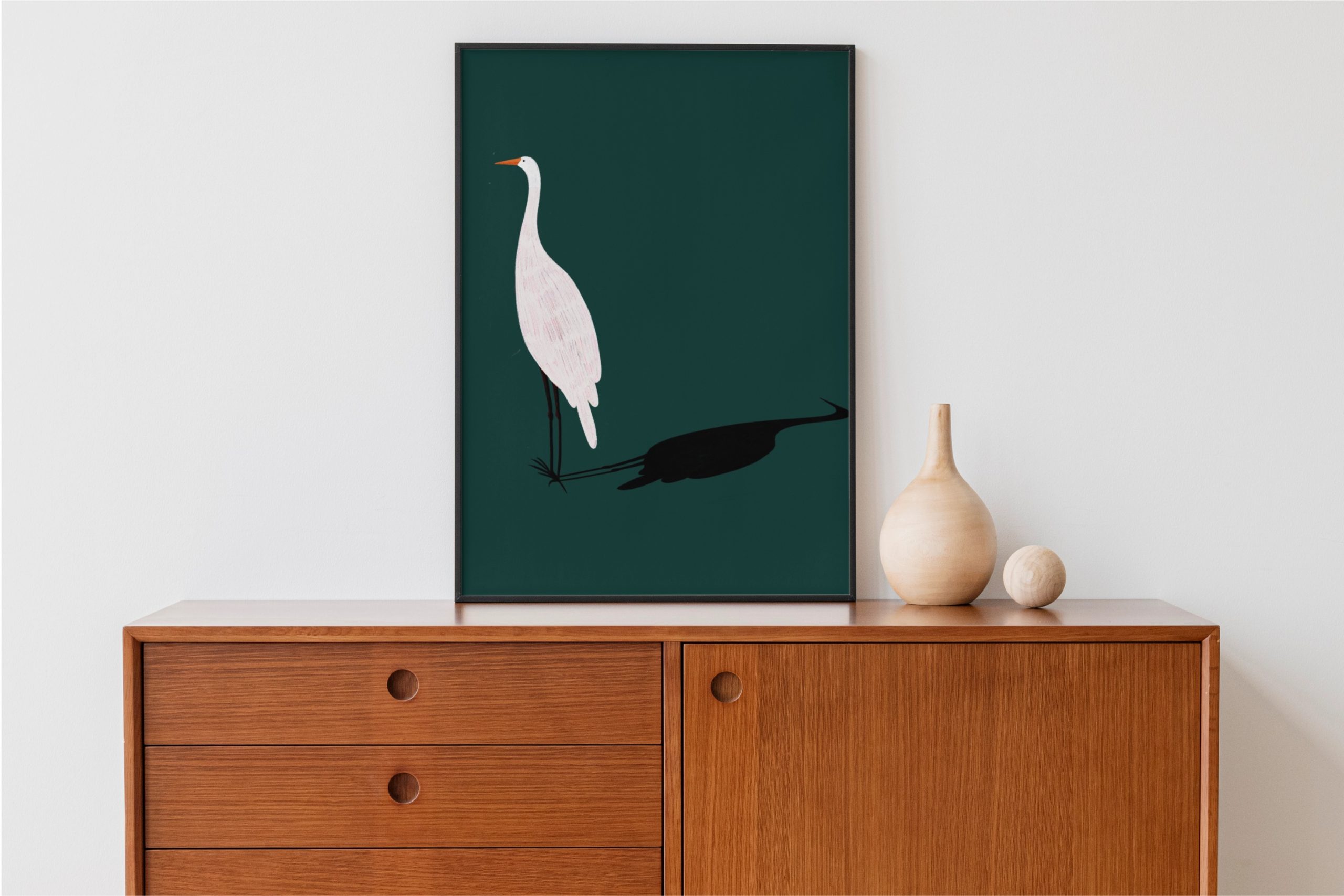
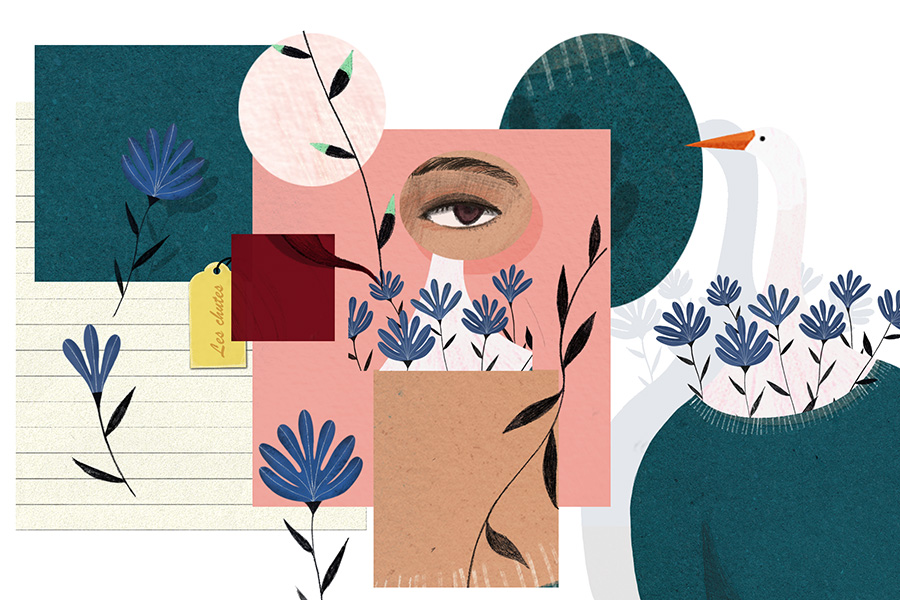
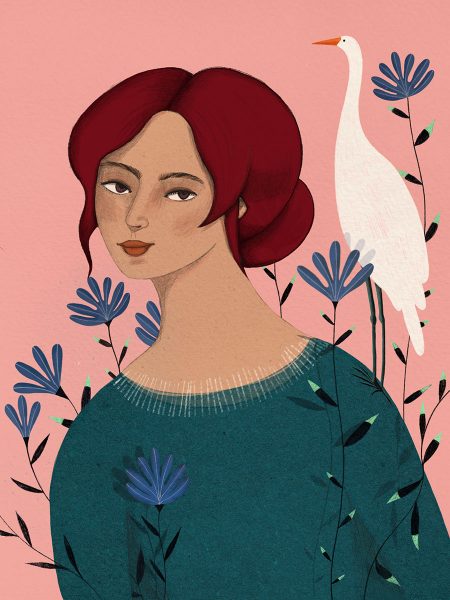
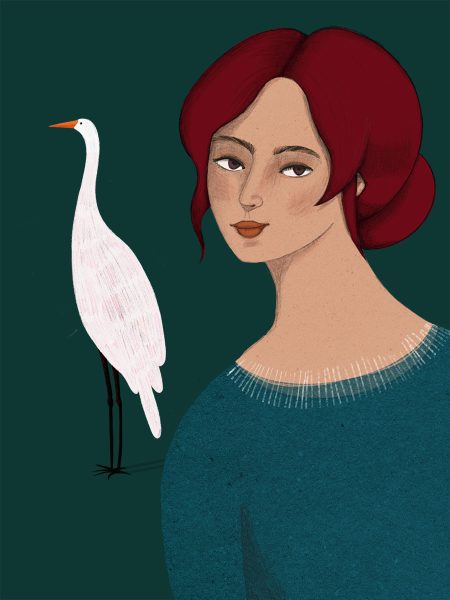
© all images are copyright of Isabelle Stolar
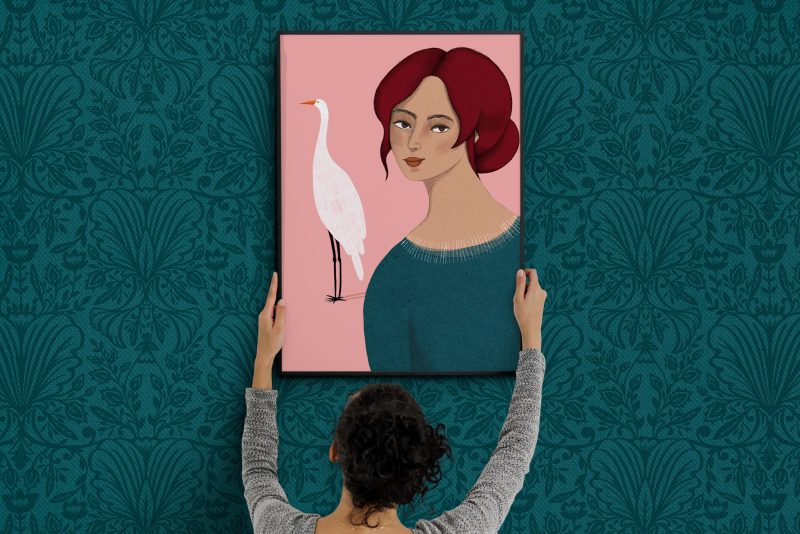
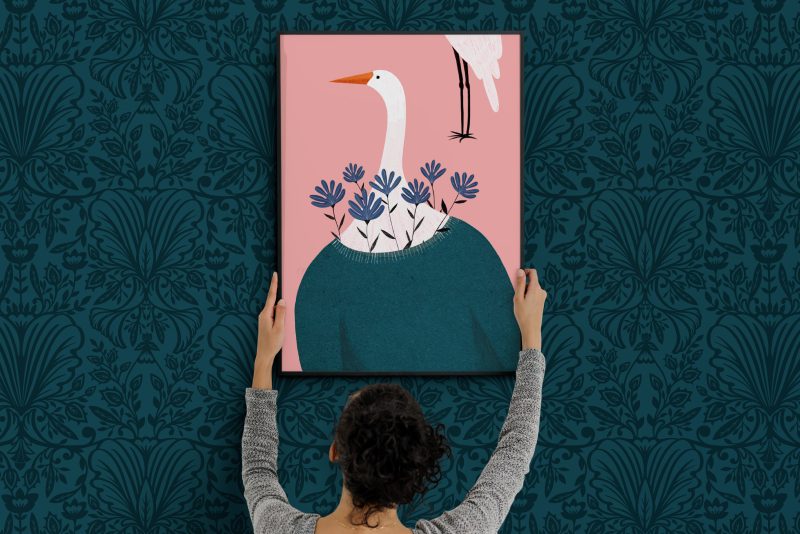
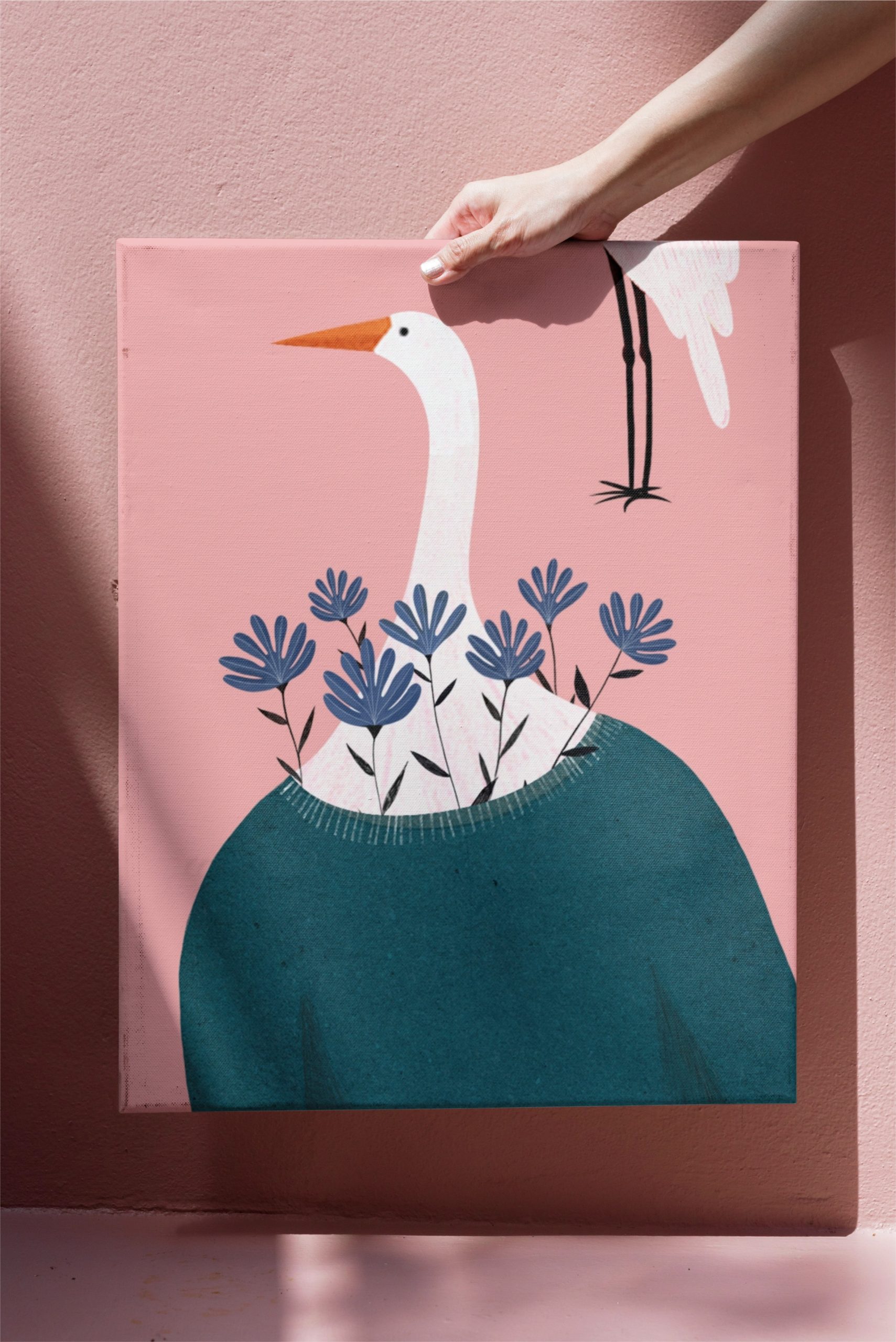
© all images are copyright of Isabelle Stolar
t
© all images are copyright of Isabelle Stolar